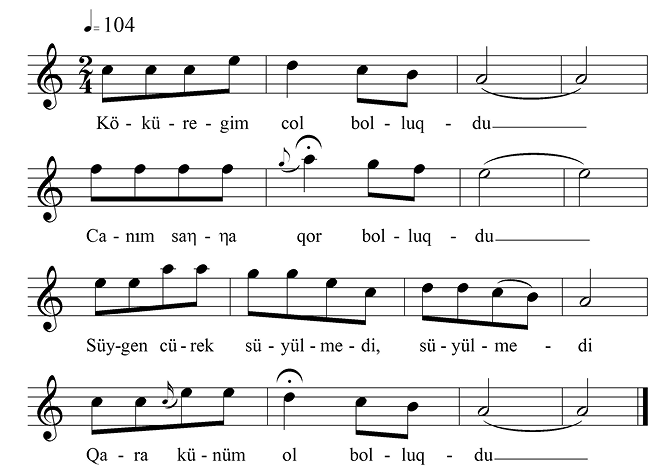- Karachay folk music
- Special tunes
- The classes of Karachay folk music
- Class 1: Rotating and plagal motion (№ 1−8)
- Class 2: One or two short lines and their variations with x(1)1 cadences (№ 9-37)
- Class 3: Four short lines with (1) main cadence (№ 38-53)
- Class 4: Four short lines with the first line ending on the key note, with a (pseudo) domed structure and 1(x)y cadences (№ 54−62)
- Class 5: Four short lines with (VII) main cadence (№ 63−70)
- Class 6: Four short lines with (2) and (b3) main cadences (№ 71−105)
- Class 7: Four short lines with (4/5) main cadences (№ 106−115)
- Class 8: Four short lines with (4/5) main cadence and a higher beginning (№ 116−138)
- Class 9: Four short lines with (7/8) main cadences (№ 139−145)
- Class 10: One- or two-lined tripodic tunes (№ 146–186)
- Class 11: Tunes with four tripodic lines (№ 187–199)
- Class 12: Jir tunes (№ 200–278)
- Class 13: Four long lines with arched (domed) structure (№ 279–287)
- Connections between Hungarian and Karachay folk music
5.Folksong Anthology
This section contains a representative selection from the studied 1200 tunes. The detailed description of the classes can be seen in the chapter “Karachay folk music”, but for easier orientation the musical criteria underlying the classification is also presented here in tabular form. The tunes are ranged into thirteen larger classes:
|
Class 1. |
Rotating or plagal motion |
№ 1−8 |
|
Class 2. |
One or two short lines and variants with x(1)1 cadences |
№ 9−37 |
|
Class 3. |
Four short lines with (1) main cadence |
№ 38−53 |
|
Class 4. |
Four short lines in (pseudo)domed form with 1(x)y cadences |
№ 54–62 |
|
Class 5. |
Four short lines with 1(VII)x cadences |
№ 63–70 |
|
Class 6. |
Four short lines with (2) and (b3) main cadences |
№ 71−105 |
|
Class 7. |
Four short low lines with (4/5) main cadences |
№ 106–115 |
|
Class 8. |
Four short lines with (4/5) main cadences and a higher start |
№ 116−138 |
|
Class 9. |
Four short lines with (7/8) main cadences |
№ 139−145 |
|
Class 10. |
One- or two-lined tripodic (archaic) tunes |
№ 146–186 |
|
Class 11. |
Four-lined tripodic tunes |
№ 187–199 |
|
Class 12. |
Jir tunes |
№ 200−278 |
|
Class 13. |
Four long lines in a recursive structure |
№ 279−287 |
The groups within the classes are the following:
|
Class 1: Rotating or plagal motion (№ 1–8)
|
|||||||
|
1.1. |
Rotating motion |
№ 1, 8 |
|||||
|
1.2. |
Plagal motion |
№ 2−7 |
|||||
|
Class 2: One or two short lines and variants with x(1)1 cadences (№ 9–37) |
|||||||
|
groups |
cadences |
scales with minor third |
examples |
scales with major third |
examples |
||
|
2.1. |
(1) |
№ 9−10 |
2.1a |
№ 11–12 |
2.1b |
||
|
2.2. |
(2) |
– |
− |
№ 13−19 |
2.2. |
||
|
2.3. |
(b3/3) |
№ 20−24 |
2.3a |
№ 25−29 |
2.3b |
||
|
2.4. |
(4) |
№ 30−33 |
2.4a |
№ 34 |
2.4b |
||
|
2.5. |
(5) |
№ 35−37 |
2.5. |
– |
– |
||
|
Class 3: Four short lines with (1) main cadence (№ 38–53) |
|||||||
|
groups |
cadences |
scales with minor third |
examples |
scales with major third |
examples |
||
|
3.1. |
b3 |
(1) |
2/4 |
№ 38–42 |
3.1. |
№ 4921 |
|
|
3.2. |
4 |
(1) |
2/4 |
№ 43–44 |
3.2. |
№ 50–51 |
|
|
3.3. |
5 |
(1) |
x |
№ 45–48 |
3.3. |
№ 52–5322 |
3.4. |
|
Class 4: Four short lines in (pseudo)domed form with 1(x)y cadences (№ 54–62) |
|||||||
|
groups |
cadences |
scales with minor third |
examples |
scales with major third |
examples |
||
|
4.1. |
1 |
(2) |
1/VII |
№ 54 |
4.1. |
№ 60 |
|
|
4.2. |
1 |
(b3) |
1 |
№ 55–56 |
4.2. |
– |
|
|
4.3. |
1 |
(4) |
x |
№ 57 |
4.3. |
№ 61 |
|
|
4.4. |
1 |
(5) |
1 |
№ 58–59 |
4.4. |
№ 6223 |
|
|
4.5. |
1 |
(5) |
4 |
– |
– |
– |
|
|
Class 5: Four short lines with (VII) main cadence (№ 63–70) |
|||||||
|
groups |
cadences |
scales with minor third |
examples |
scales with major third |
examples |
||
|
5.1. |
1 |
(VII) |
VII |
№ 63–65 |
5.1. |
– |
– |
|
5.2. |
5 |
(VII) |
4 |
№ 66–67 |
5.2. |
– |
– |
|
5.3. |
unique |
№ 68–70 |
|||||
|
Class 6: Four short lines with (2) and (b3) main cadences (№ 71–105) |
|||||||
|
groups |
cadences |
scales with minor third |
examples |
scales with major third |
examples |
||
|
6.1a |
2/b3 |
(2) |
2 |
№ 71–74 |
6.1. |
||
|
6.1b |
4 |
(2) |
2/b3 |
№ 75–77 |
|||
|
6.1c |
5 |
(2) |
x |
№ 78–81 |
|||
|
6.2. |
b/4 |
b3/4 |
b3 |
№ 82–83 |
6.2. |
||
|
6.3. |
4 |
(b3) |
2/1 |
№ 84–88 |
6.3. |
||
|
6.4. |
4 |
(b3) |
b3 |
№ 89 |
6.4. |
||
|
6.5. |
5 |
(b3) |
b3/1 |
№ 90–95 |
6.5. |
||
|
6.6. |
5 |
(b3) |
b3/1 |
№ 96–98 |
6.6. |
||
|
6.7. |
7/8 |
(b3/2) |
1/4 |
№ 99–102 |
6.7. |
№ 103–105 |
|
|
Class 7: Four short low lines with (4/5) main cadences (№ 106–115) |
|||||||
|
groups |
cadences |
scales with minor third |
examples |
scales with major third |
examples |
||
|
7.1. |
b |
4/5 |
b3 |
№ 106 |
7.1. |
||
|
7.2. |
5/4 |
4 |
1/b3 |
№ 112–113 |
7.2. |
||
|
7.3. |
5 |
4 |
4/2 |
№ 108 |
7.3. |
№ 114 |
|
|
7.4. |
5 |
5 |
b3/4/5 |
№ 107, 110, 111 |
7.4. |
||
|
7.5. |
4 |
5 |
x |
№ 109 |
7.5. |
№ 115 |
|
|
Class 8: Four short lines with (4/5) main cadences and a higher start (№ 116–138) |
|||||||
|
groups |
cadences |
scales with minor third |
examples |
scales with major third |
examples |
||
|
8.1. |
5 |
4 |
b3/6 |
№ 116−117 |
8.1a |
№ 128 |
8.1b |
|
8.2. |
4 |
4/5 |
x |
№ 118−119 |
8.2a |
№ 129−132 |
8.2b |
|
8.3. |
5 |
5 |
1/2 |
№ 120−125 |
8.3a |
№ 133 |
8.3b |
|
8.4. |
#6 |
5 |
4/5 |
− |
− |
№ 134−135 |
8.4. |
|
8.5. |
8 |
4 |
x |
№ 126 |
− |
№ 136−138 |
8.5. |
|
8.6. |
7 |
5 |
b3 |
№ 127 |
8.6. |
− |
|
|
Class 9: Four short lines with (7/8) main cadences (№ 139–145) |
|||||||
|
groups |
cadences |
scales with minor third |
examples |
scales with major third |
examples |
||
|
9.1. |
5 |
7 |
5 |
№ 139 |
9.1. |
№ 145 |
|
|
9.2. |
7/8 |
7/8 |
x |
№ 140−144 |
9.2. |
− |
|
|
Class 10: One- or two-lined tripodic (archaic) tunes (№ 146–186) |
|||||||
|
groups |
cadences |
scales with minor third |
examples |
scales with major third |
examples |
||
|
10.1. |
(VII) |
№ 146 |
|||||
|
10.2. |
1/2 |
(1) |
b3/4 |
№ 147–149 |
10.1. |
№ 163–16924 |
10.2. |
|
10.3. |
(2) |
– |
– |
№ 170–179 |
10.3. |
||
|
10.4. |
(b3/3) |
№ 150–15625 |
10.4. |
№ 180–181 |
|||
|
10.5. |
(4) |
№ 157–158 |
10.5a |
№ 182–184 |
10.5b |
||
|
10.6. |
(5) |
№ 159–16126 |
10.6. |
№ 185 |
|||
|
10.7. |
(7) |
№ 162 |
№ 18627 |
||||
|
Class 11: Four-lined tripodic tunes (№ 187–199) |
|||||||
|
groups |
cadences |
scales with minor third |
examples |
scales with major third |
examples |
||
|
11.1. |
5/7 |
(b3) |
4 |
№ 187 |
11.1. |
– |
– |
|
11.2.28 |
5 |
(4) |
b3/1 |
11.2.45 |
№ 197 |
||
|
11.3 |
5 |
(4) |
4/5 |
№ 188–189 |
11.3. |
– |
– |
|
11.4. |
8 |
(4) |
4 |
№ 190 |
№ 198 |
– |
|
|
11.5. |
5 |
(5) |
x |
№ 191–195 |
11.4. |
№ 19929 |
|
|
11.6. |
7 |
(5) |
b3 |
№ 196 |
– |
– |
|
|
Class 12: Jir tunes (№ 200–278) |
|||||||
|
groups |
cadences |
scales with minor third |
examples |
scales with major third |
examples |
||
|
12.1. |
4/5 |
1 |
4/5 |
№ 200–203 |
12.1. |
||
|
12.2. |
1 |
5 |
1 |
№ 204–205* |
12.2. |
№ 207 |
|
|
12.3. |
1 |
4/5 |
1 |
№ 206–214** |
12.3a |
№ 210–214 |
12.3b |
|
12.4. |
(b)3 |
4/5 |
№ 215–216 |
12.4a |
№ 217–21930 |
12.4b |
|
|
12.5. |
4/5 |
4/5 |
№ 220–221* |
12.5a |
№ 222–224 |
12.5b |
|
|
12.6. |
4/5 |
4/5 |
№ 225–229** |
12.6a |
№ 230–234 |
12.6b |
|
|
12.7. |
4/5 |
4/5 |
№ 235–243 two small hills in line 1 |
12.7a |
№ 244–245 |
12.7b |
|
|
12.8. |
4/5 |
4/5 |
№ 246–253 tall hill |
12.8a |
№ 254–255 |
12.8b |
|
|
12.9. |
4/5 |
4/5 |
№ 256–266 descending from high |
12.9a |
№ 267–276 |
12.9b |
|
|
12.10. |
Spec. |
№ 277–278 |
|||||
|
Class 13: Four long lines with recursive (domed) structure (№ 279–287) |
|||||||
|
groups |
cadences |
scales with minor third |
examples |
scales with major third |
examples |
||
|
13.1. |
1 |
(4) |
b3/4 |
№ 279–280 |
|||
|
13.2. |
1 |
(5) |
2 |
№ 281 |
|||
|
13.3. |
1 |
(5) |
4 |
№ 282 |
|||
|
13.4. |
1 |
(5) |
5 |
№ 283–285 |
|||
|
13. spec. |
1 |
(5) |
VII |
№ 286 |
|||
|
13. spec. |
1 |
(5) |
1 |
№ 287 |
|||
|
13. spec. |
V |
(5) |
b3 |
13 |
|||
* Descending in the middle of line 1.
** Line 1 is rising or hill-shaped.
21 3(1)VII cadences.
22 № 53: #6(1)3.
23 with 1(5)3 cadences.
24 Kanamat, lament, orayda. I ranged here tunes with 1(1)x cadences as well.
25 Various melody outlines, oldish stratum, sometimes a jump down to E, occurs. № 150 can be interpreted with (2) main cadence and with 2(1)b3 cadences.
26 Variants of a melody, the pertinent tunes with (7) main cadence also subsumed here.
27 (#6) main cadence!!
28 Variants with (8) of a melody.
29 With 4(5)2 cadences.
30 № 219: 2(5)2.
Class 1: Rotating and plagal motion (№ 1−8)
№ 1
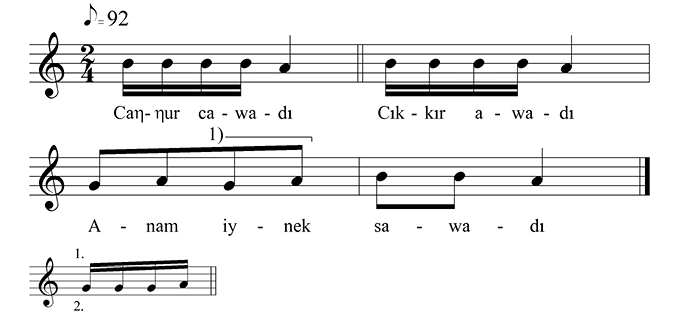
№ 2
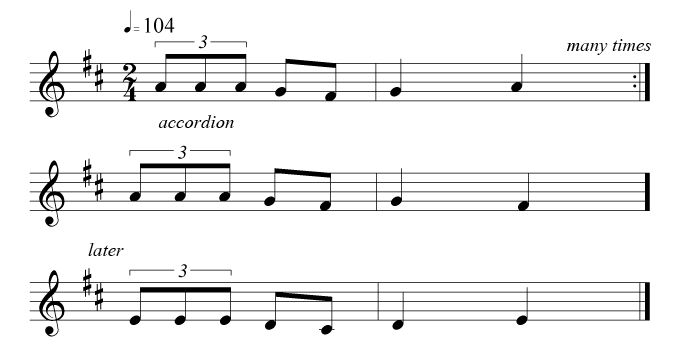
№ 3
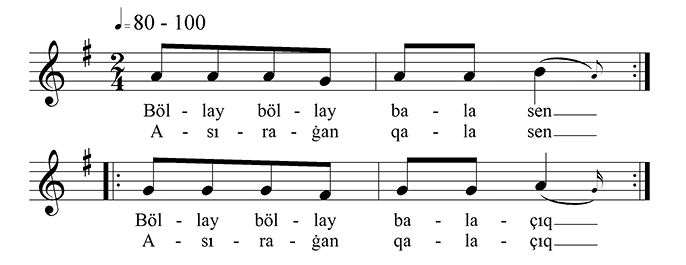
№ 4
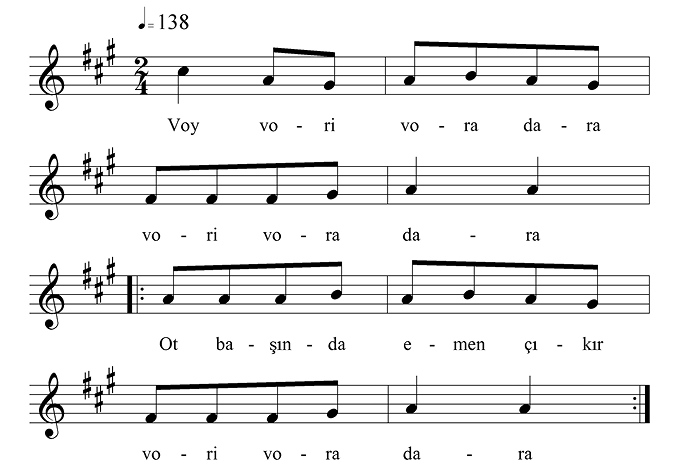
№ 5
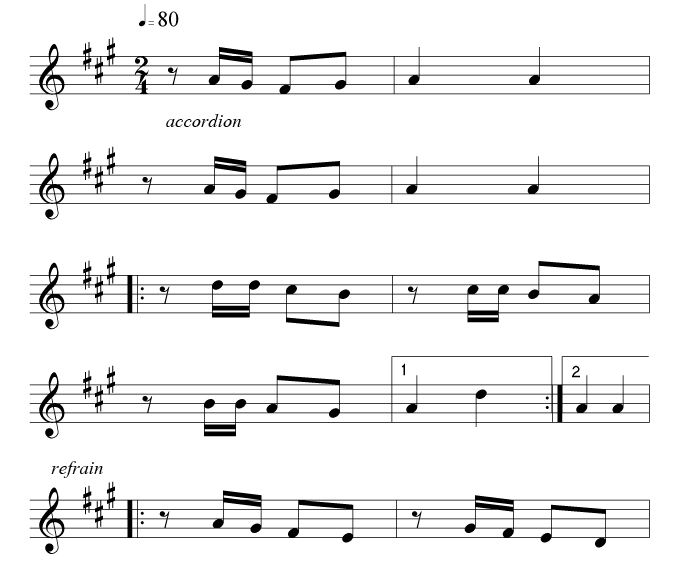
№ 6
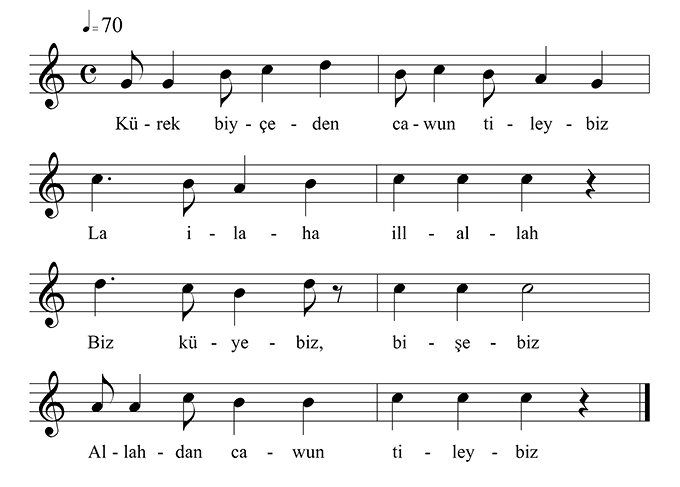
№ 7
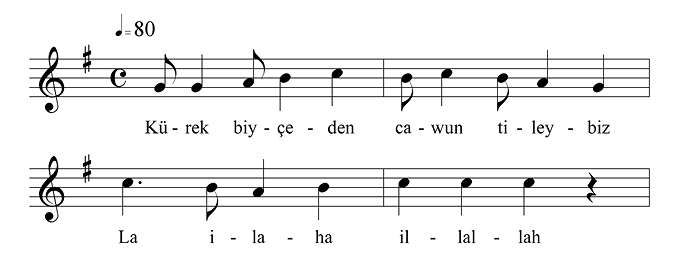
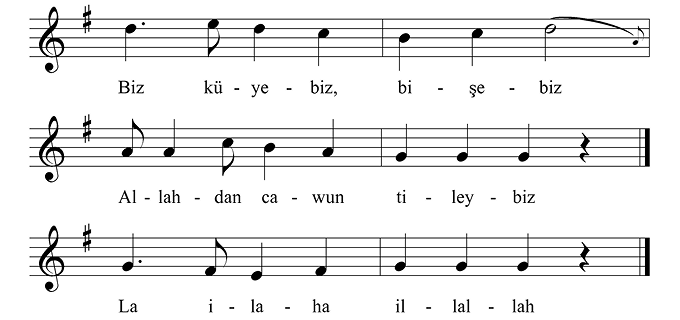
№ 8
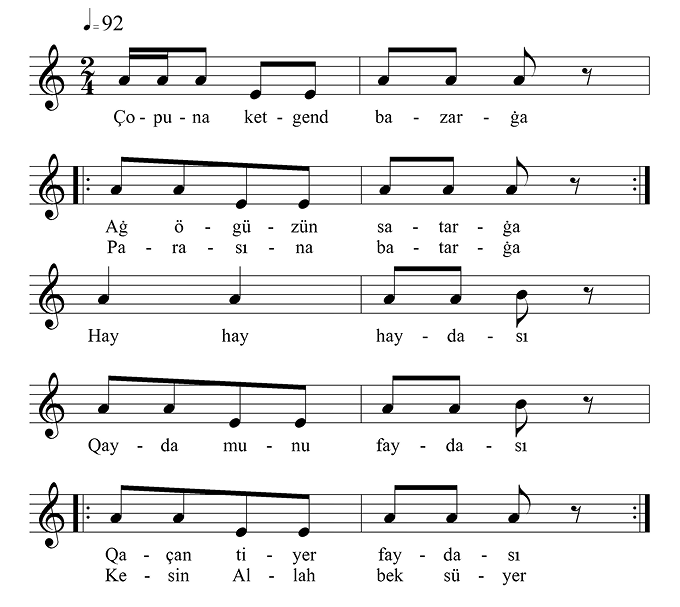
Class 2: One or two short lines and their variations (№ 9-37)
№ 9
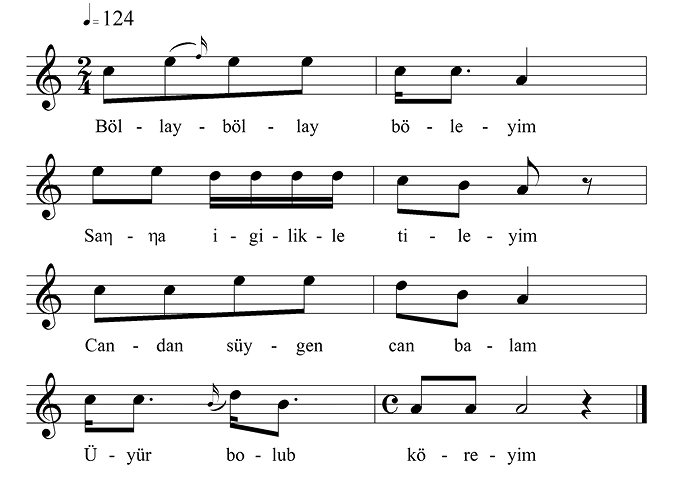
№ 10
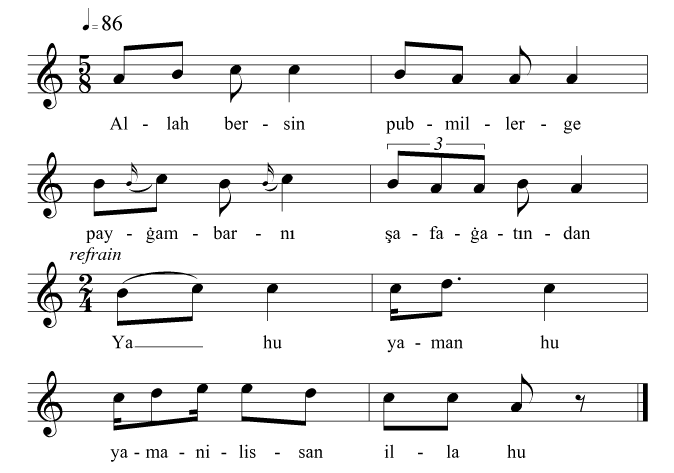
№ 11
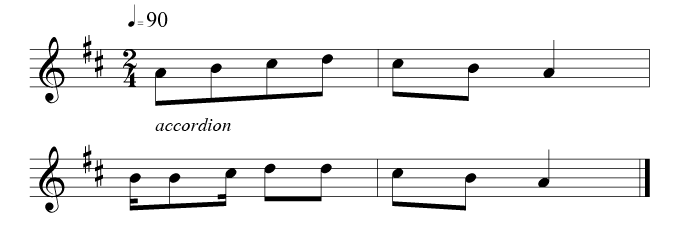
№ 12
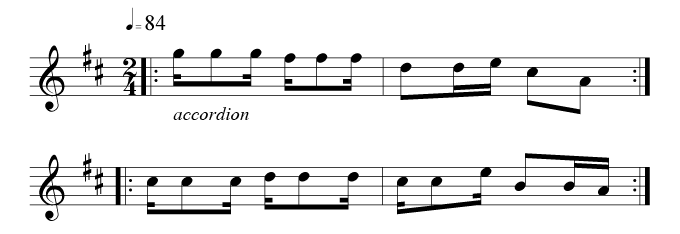
№ 13
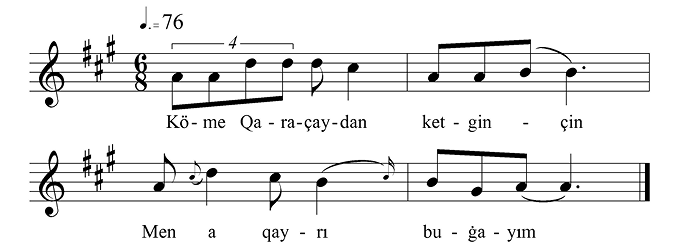
№ 14
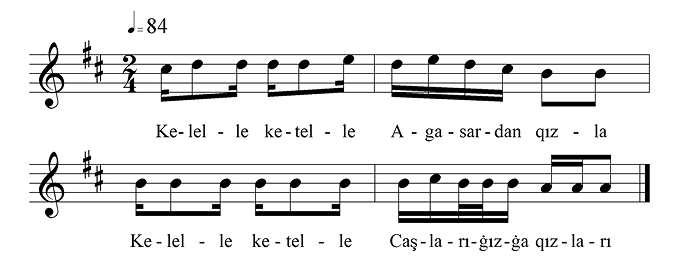
№ 15
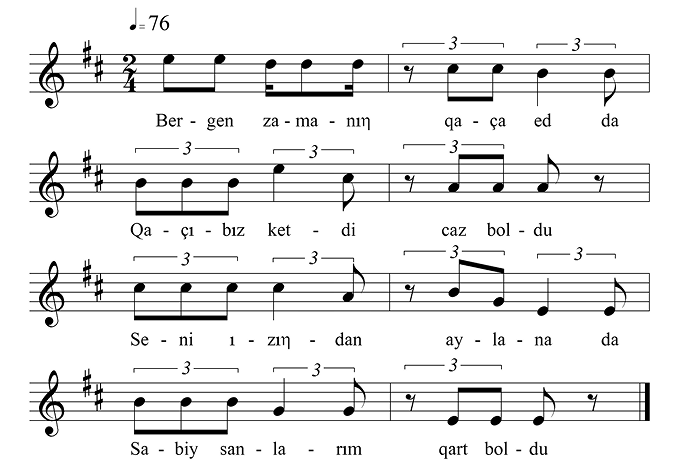
№ 16
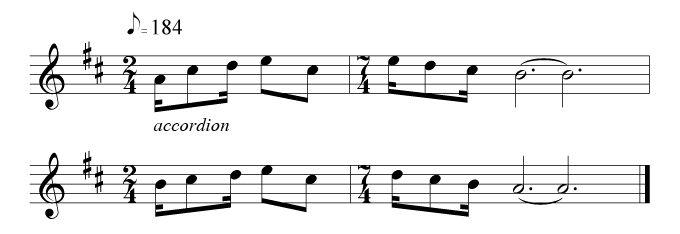
№ 17
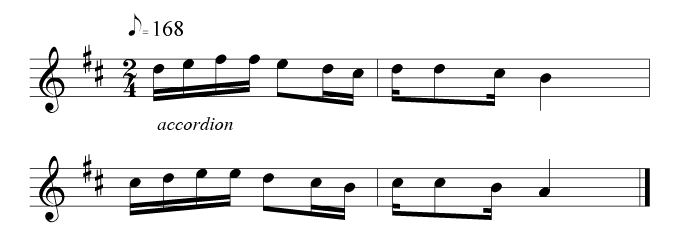
№ 18
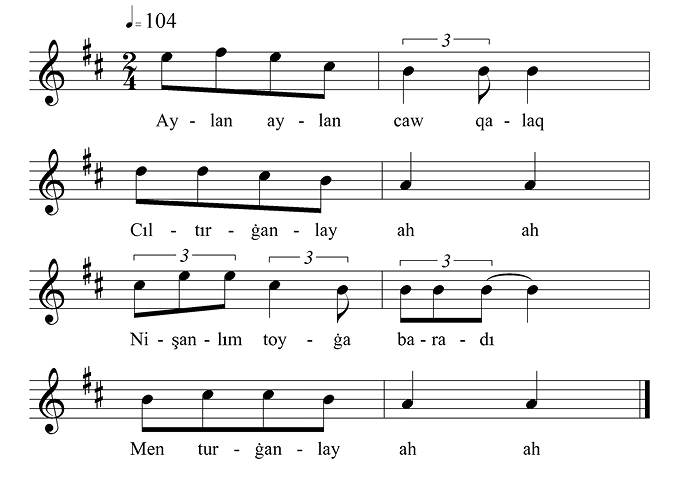
№ 19
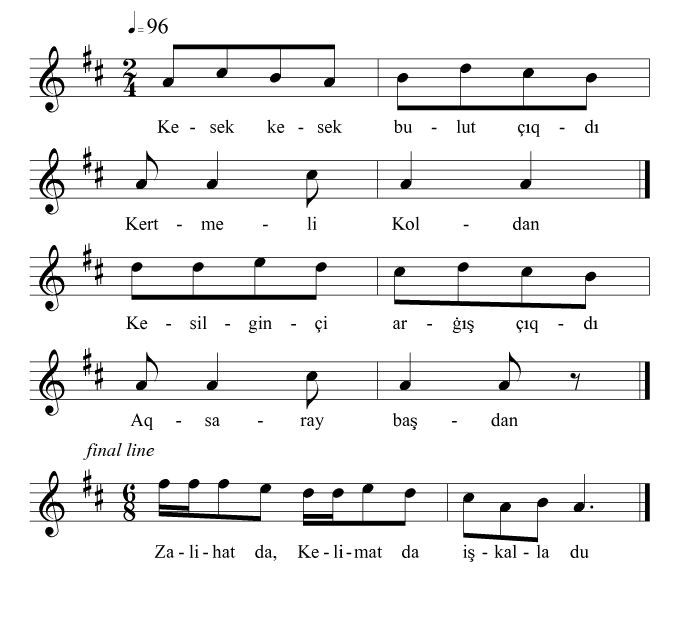
№ 20

№ 21

№ 22

№ 23
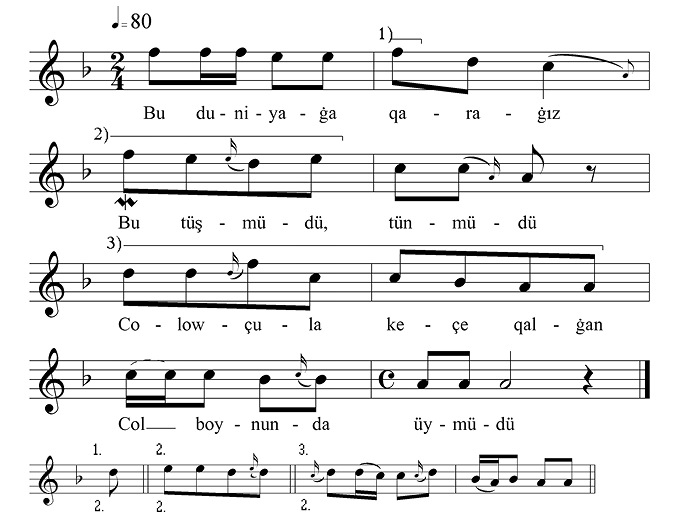
№ 24
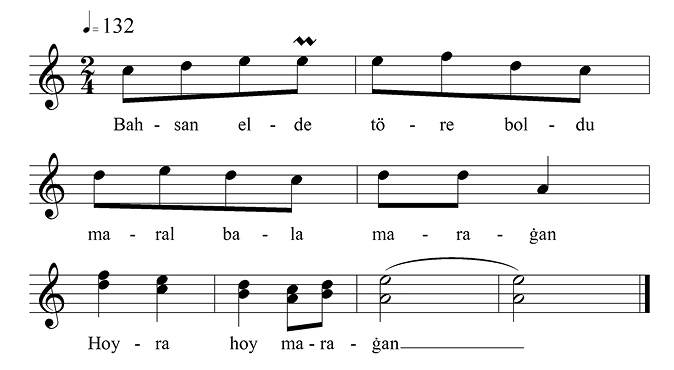
№ 25
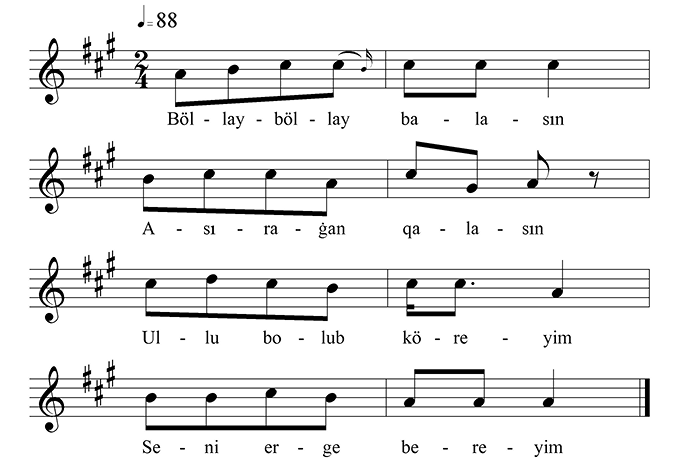
№ 26
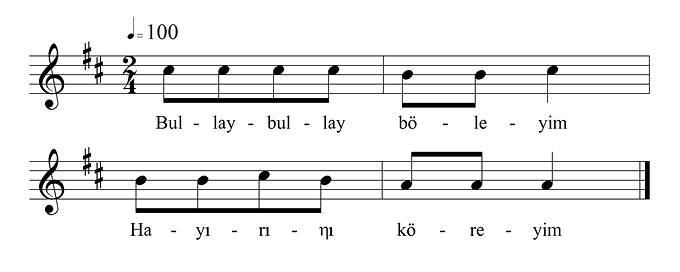
№ 27
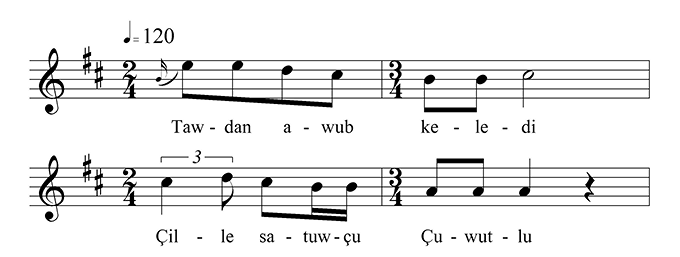

№ 28
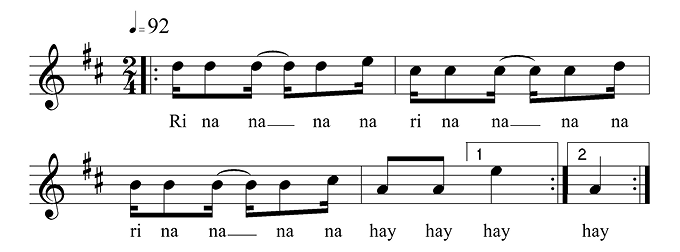
№ 29
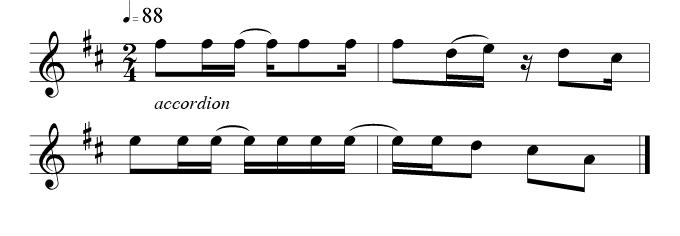
№ 30
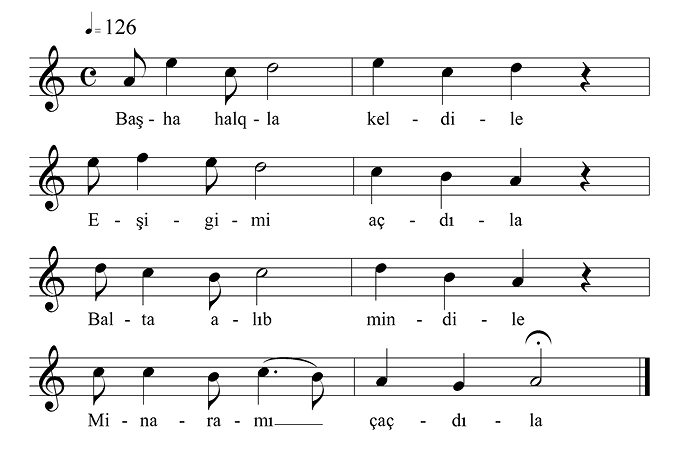
№ 31
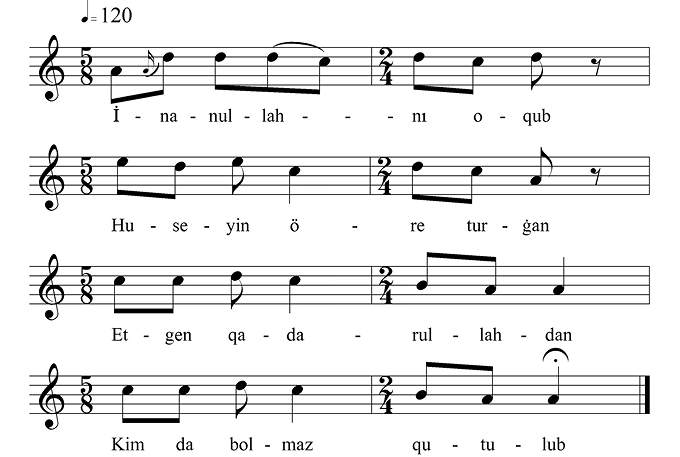
№ 32
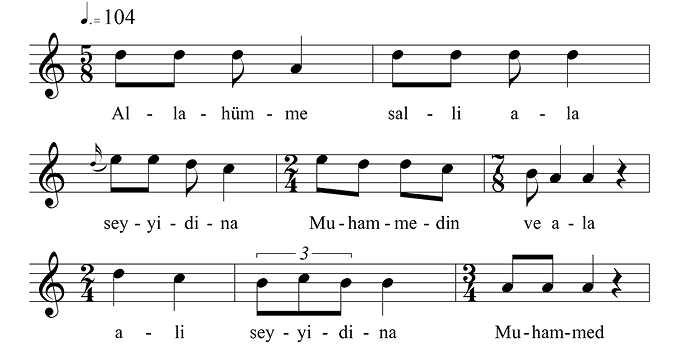
№ 33
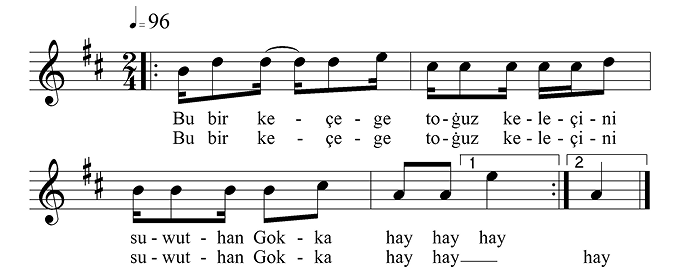

№ 34

№ 35
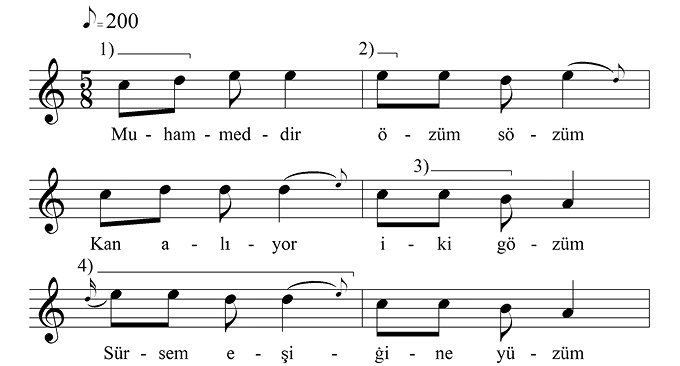
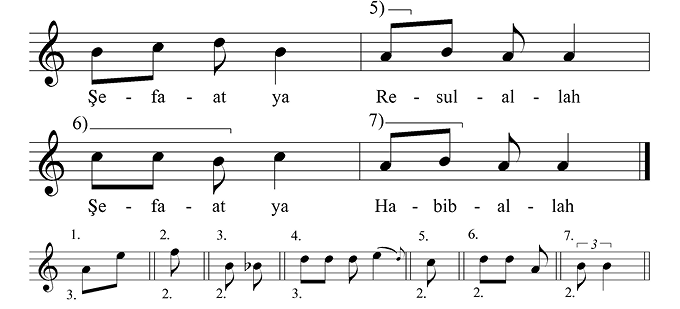
№ 36
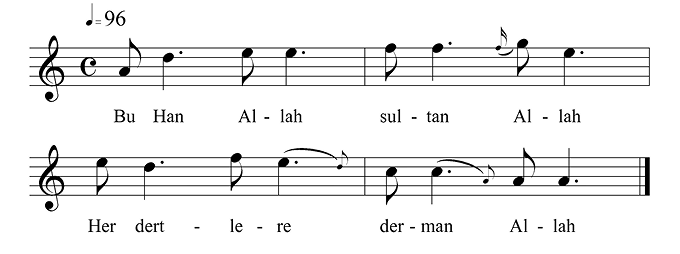
№ 37
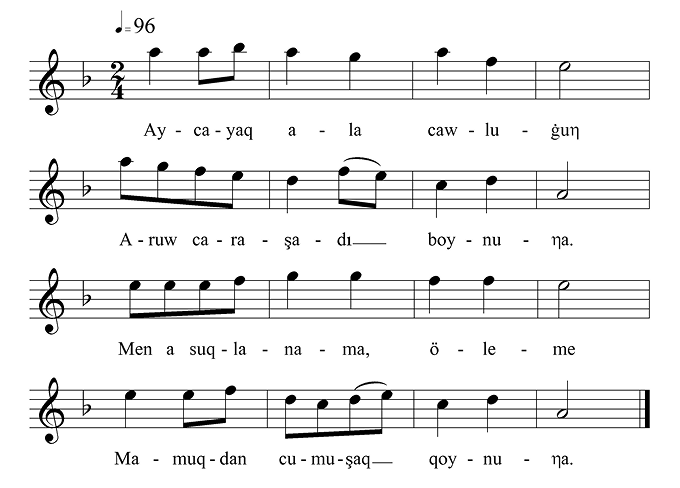
Class 3: Four short lines with (1) main cadence (№ 38-53)
№ 38
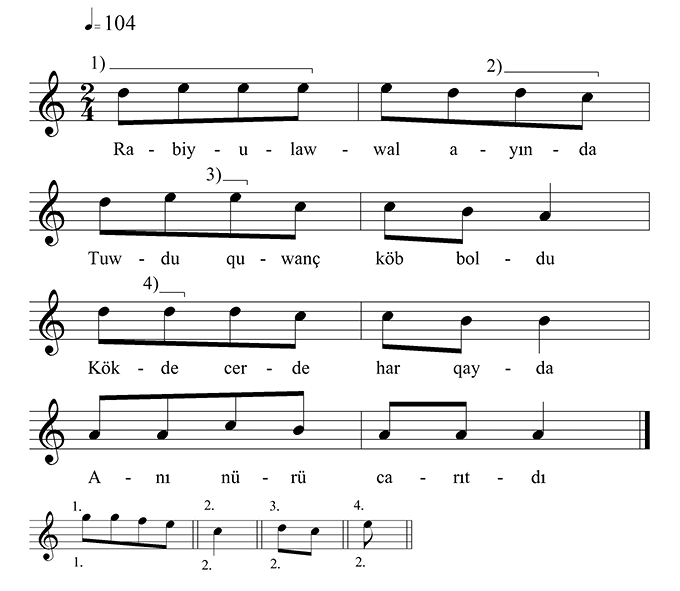
№ 39
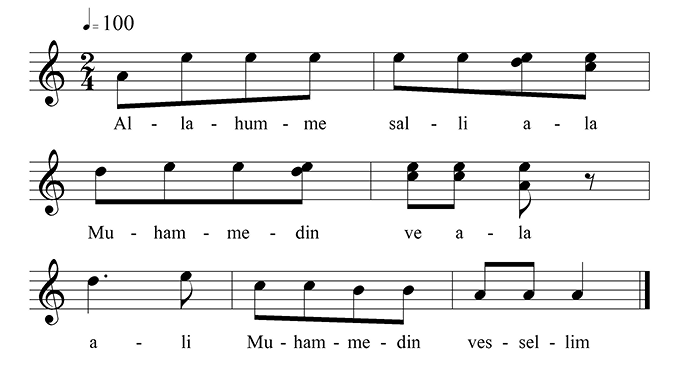
№ 40
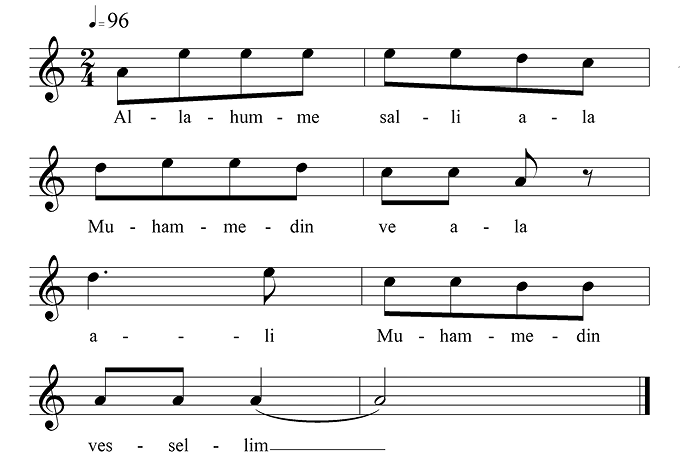
№ 41
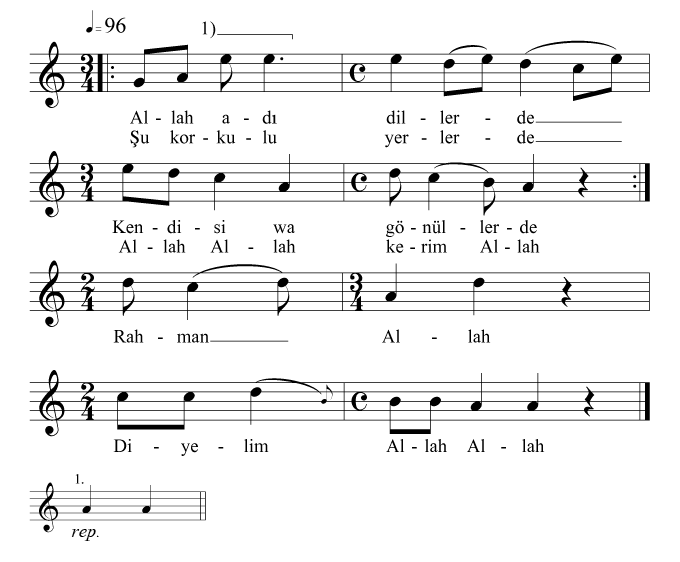
№ 42
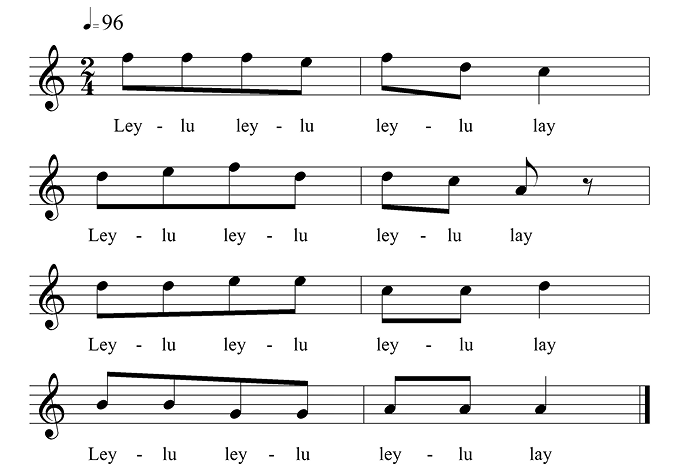
№ 43
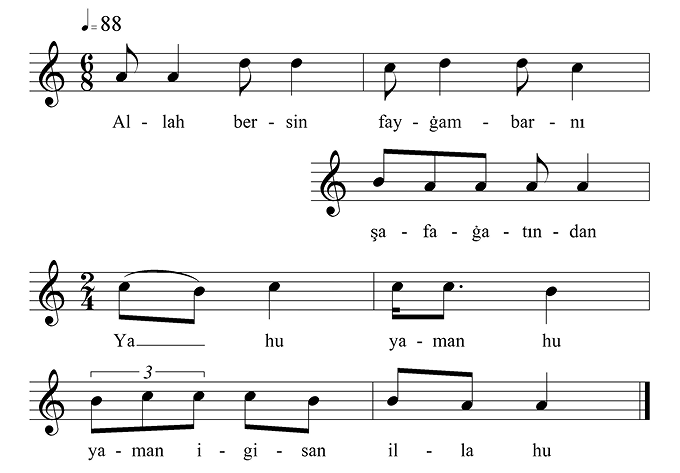
№ 44
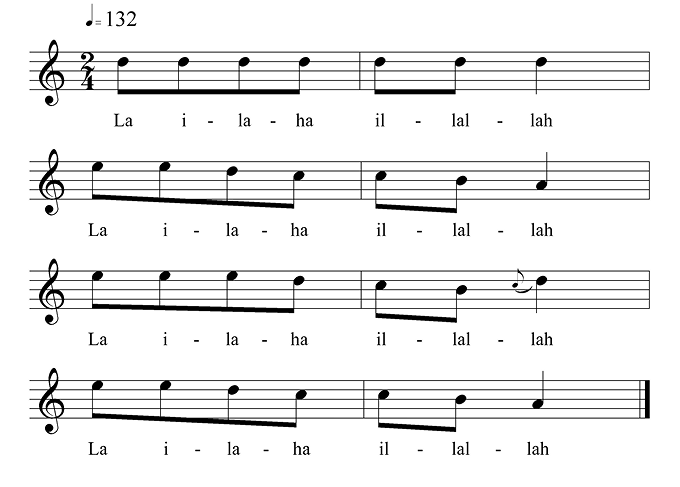
№ 45
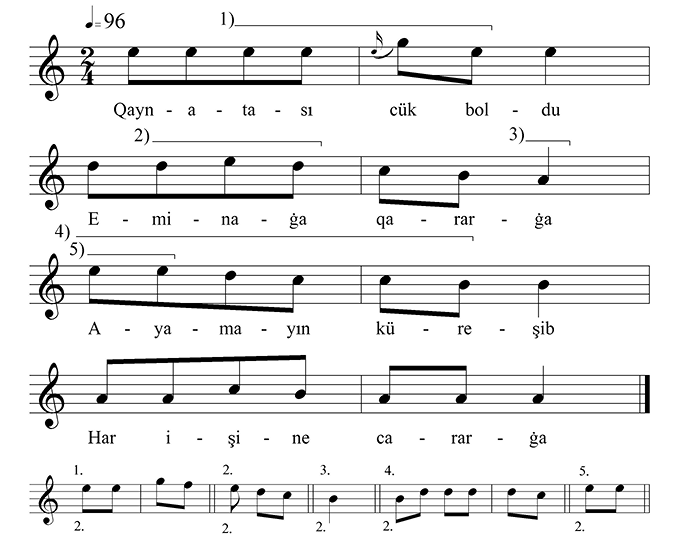
№ 46
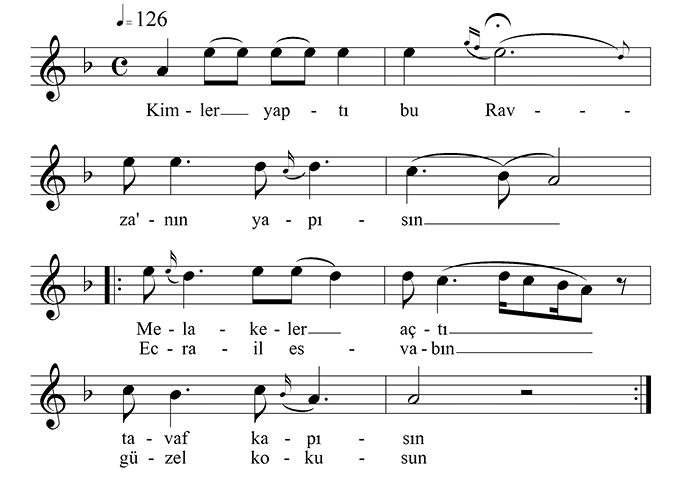
№ 47
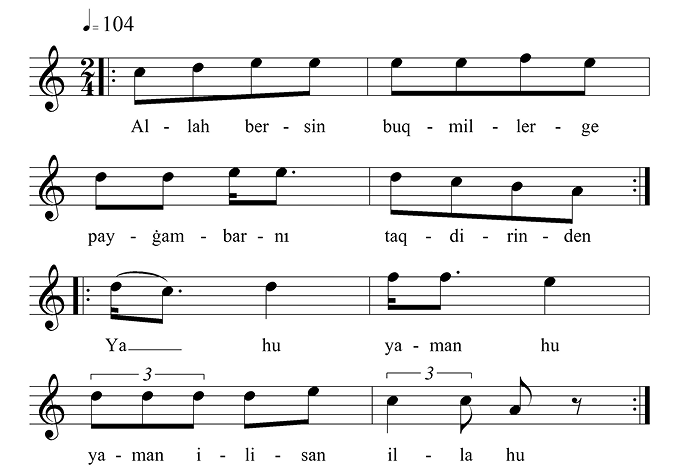
№ 48
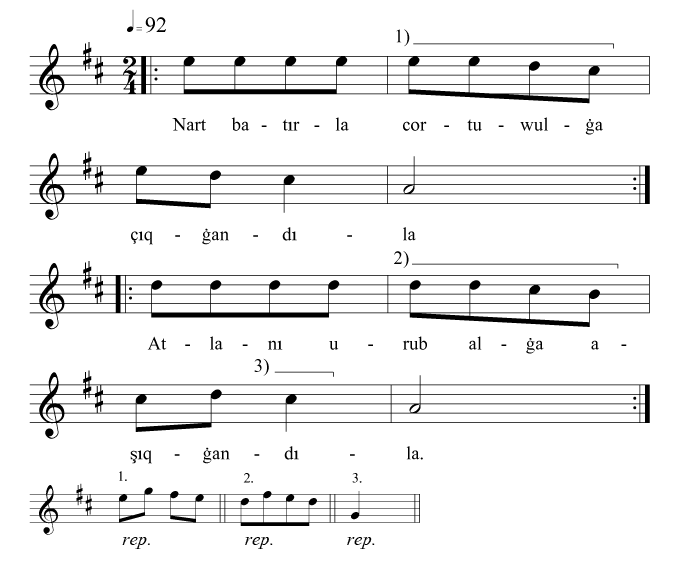
№ 49
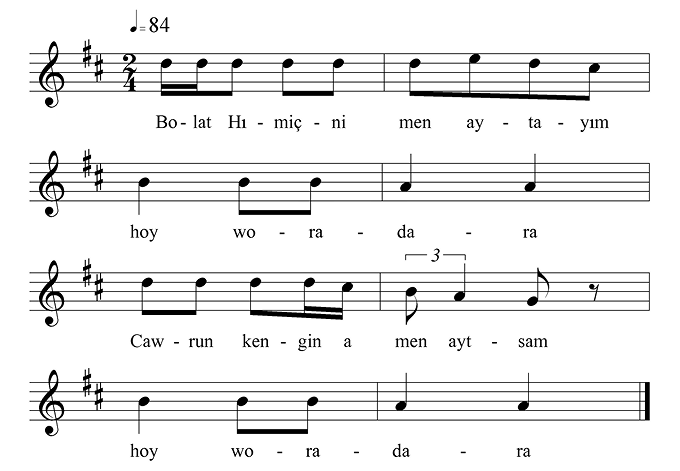
№ 50
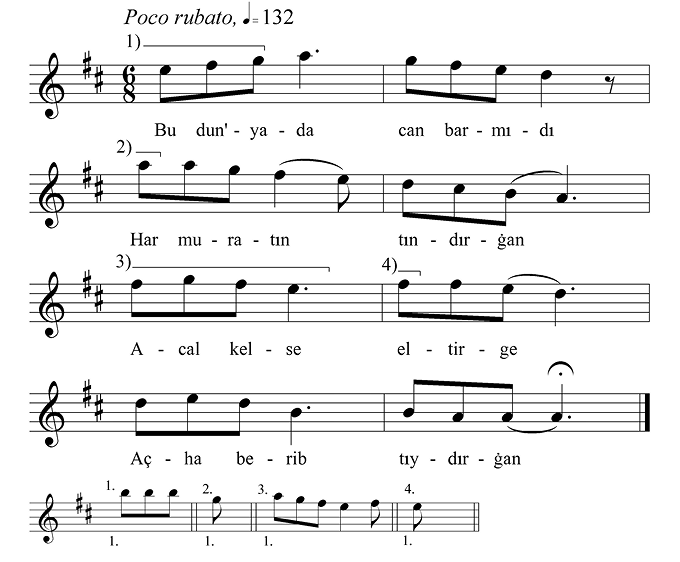
№ 51
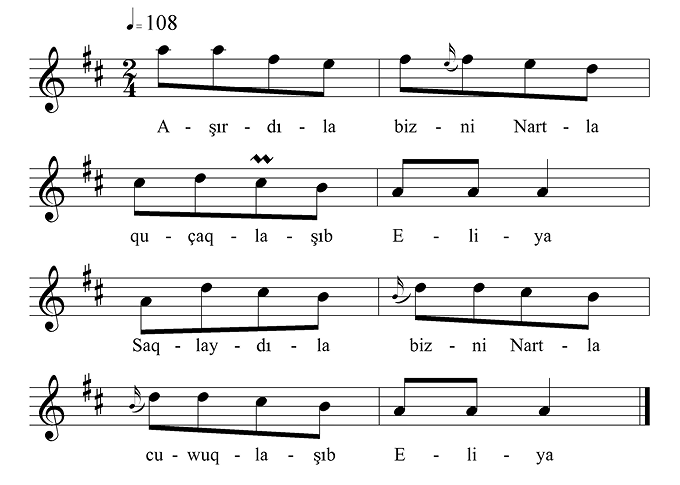
№ 52
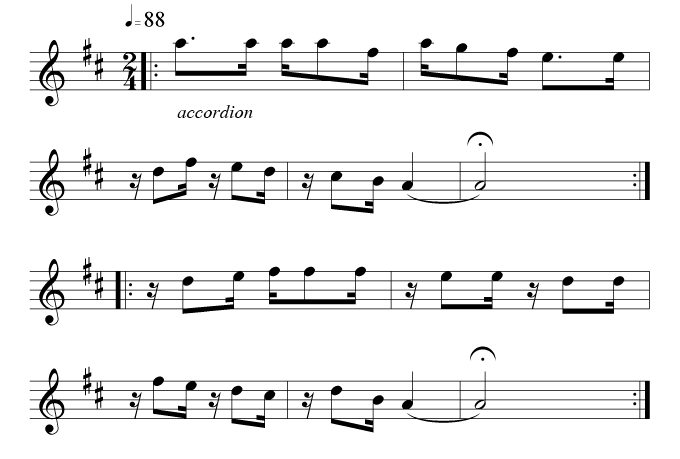
№ 53
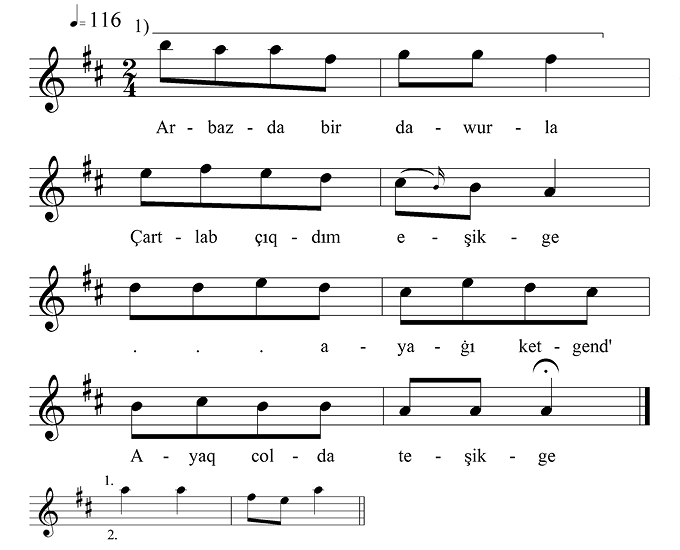
Class 4: Four short lines in domed form with 1(x)y cadences (№ 54−62)
№ 54
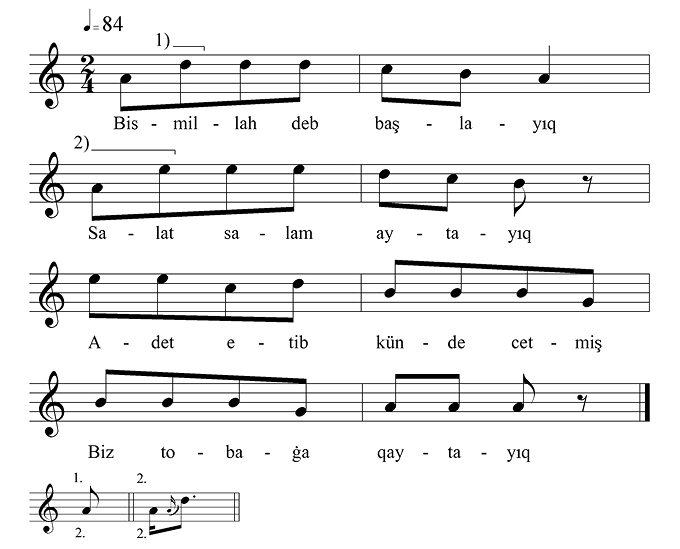
№ 55
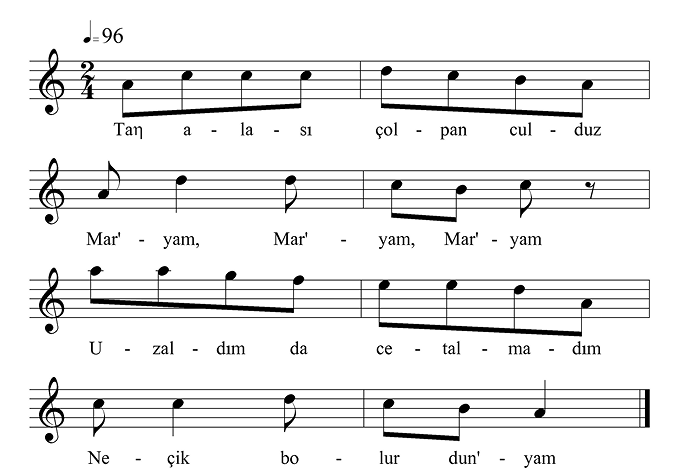
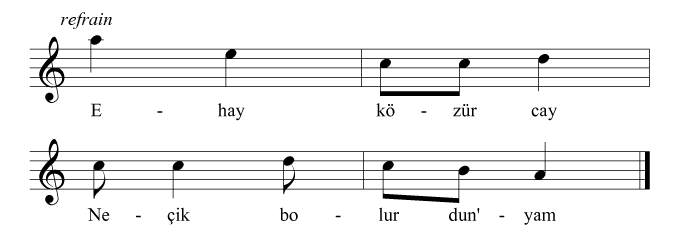
№ 56
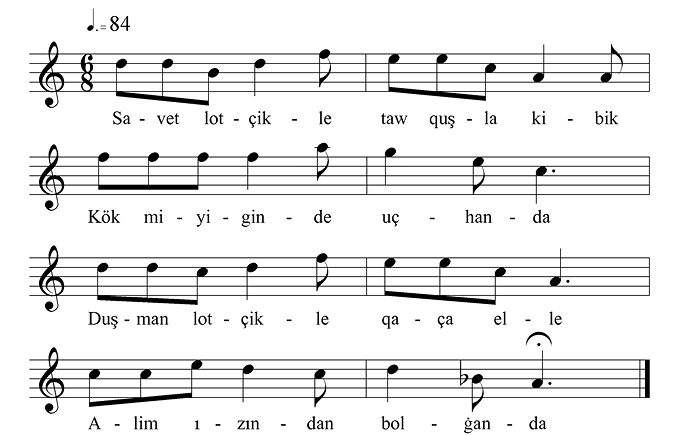
№ 57
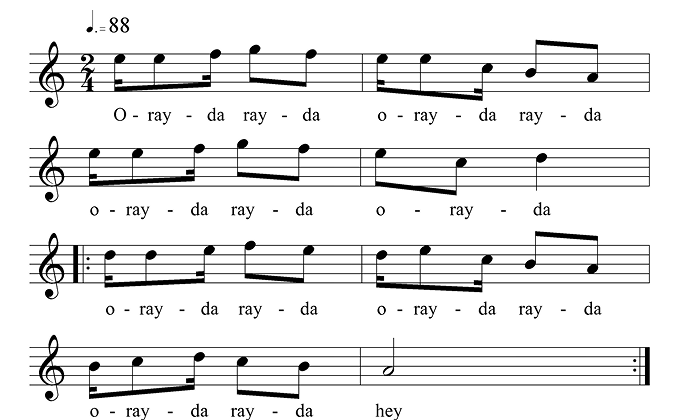
№ 58
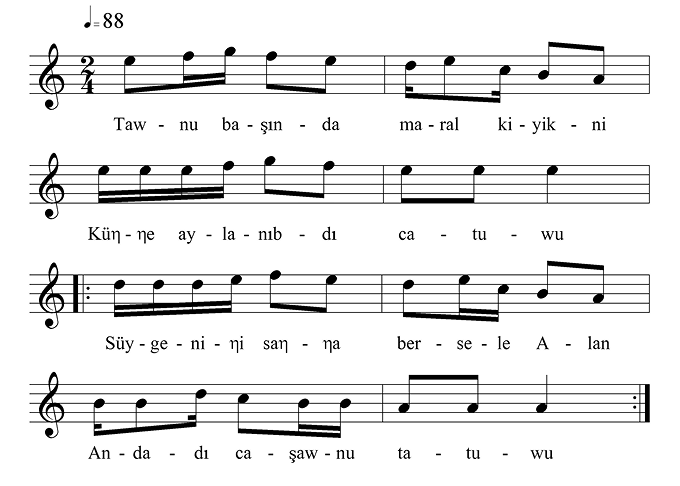
№ 59
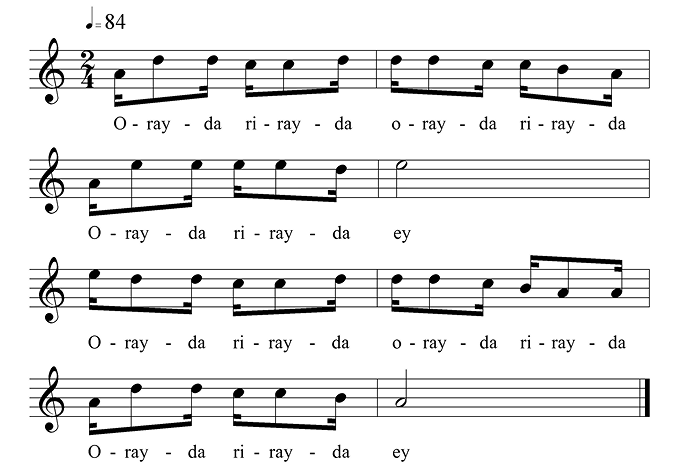
№ 60
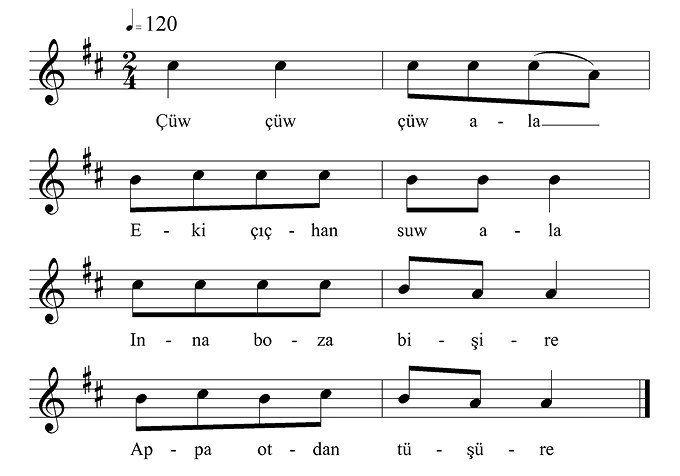
№ 61
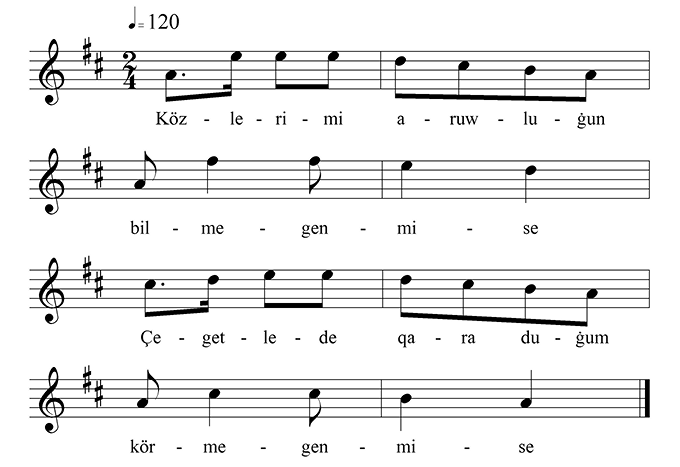
№ 62
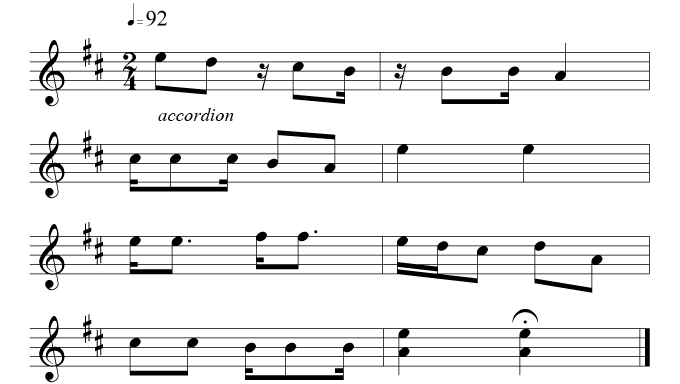
Class 5: Four short lines with (VII) main cadence (№ 63−70)
№ 63
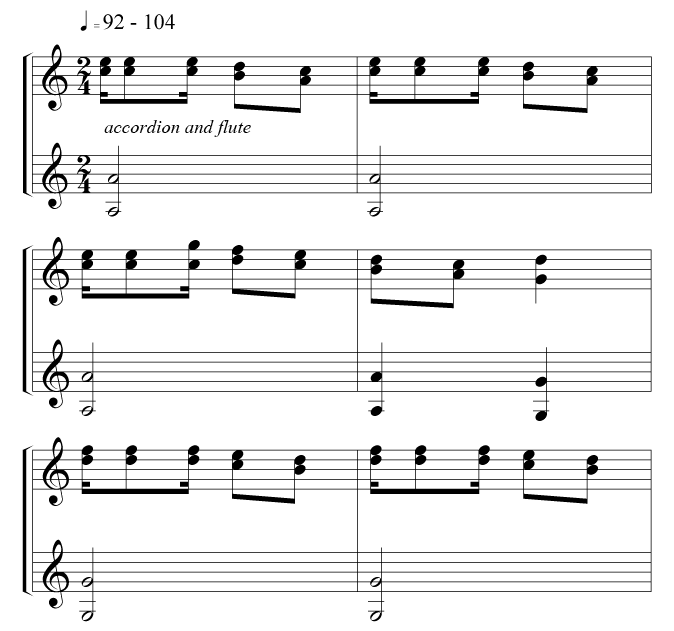

№ 64
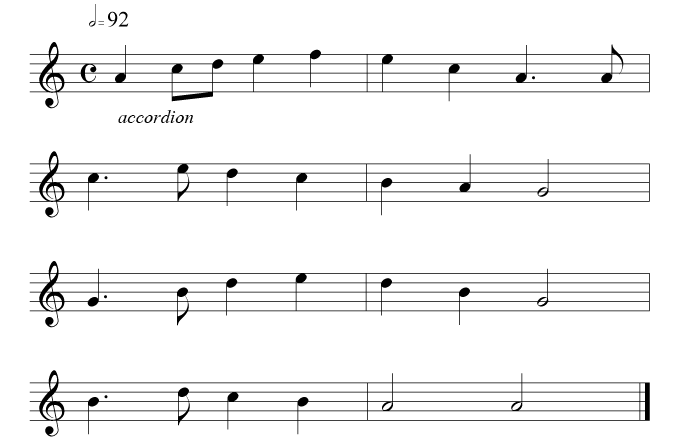
№ 65
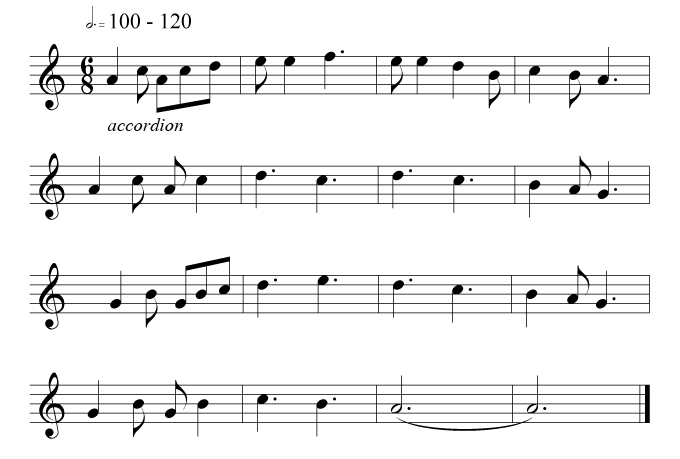
№ 66

№ 67
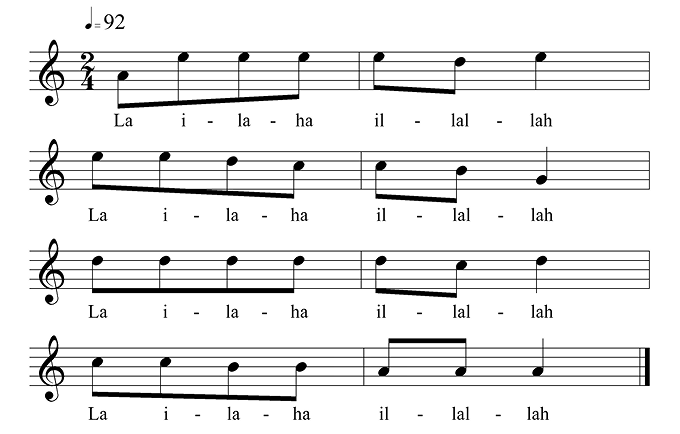
№ 68
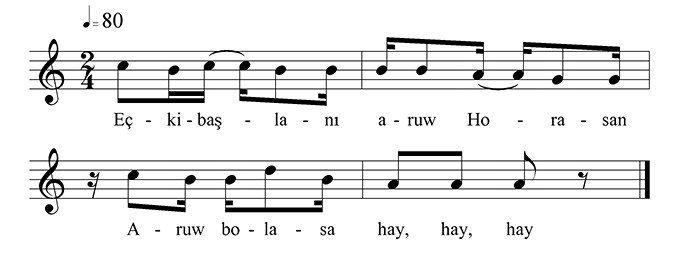
№ 69
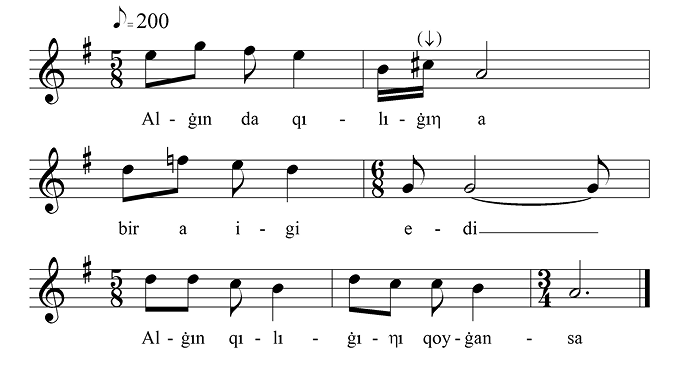
№ 70
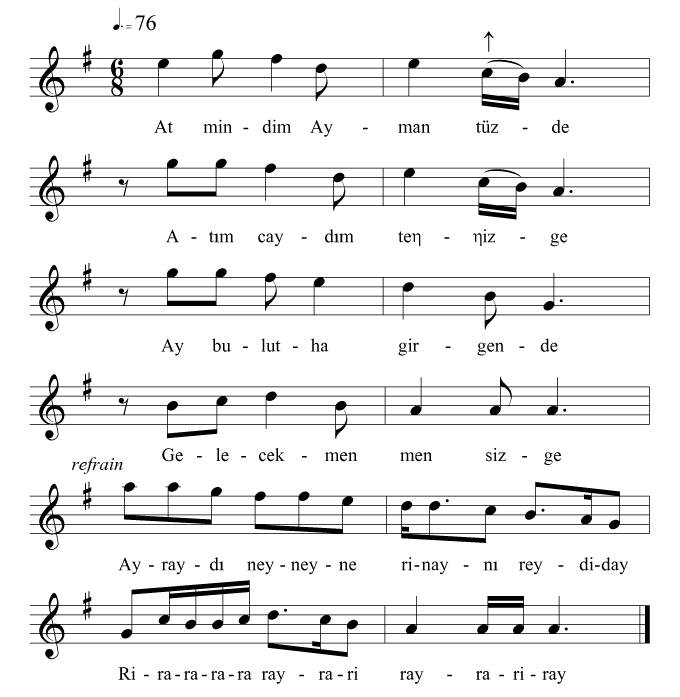
Class 6: Four short lines with (2) and (b3) main cadences (№ 71−105)
№ 71
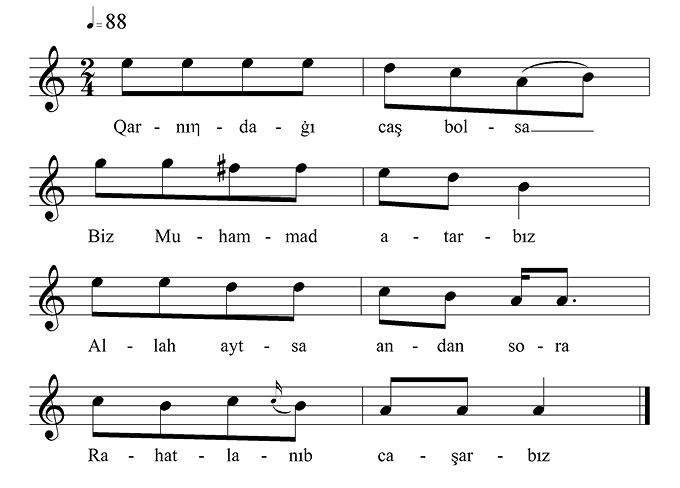
№ 72

№ 73

№ 74
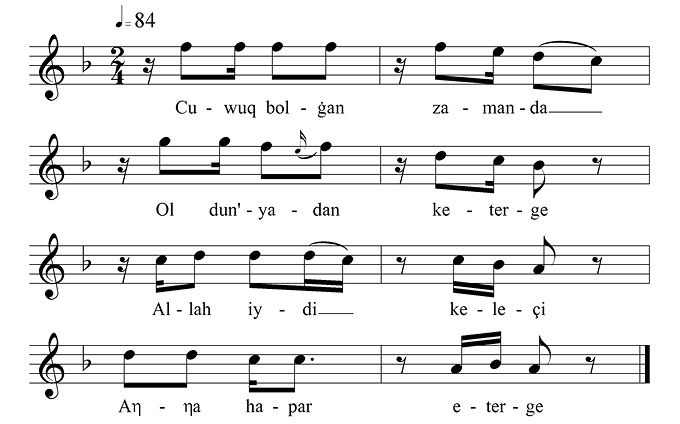
№ 75
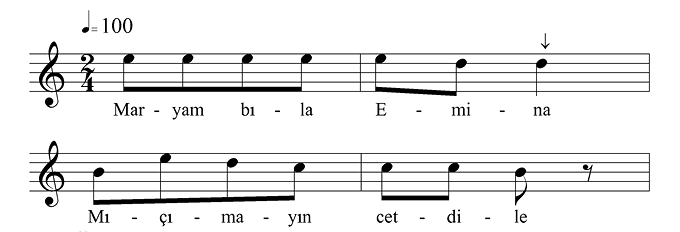
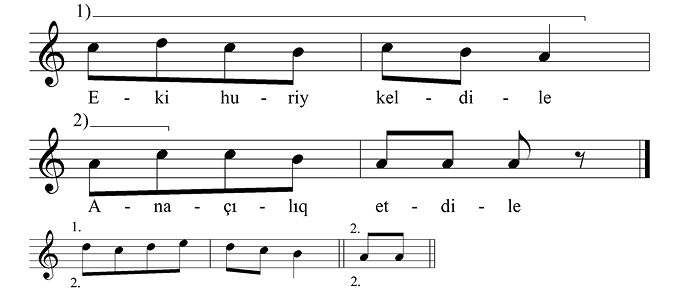
№ 76
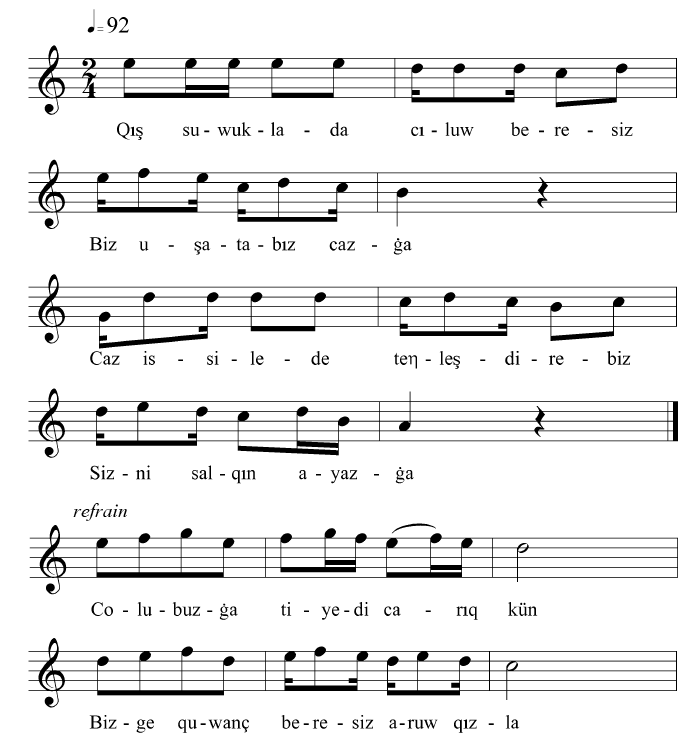
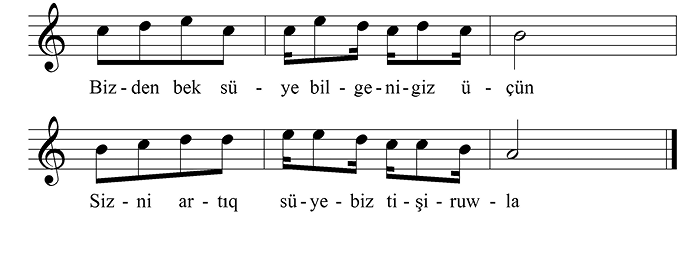
№ 77
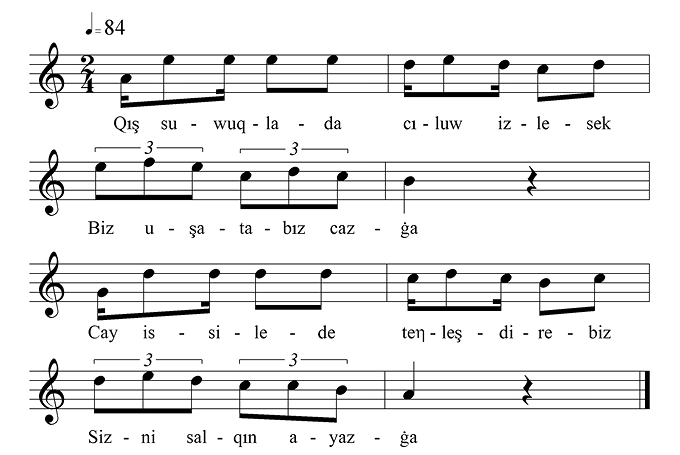
№ 78
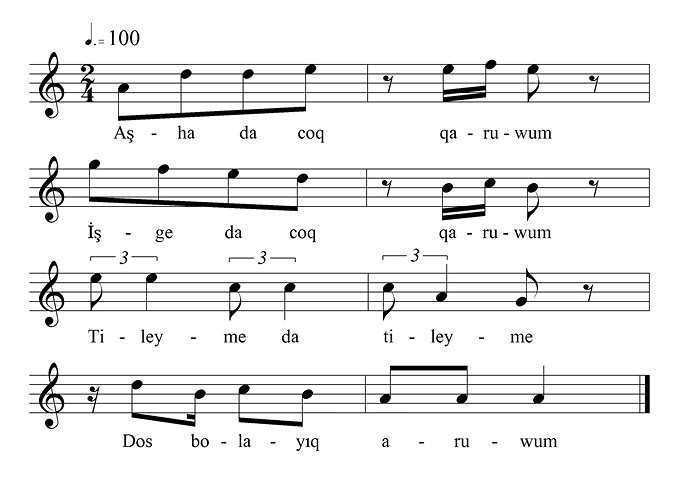
№ 79
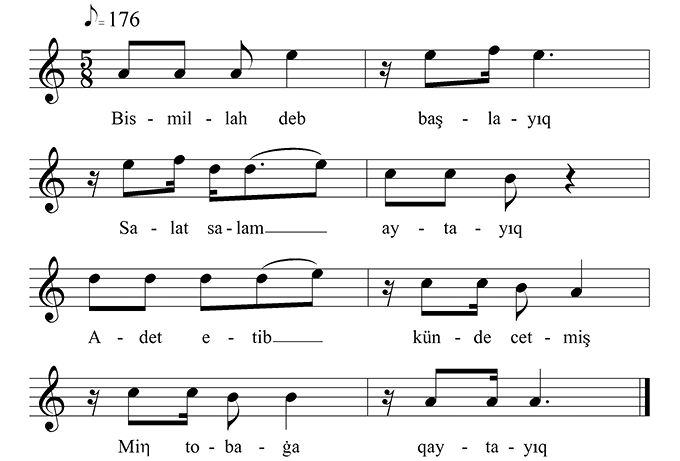
№ 80
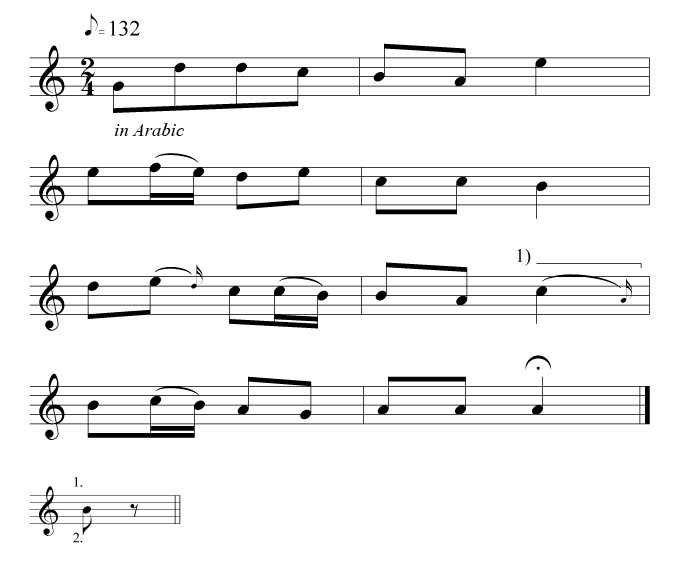
№ 81
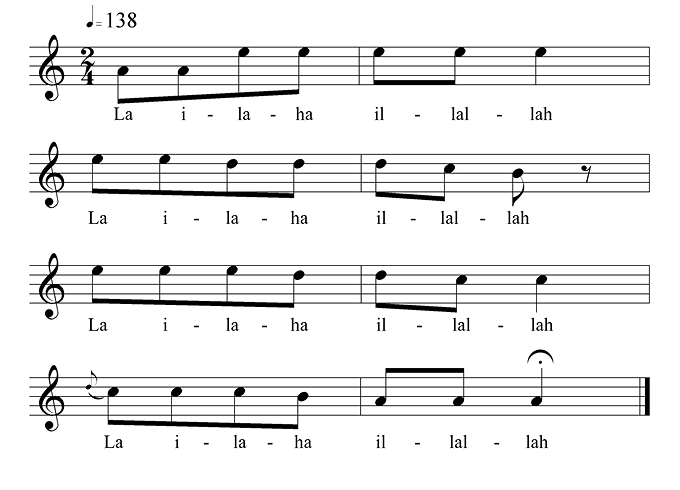
№ 82
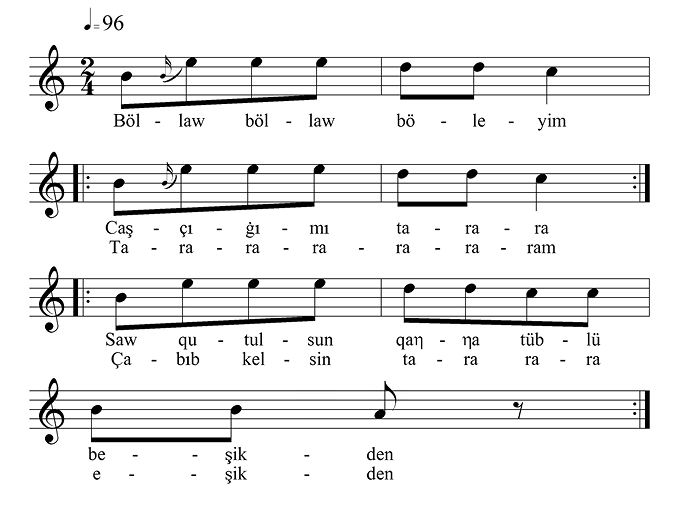
№ 83
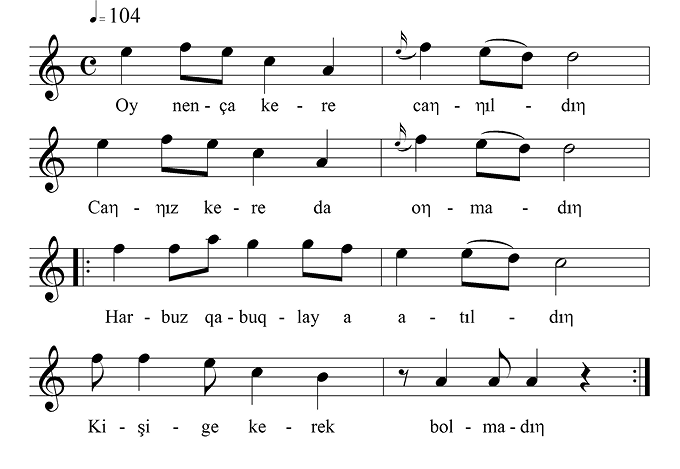
№ 84
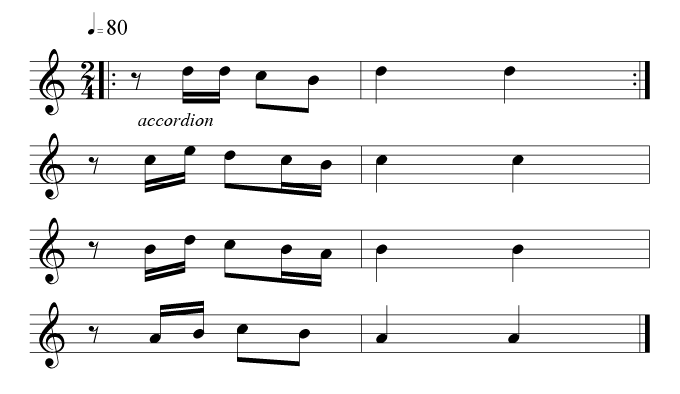
№ 85


№ 86
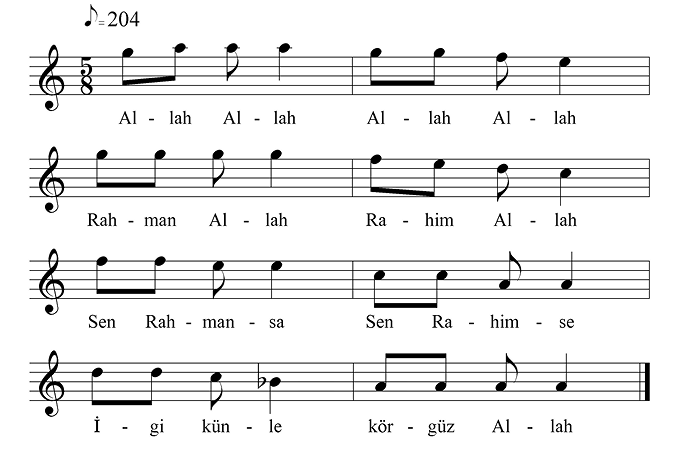
№ 87
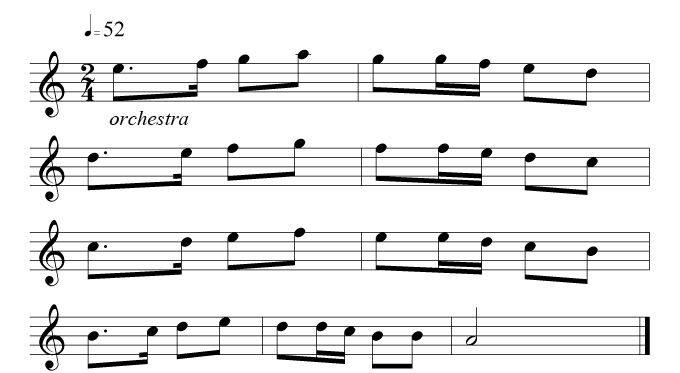
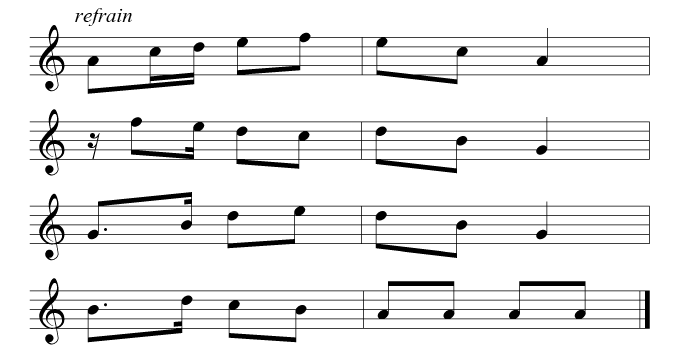
№ 88
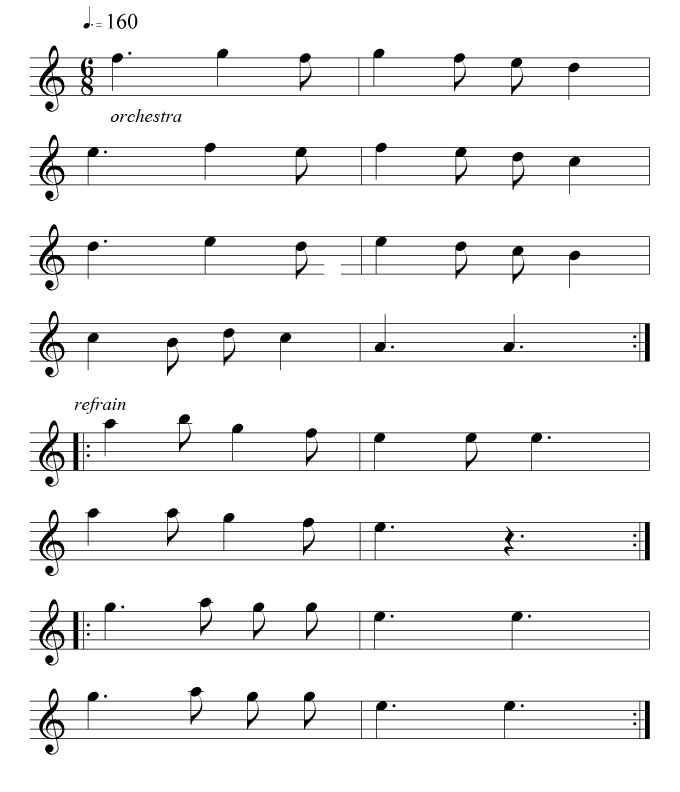
№ 89
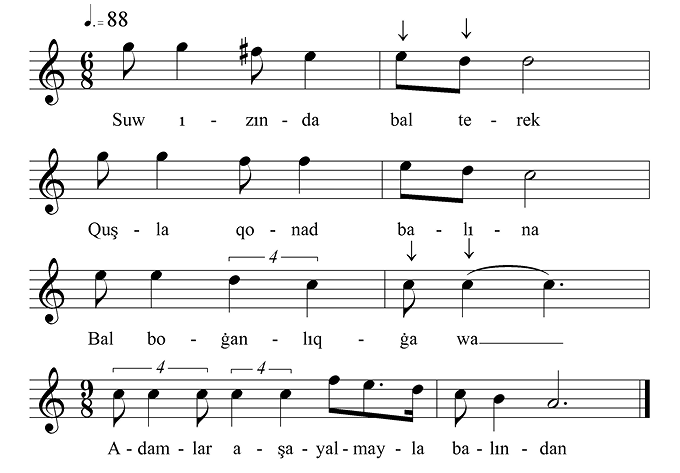
№ 90
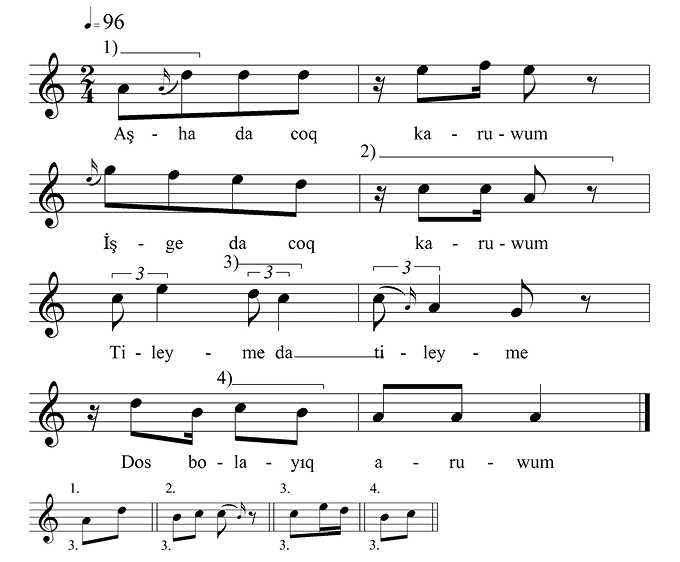
№ 91
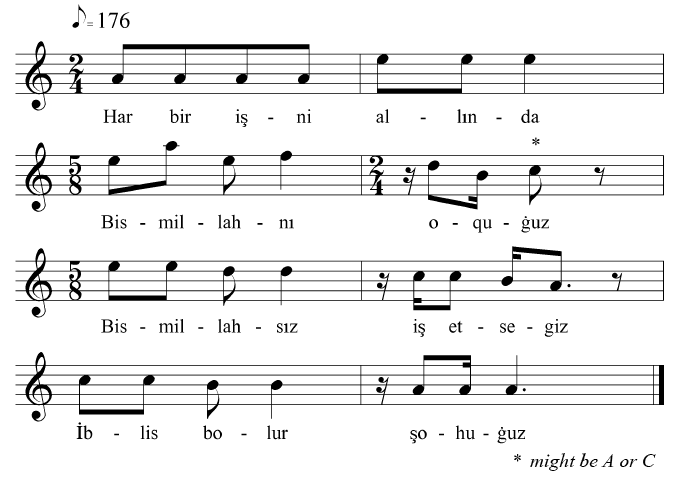
№ 92
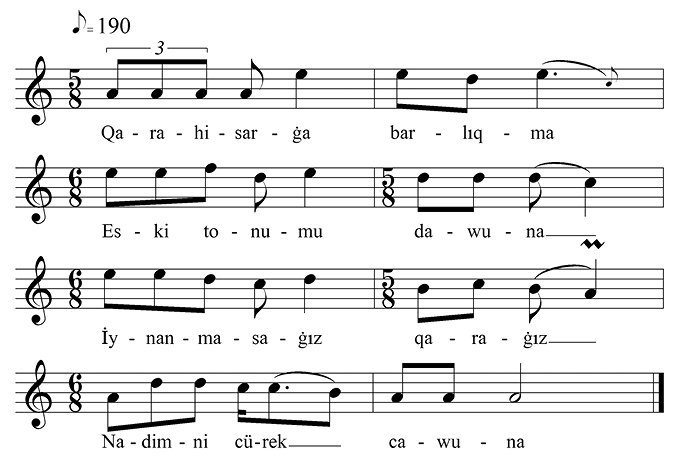
№ 93

№ 94

№ 95
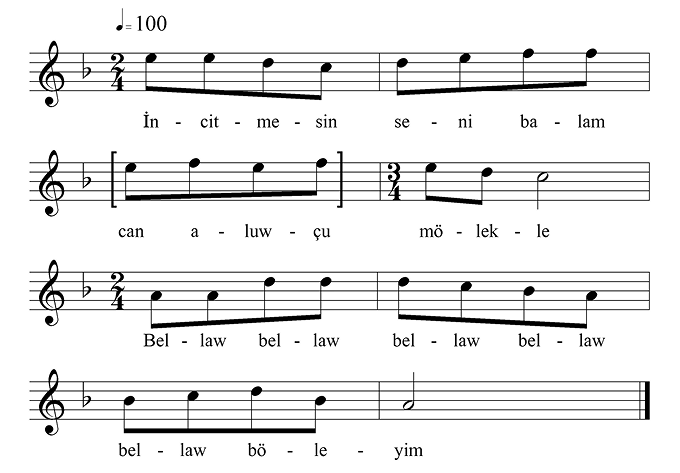
№ 96
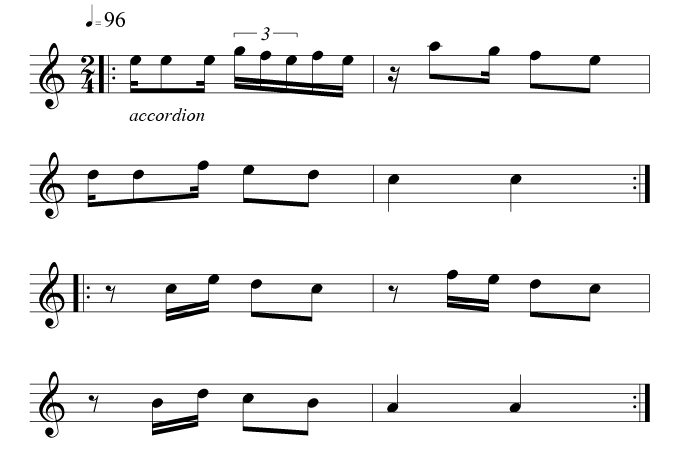
№ 97
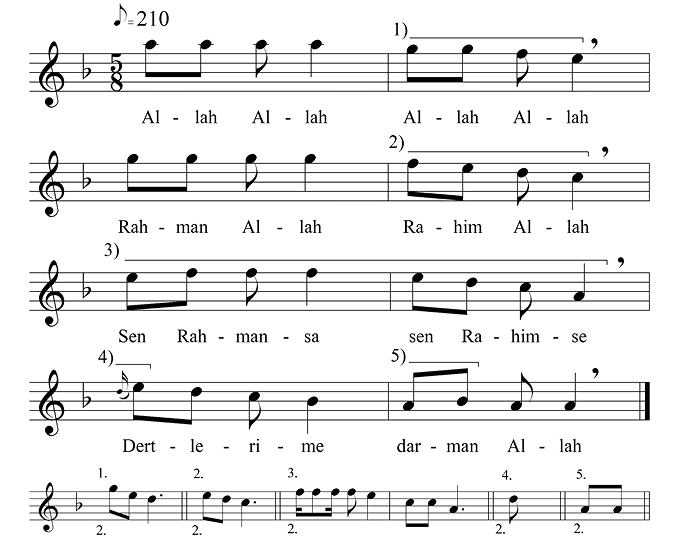
№ 98
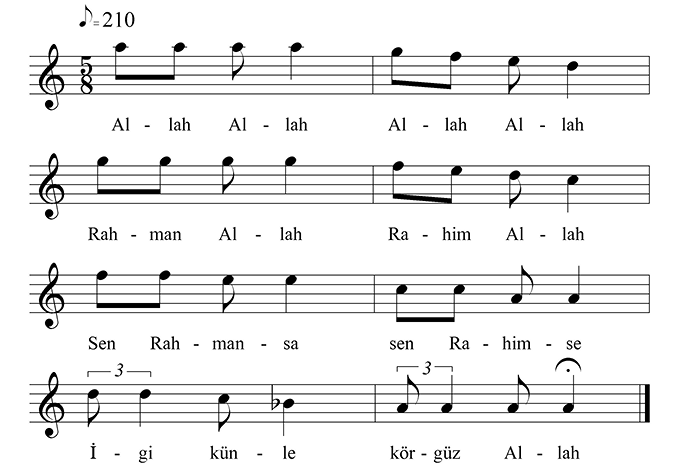
№ 99
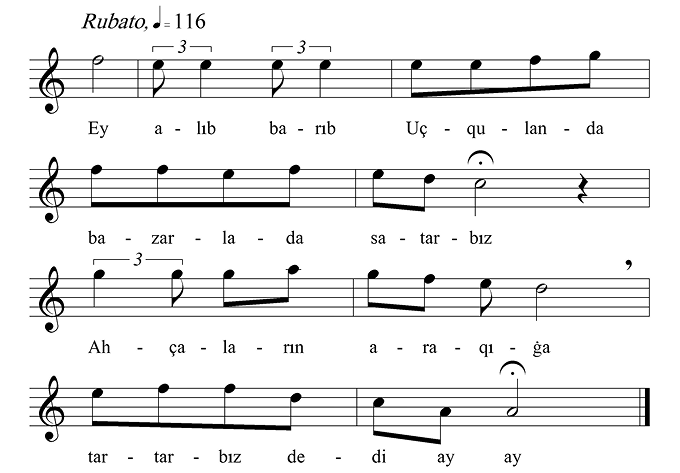
№ 100
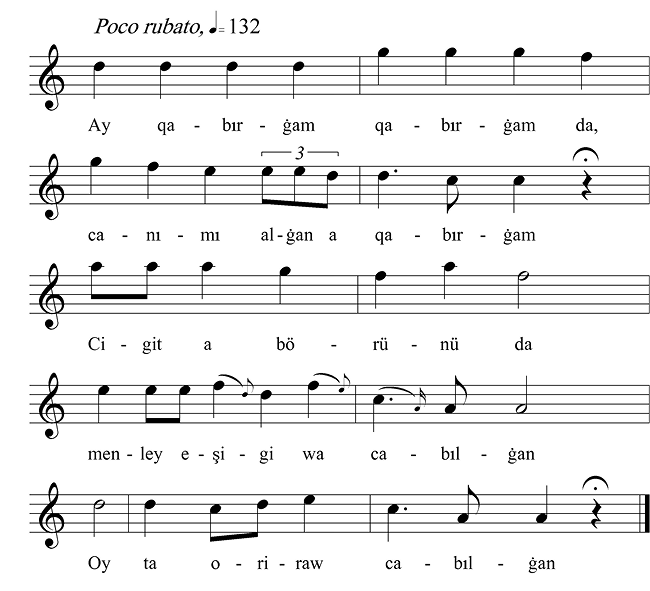
№ 101
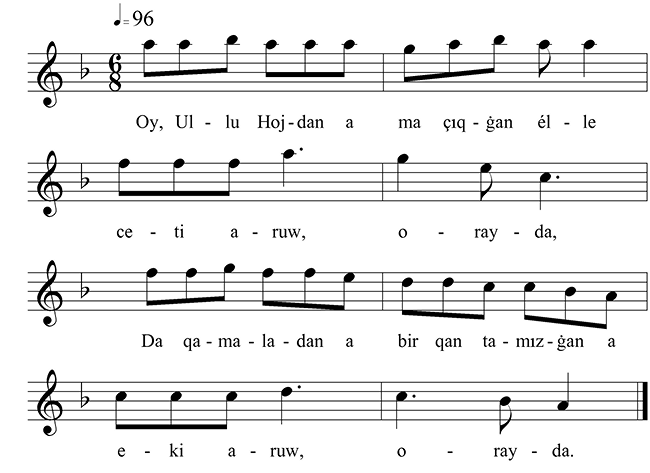
№ 102
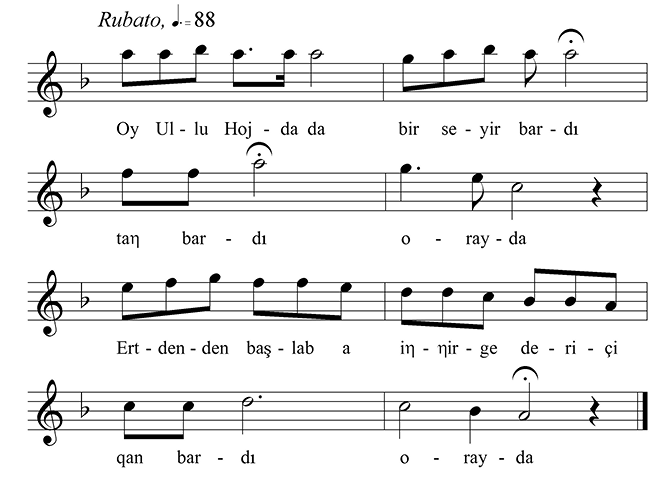
№ 103
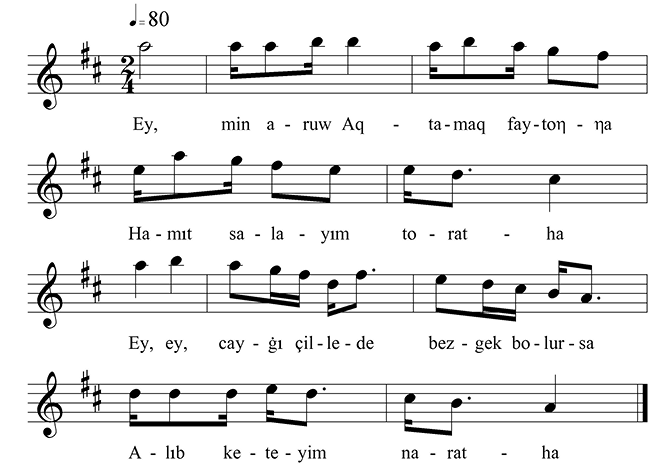
№ 104
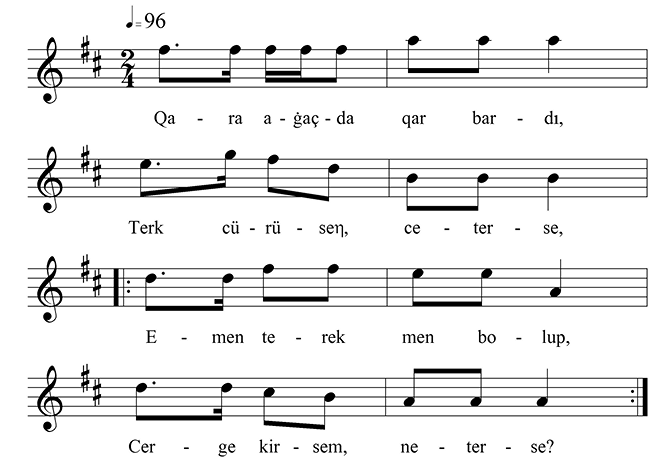
№ 105
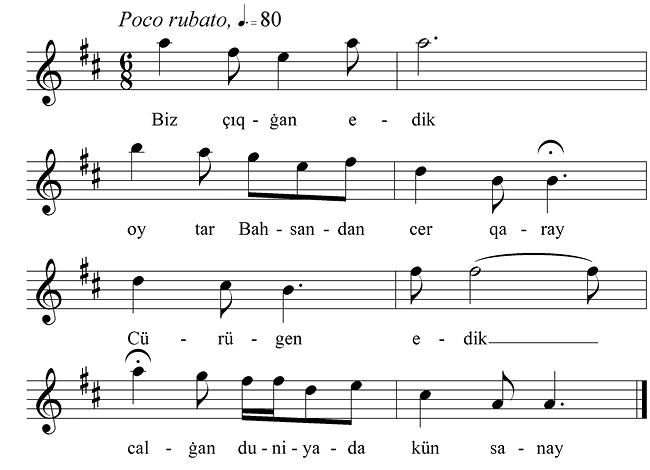
Class 7: Four short lines with (4/5) main cadences (№ 106−115)
№ 106

№ 107

№ 108
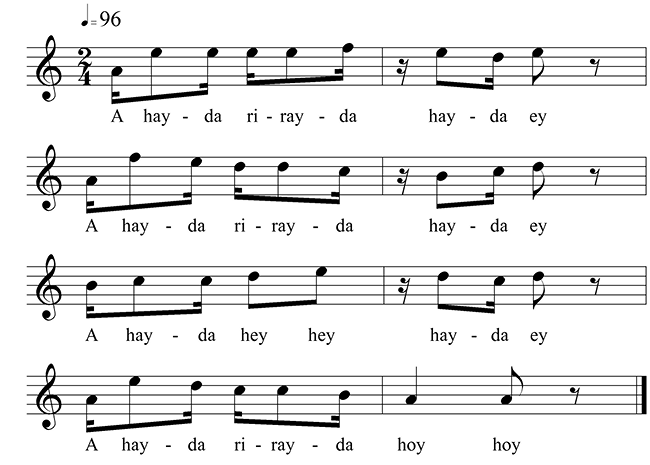
№ 109
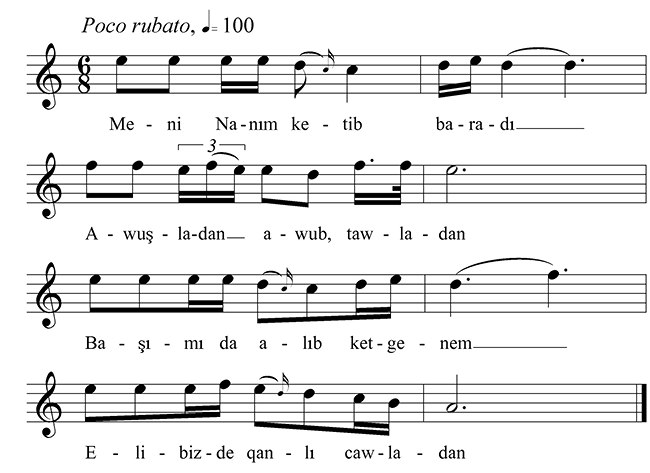
№ 110
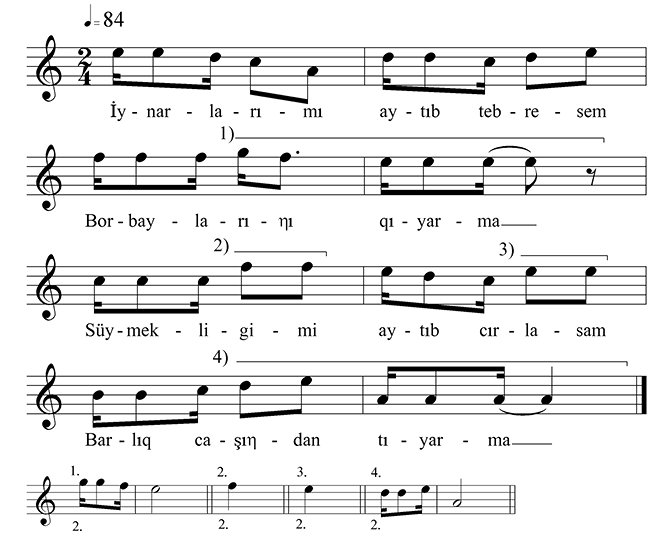
№ 111
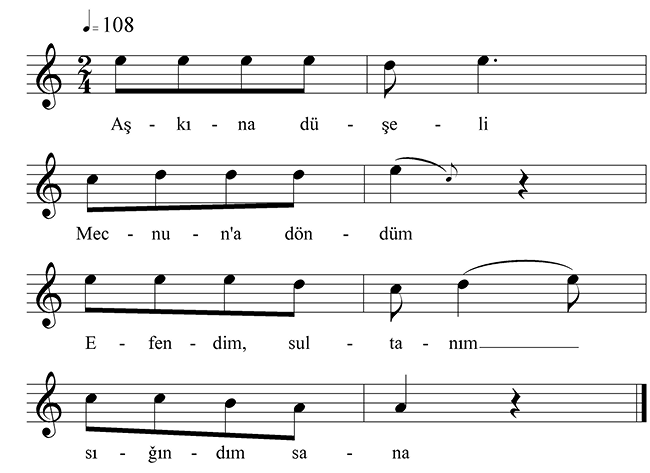
№ 112
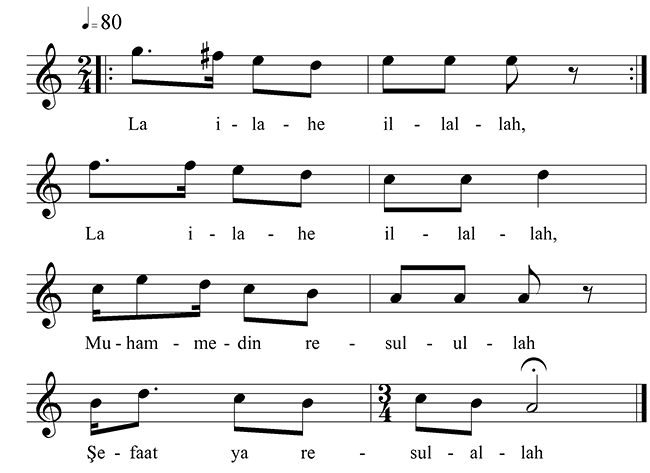
№ 113
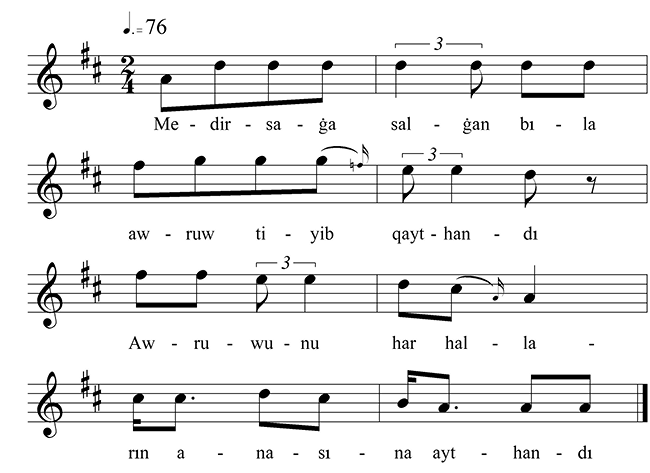
№ 114
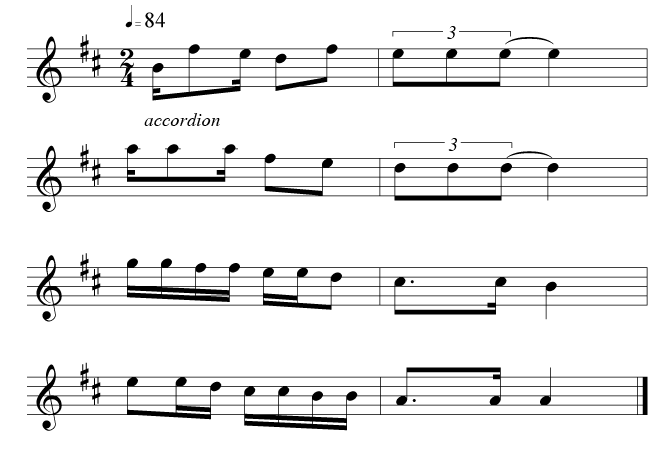
№ 115
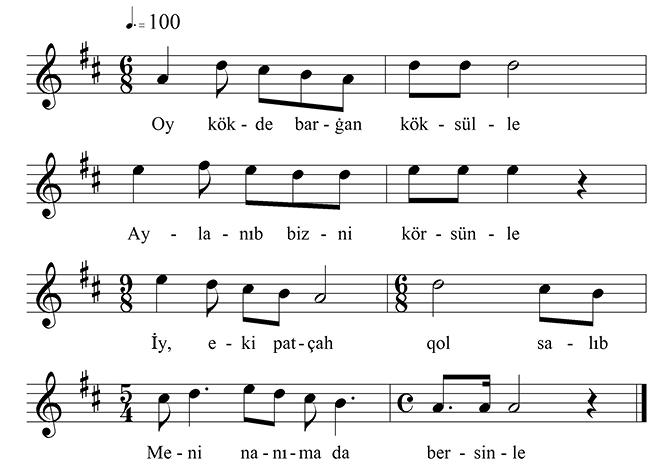
Class 8: Four short lines with (4/5) main cadences, higher start (№ 116−138)
№ 116
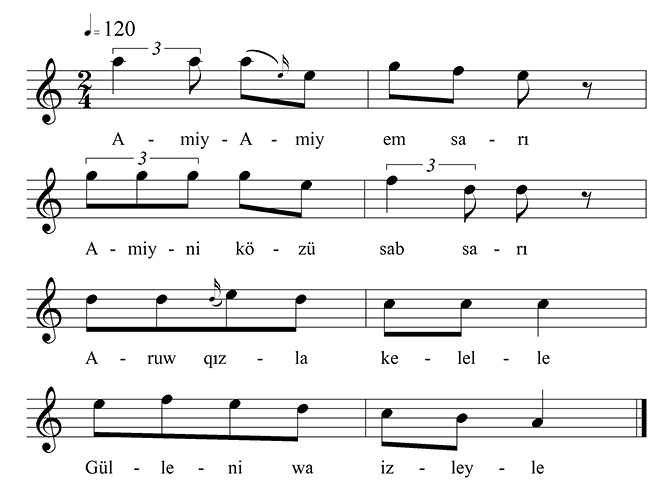
№ 117
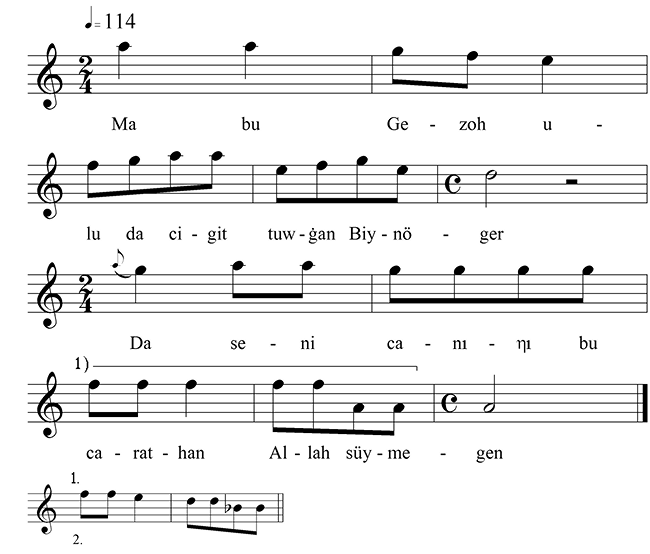
№ 118
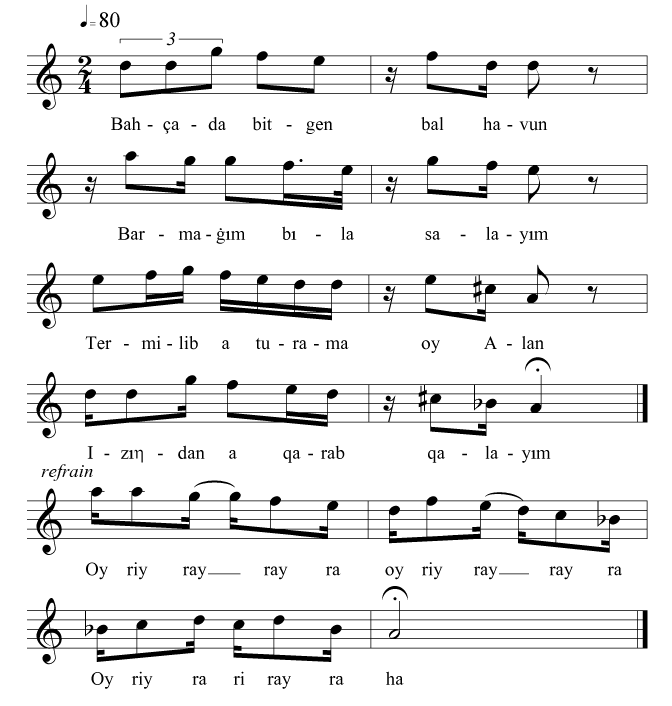
№ 119
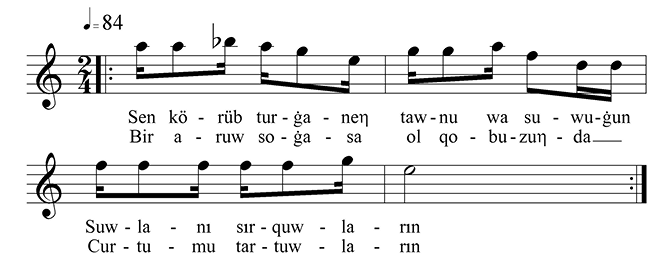
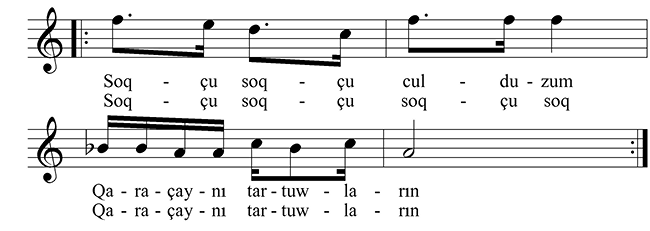
№ 120
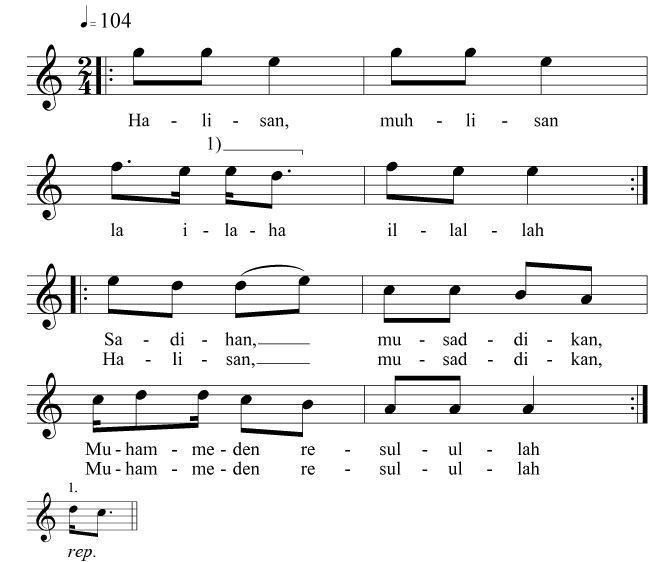
№ 121
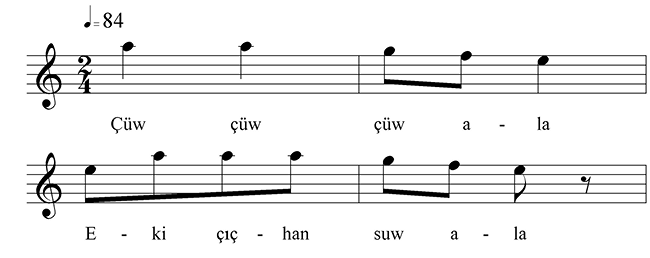
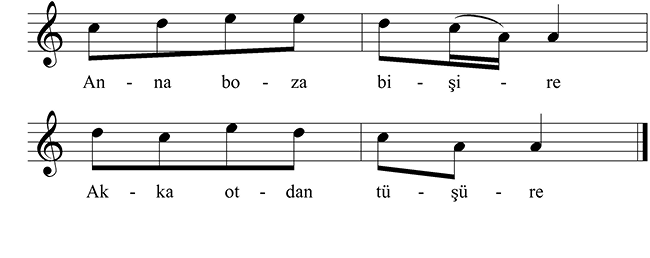
№ 122
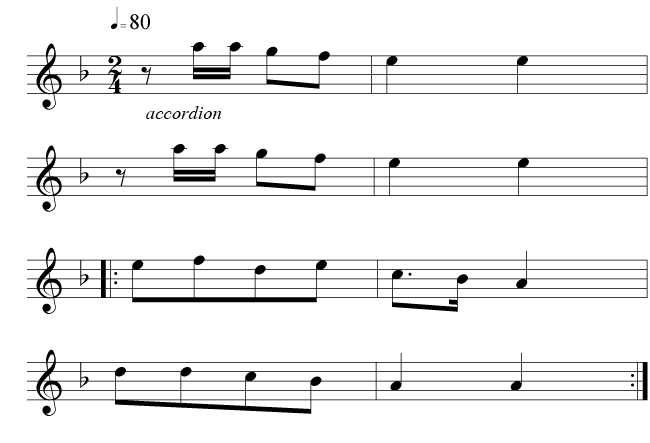
№ 123
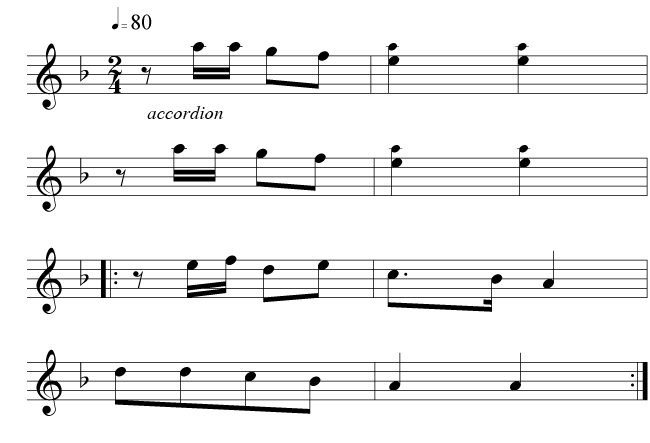
№ 124
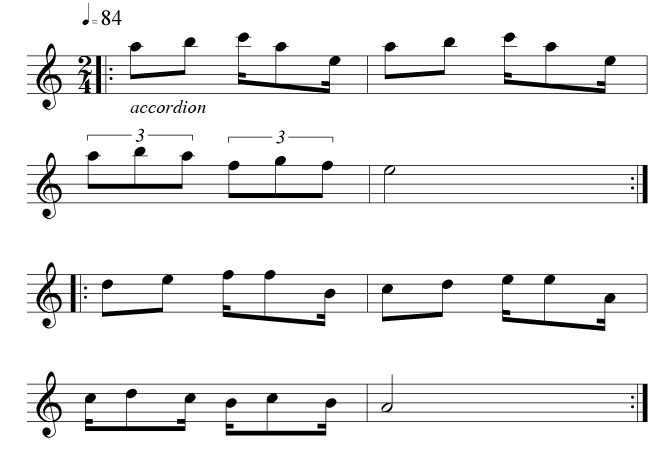
№ 125
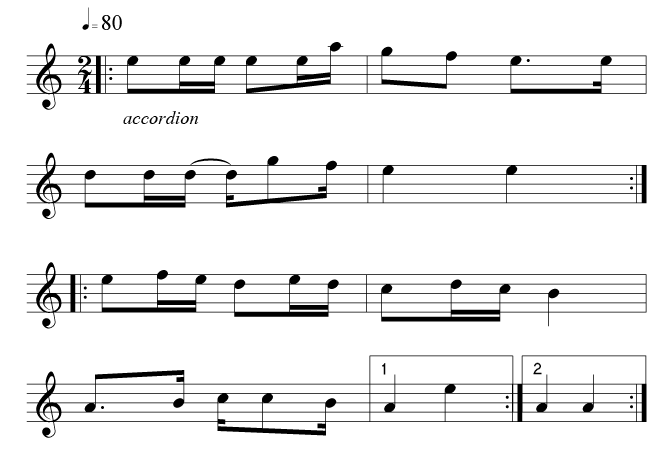
№ 126
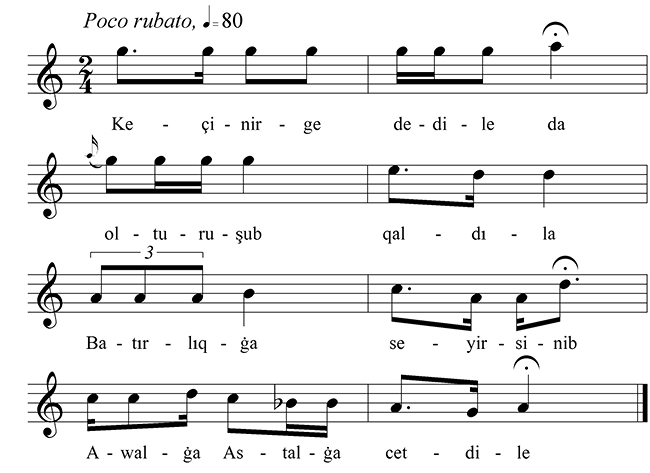
№ 127
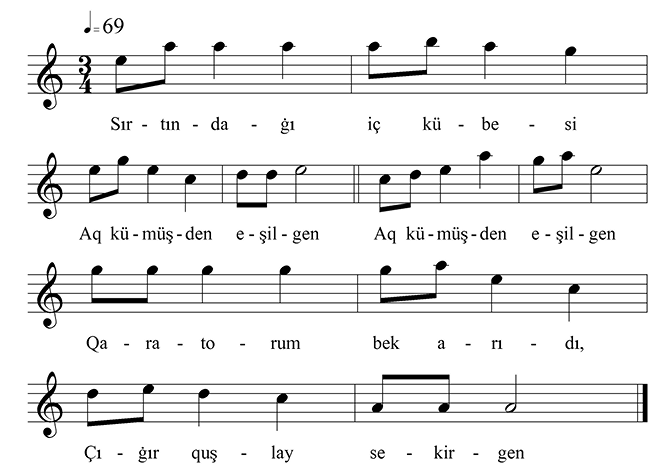
№ 128
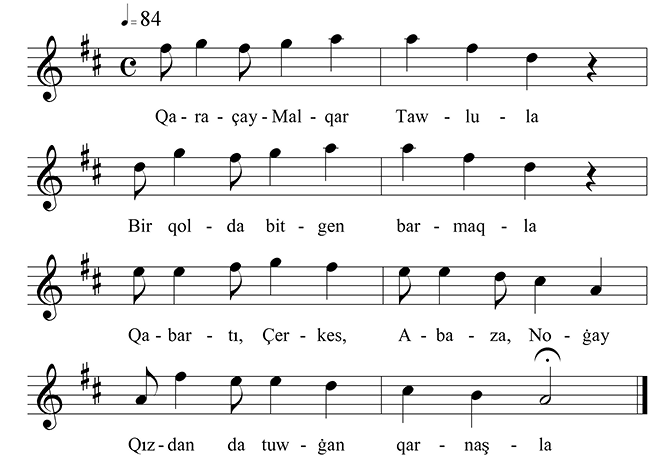
№ 129
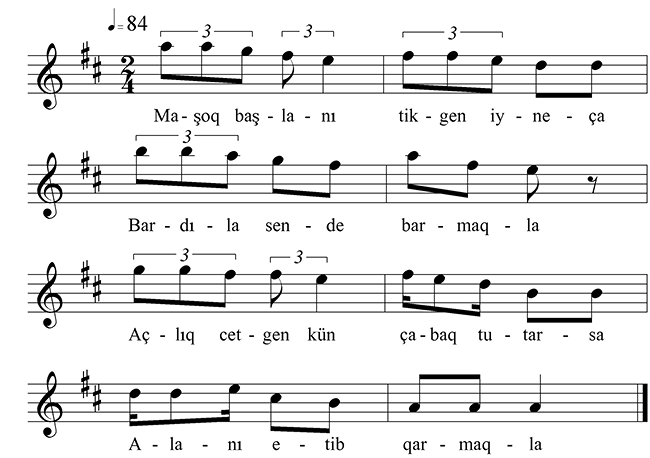
№ 130
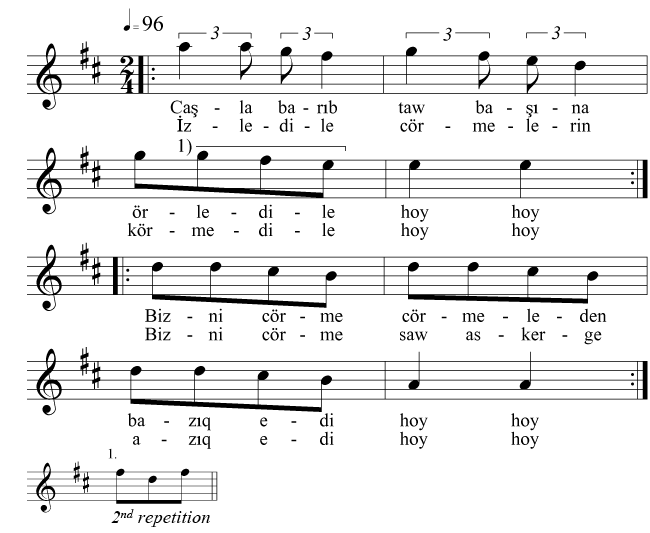
№ 131
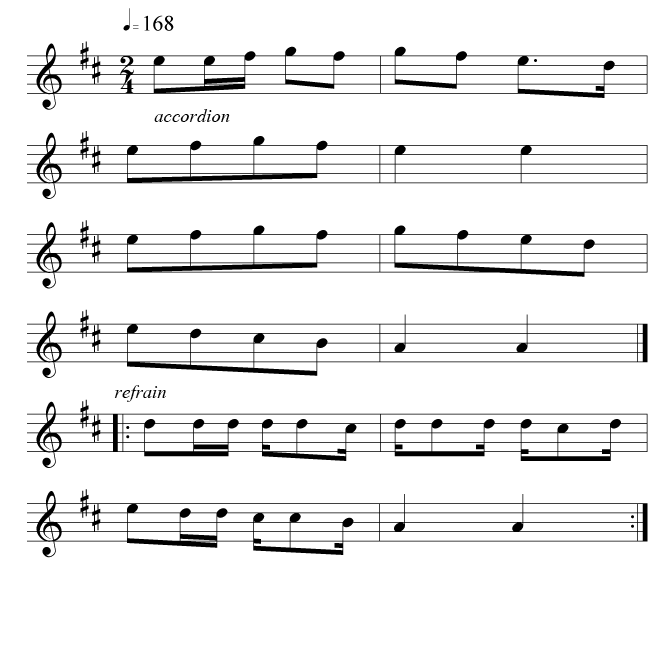
№ 132
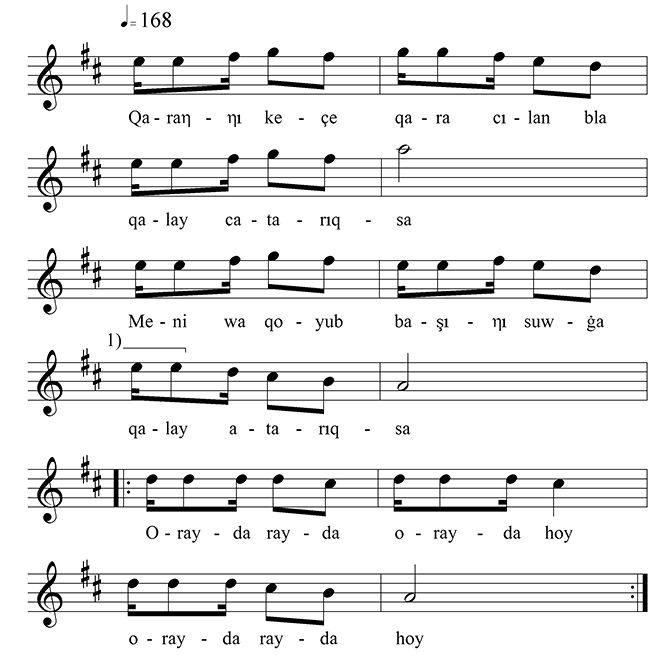
№ 133
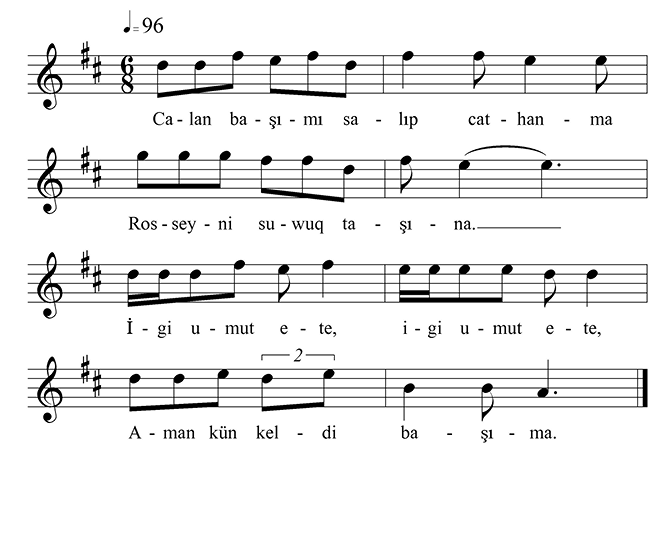
№ 134
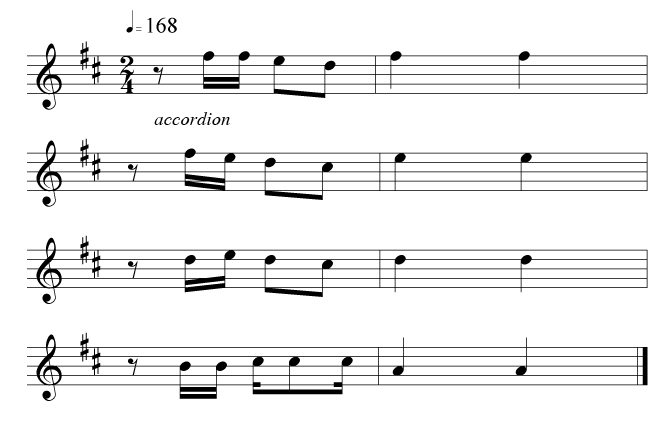
№ 135

№ 136
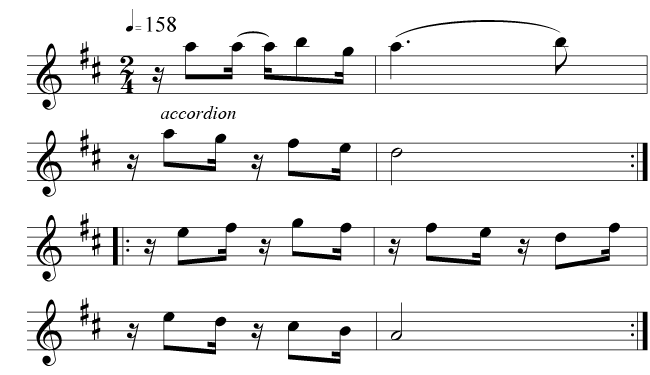
№ 137

№ 138
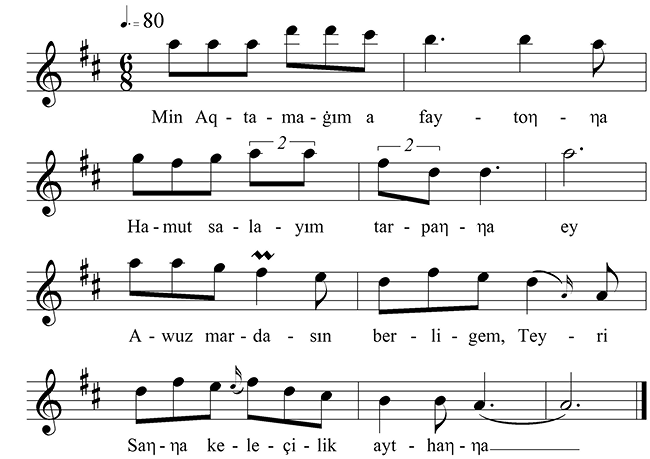
Class 9: Four short lines with (7/8) main cadences (№ 139−145)
№ 139
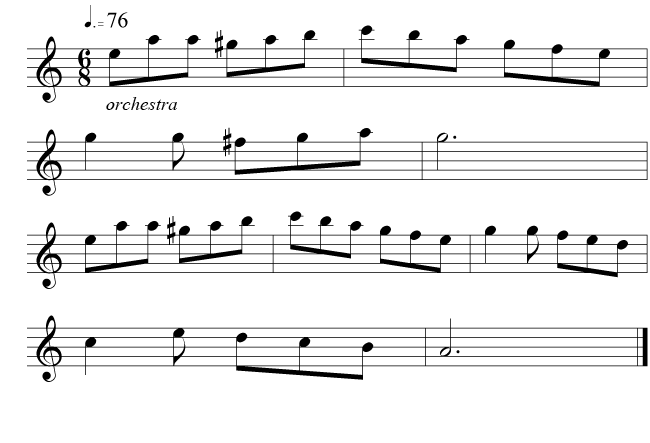
№ 140

№ 141
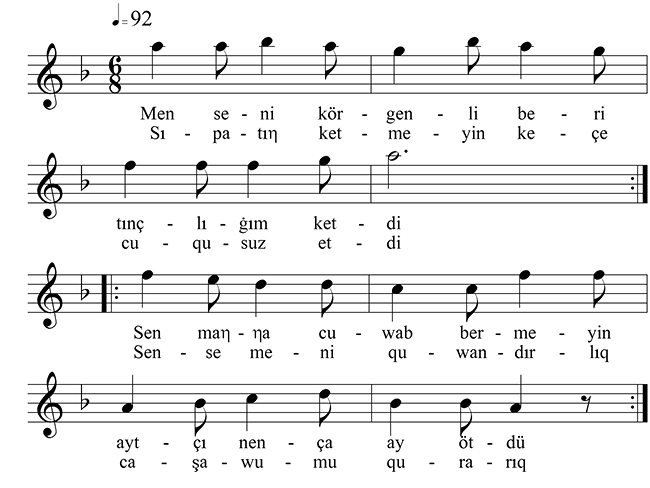
№ 142
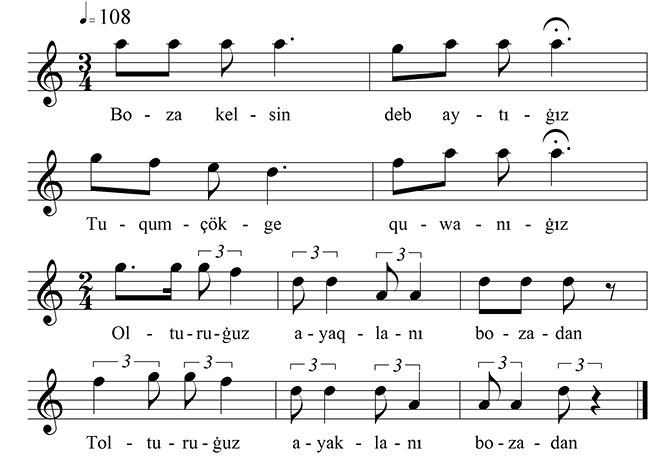
№ 143

№ 144
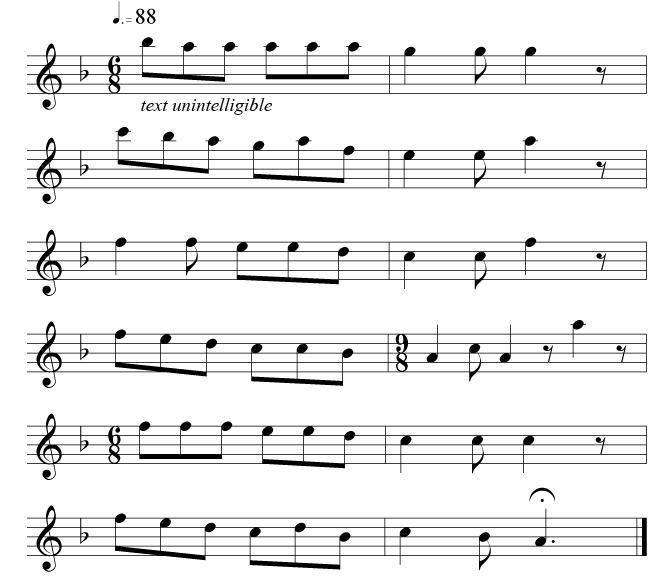
№ 145
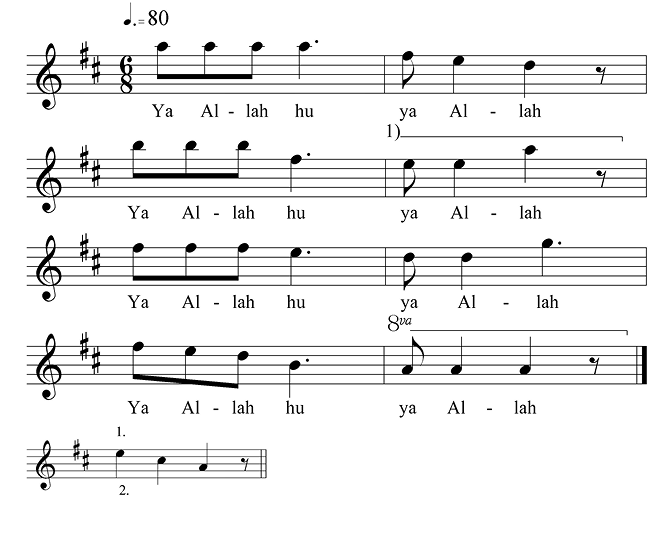
Class 10: One- or two-lined tripodic tunes (№ 146–186)
№ 146
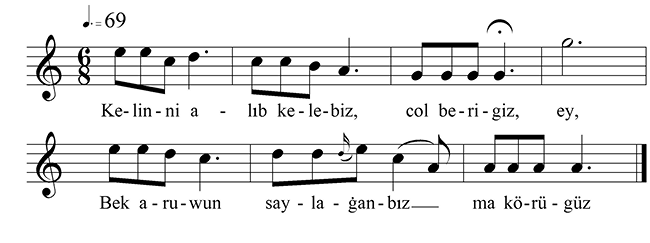
№ 147
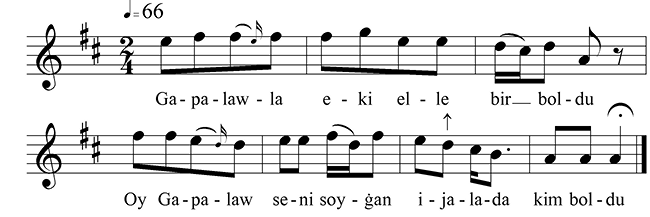
№ 148
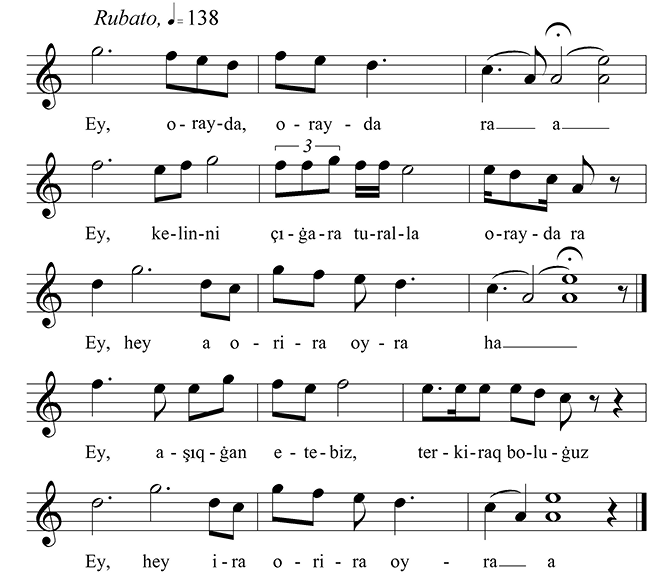
№ 149

№ 150
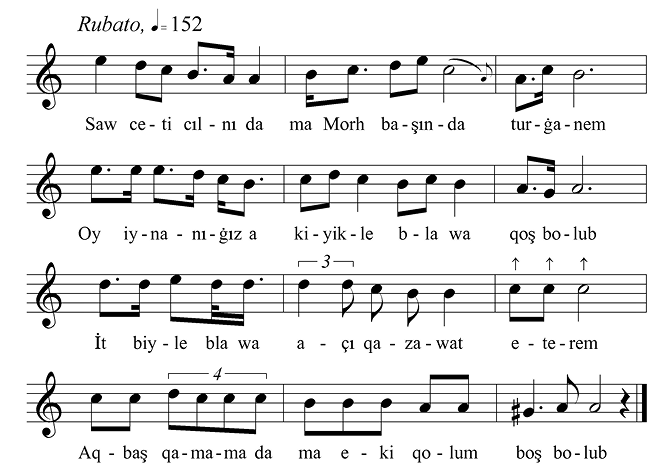
№ 151
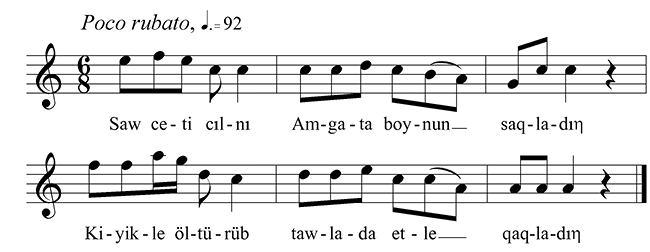
№ 152
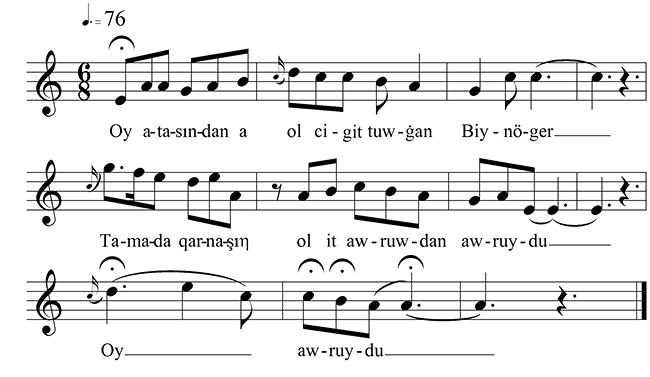
№ 153

№ 154


№ 155
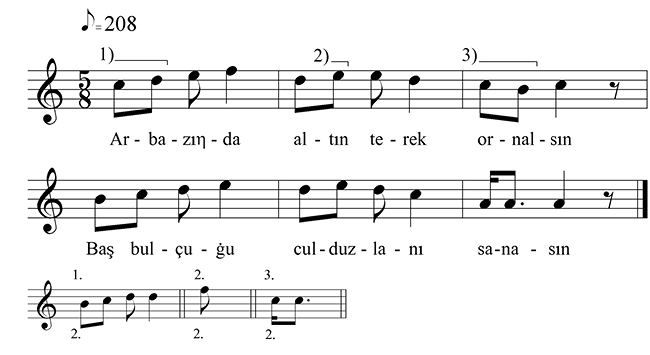
№ 156
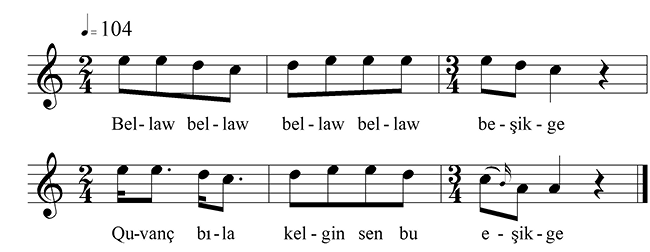
№ 157
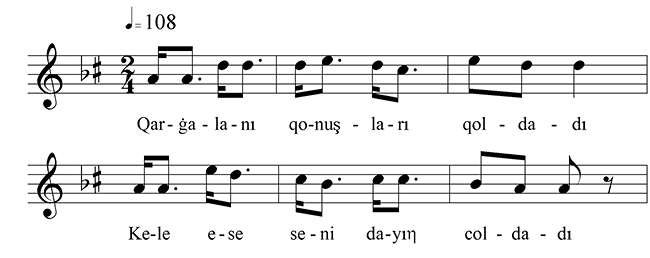

№ 158
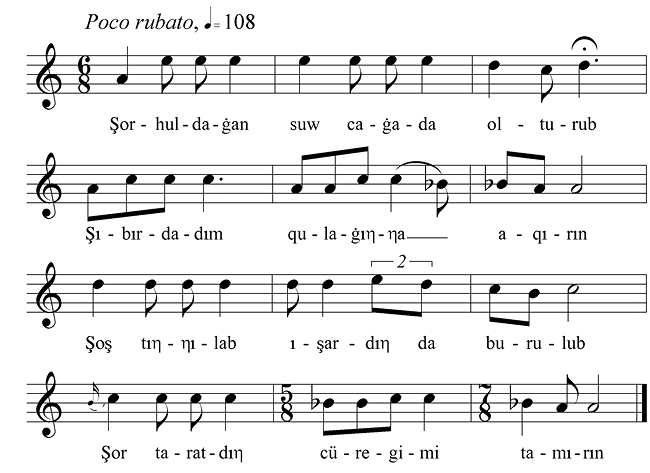
№ 159
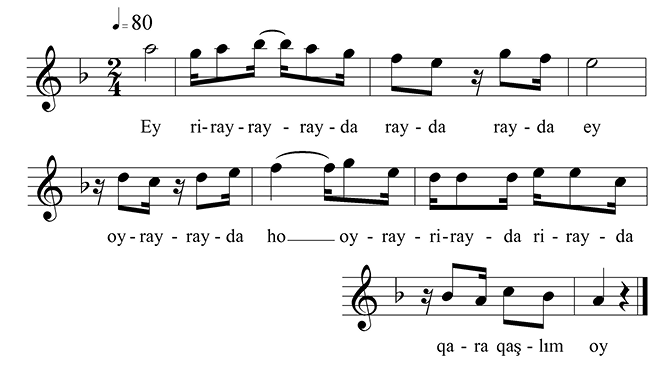
№ 160
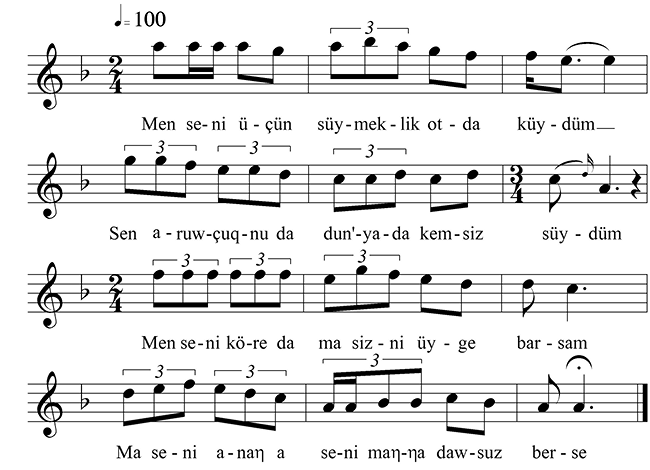
№ 161
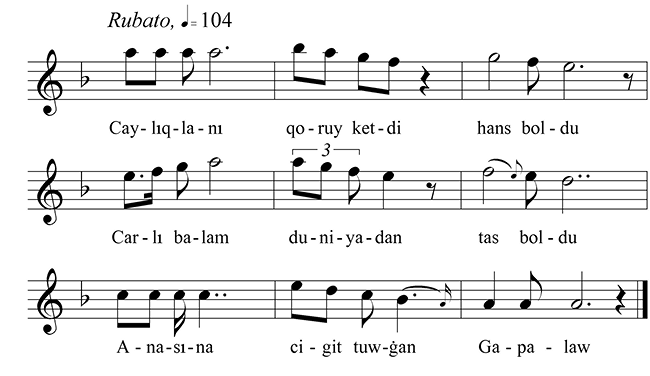
№ 162
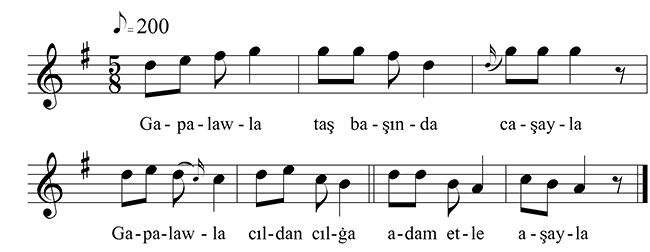
№ 163
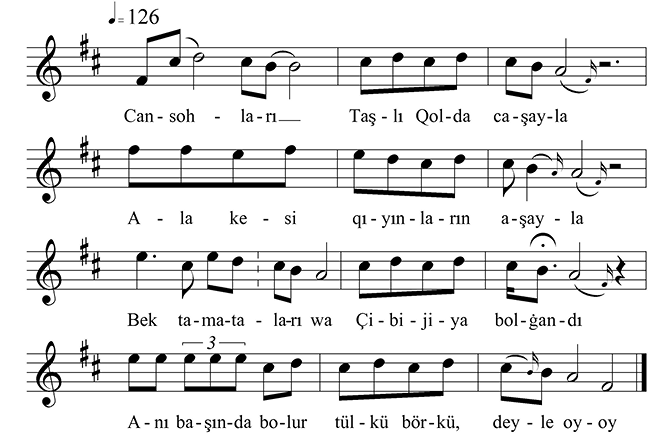
№ 164
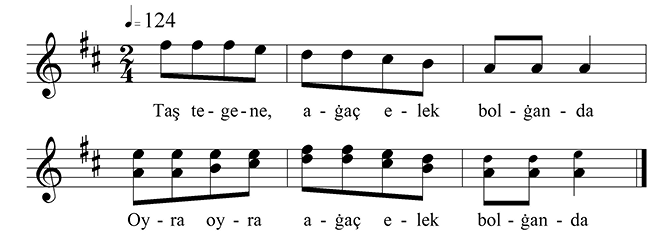
№ 165
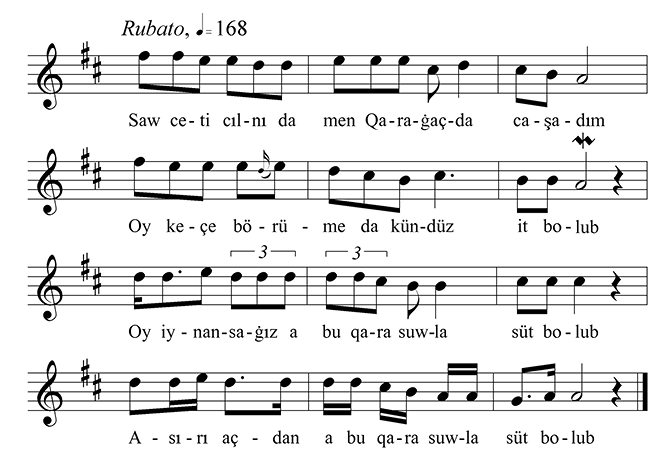
№ 166

№ 167
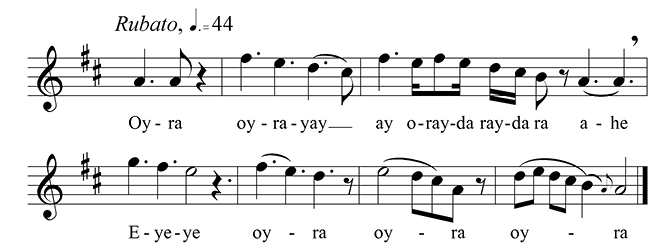
№ 168
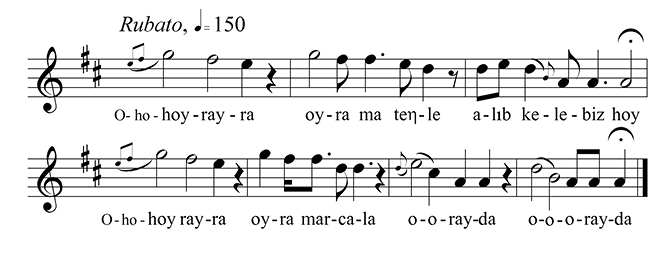
№ 169

№ 170
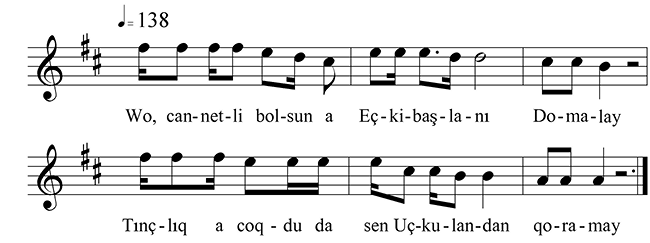
№ 171
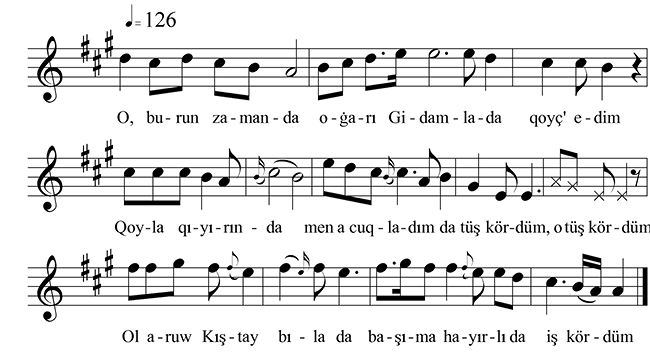
№ 172
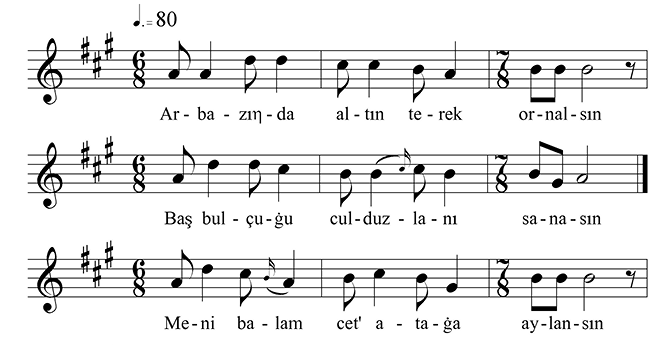
№ 173
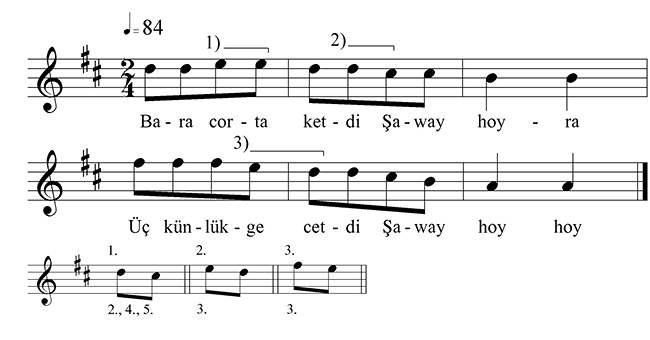
№ 174
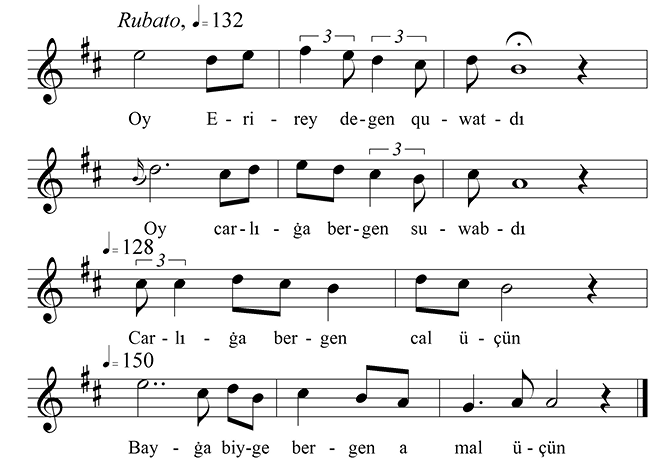
№ 175
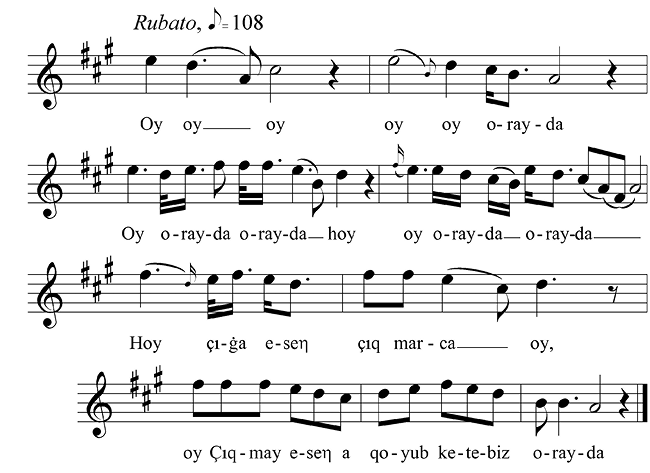
№ 176

№ 177
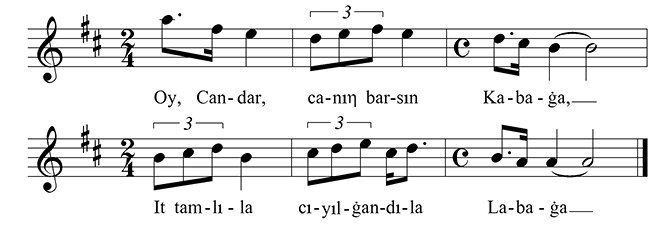
№ 178
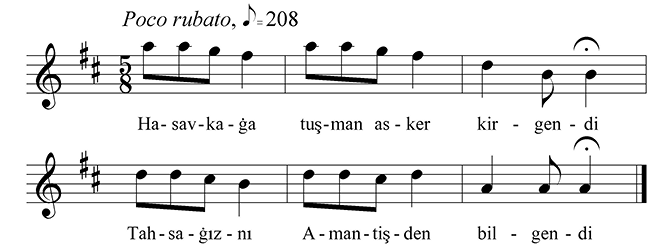
№ 179
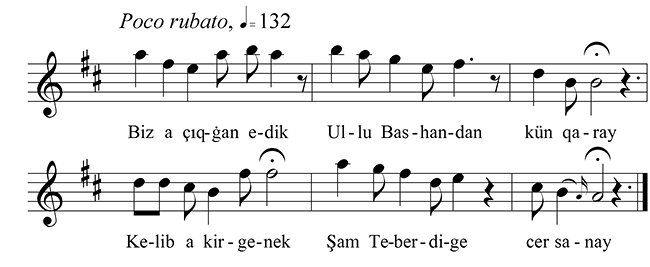
№ 180
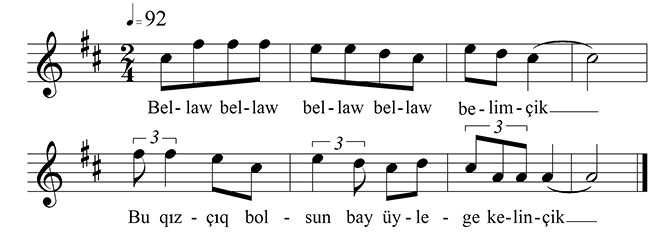
№ 181
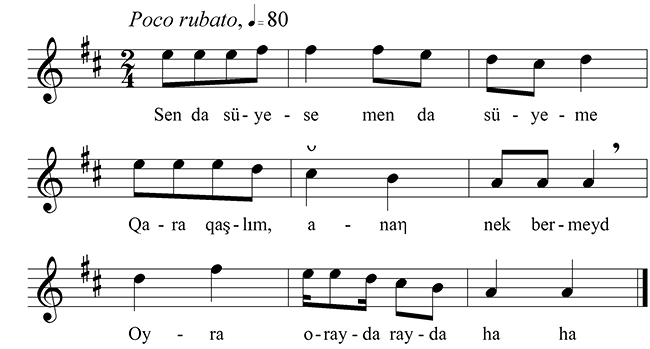
№ 182
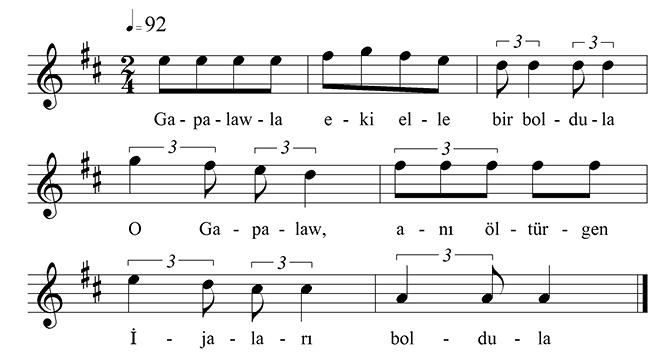
№ 183
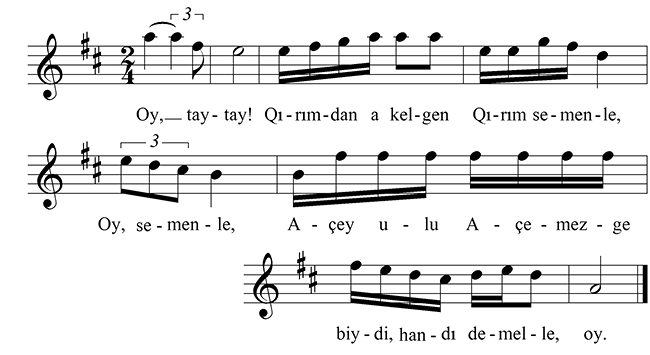
№ 184
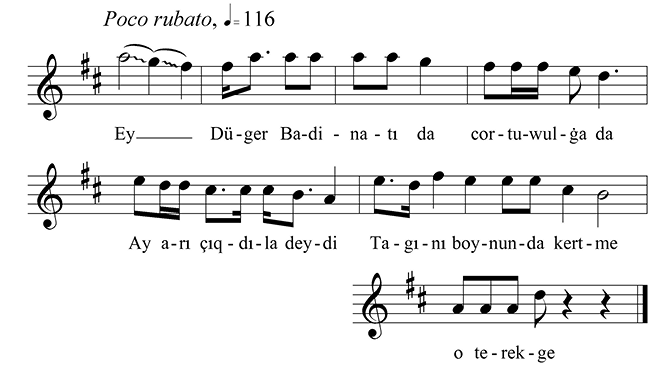
№ 185

№ 186
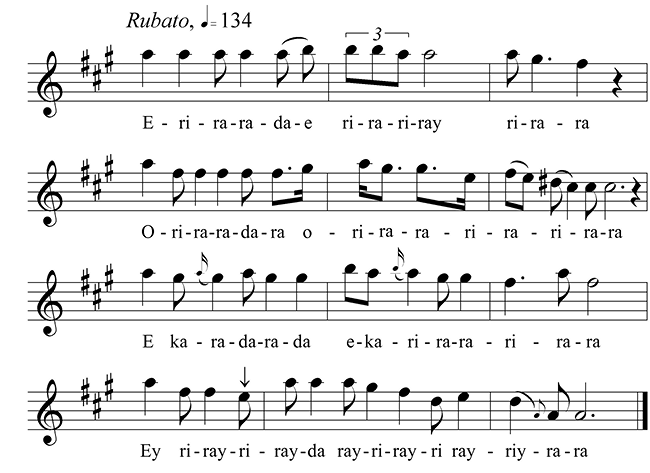
Class 11: Tunes with four tripodic lines (№ 187–199)
№ 187
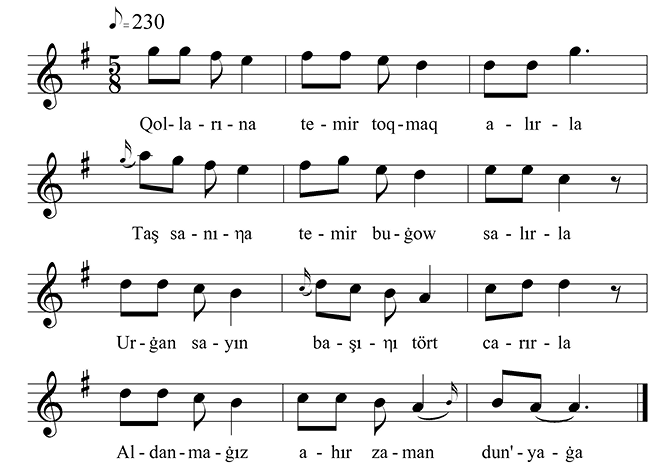
№ 188
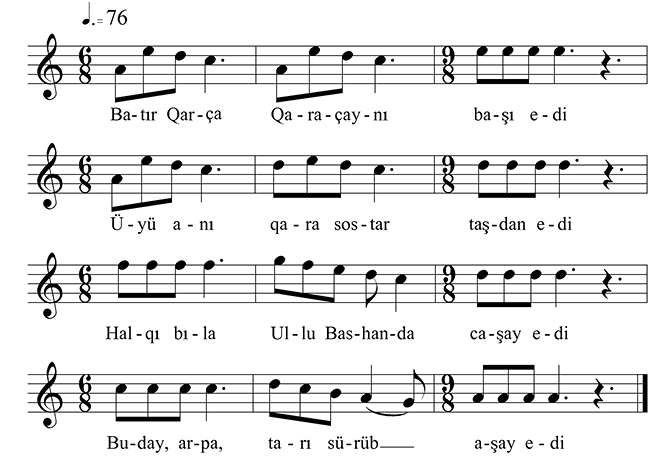
№ 189

№ 190
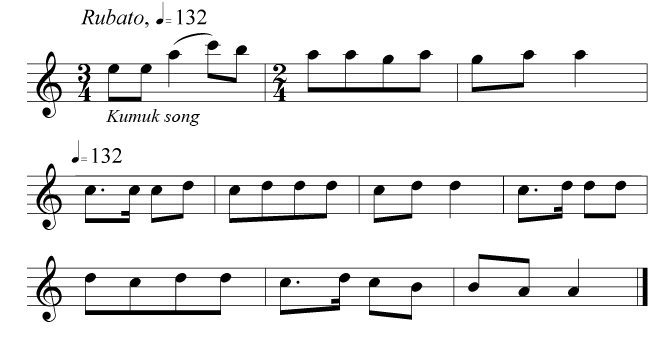
№ 191


№ 192
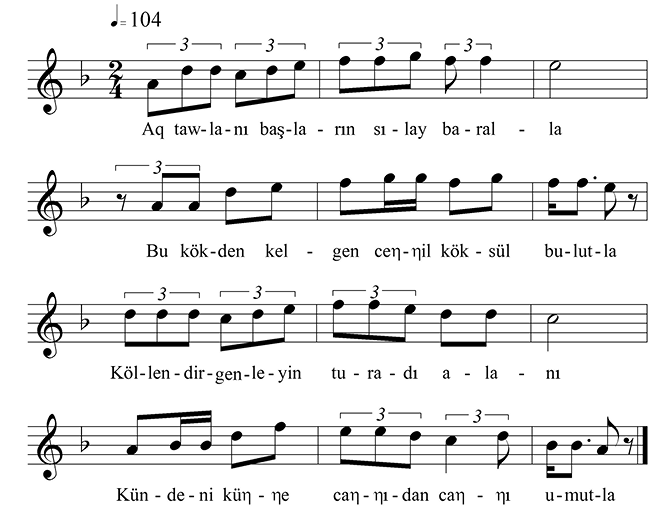
№ 193
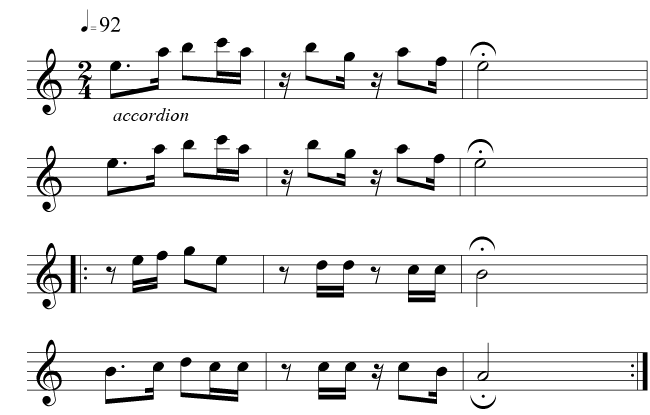
№ 194
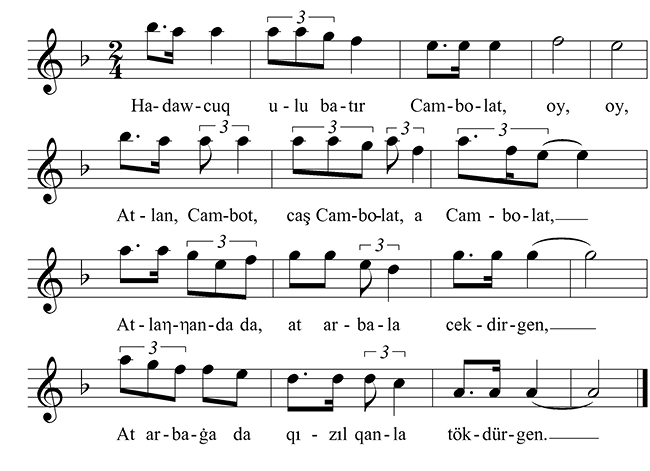
№ 195
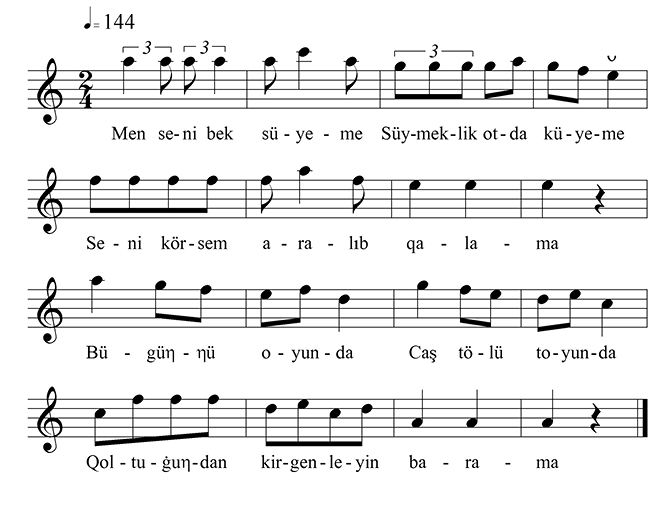
№ 196
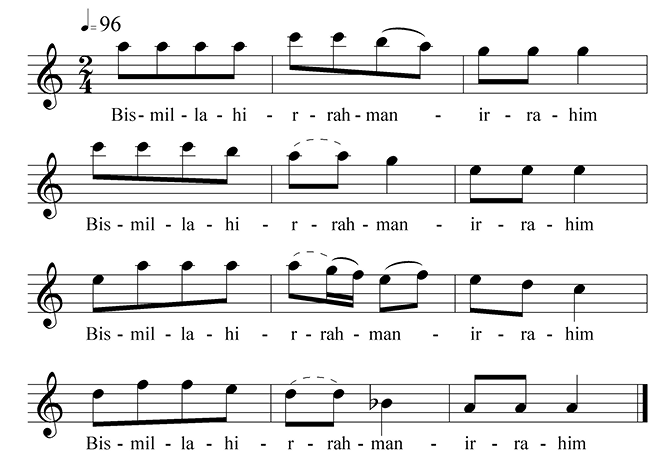
№ 197

№ 198
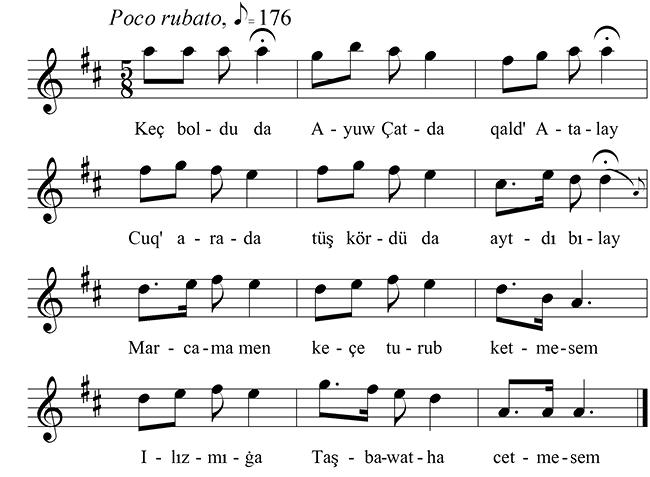
№ 199
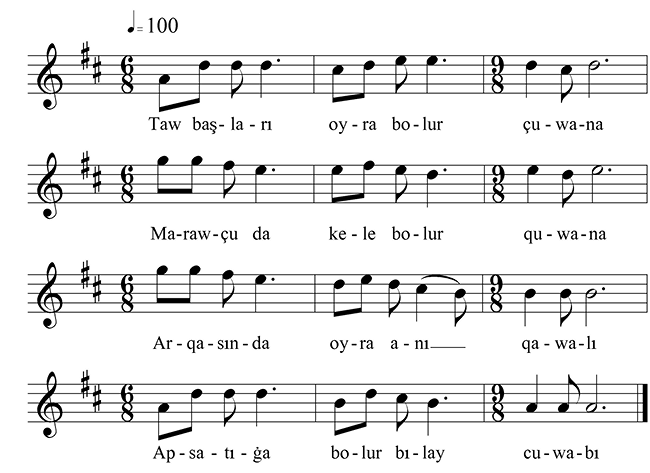
Class 12: Jir tunes (№ 200–278)
№ 200
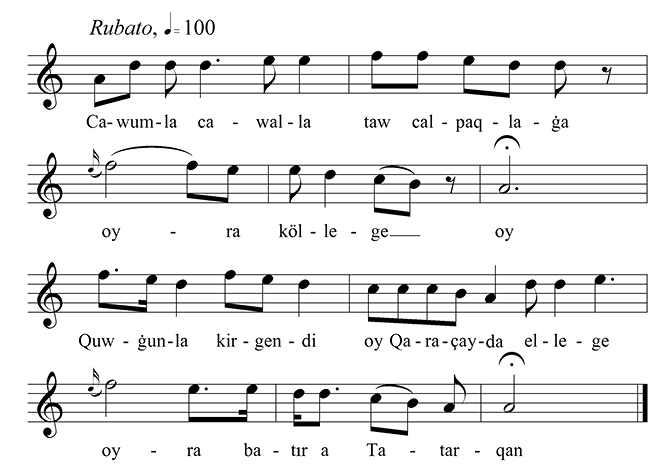
№ 201
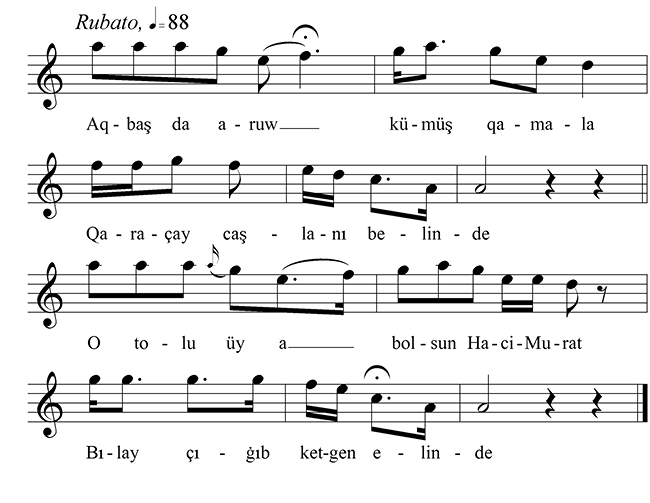
№ 202
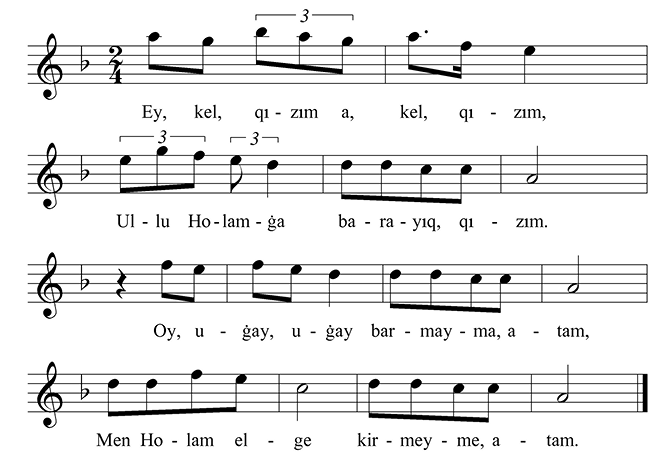
№ 203
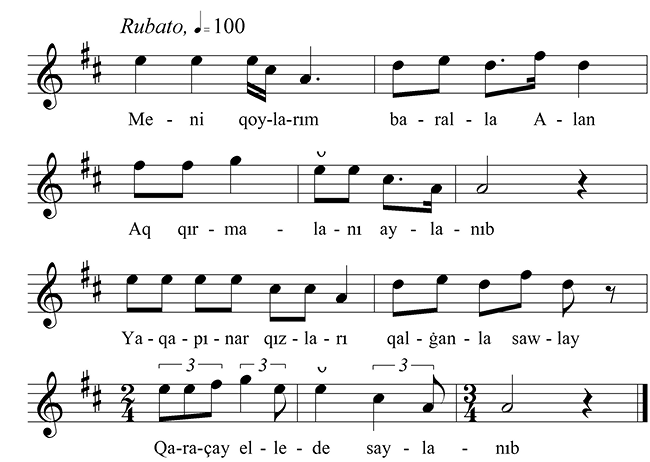
№ 204
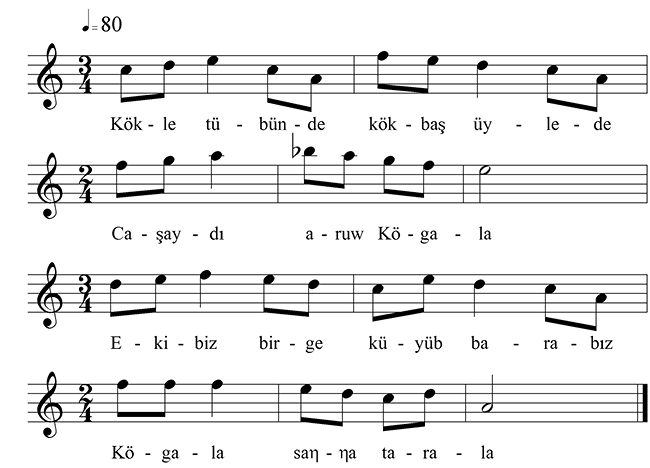
№ 205
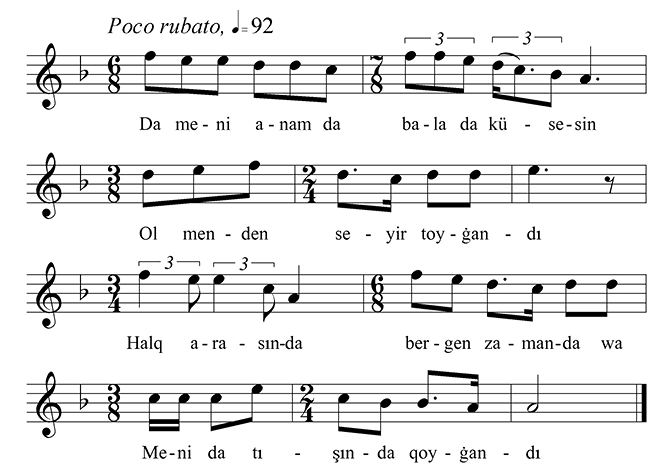
№ 206
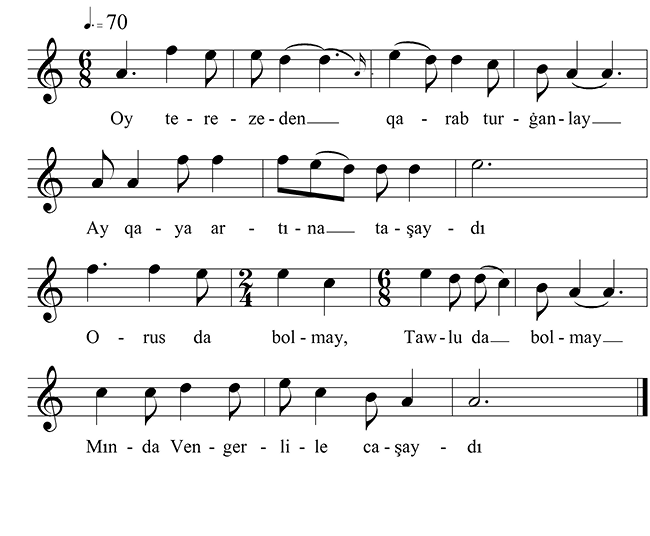
№ 207
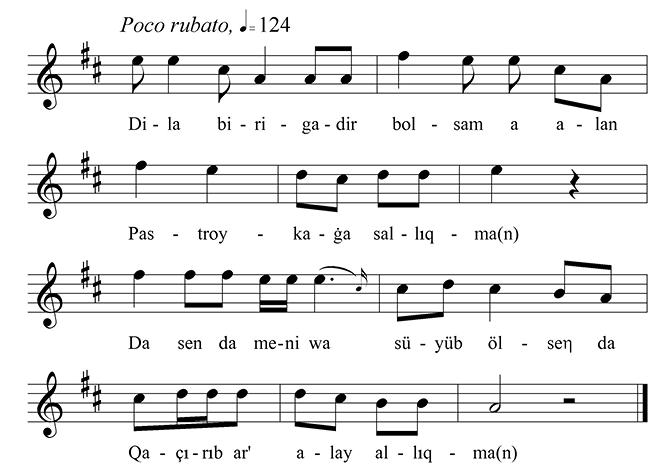
№ 208
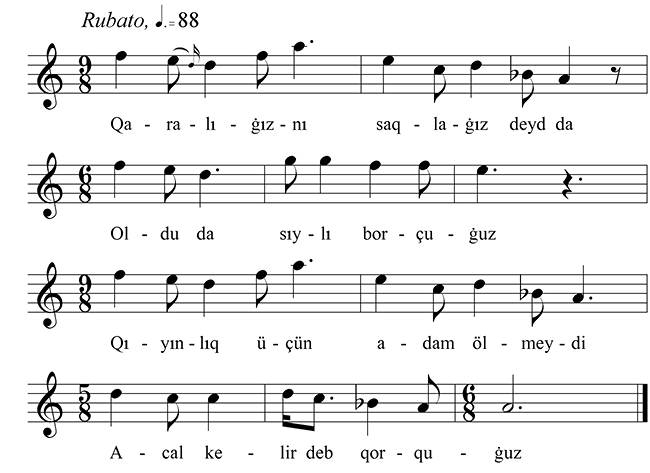
№ 209
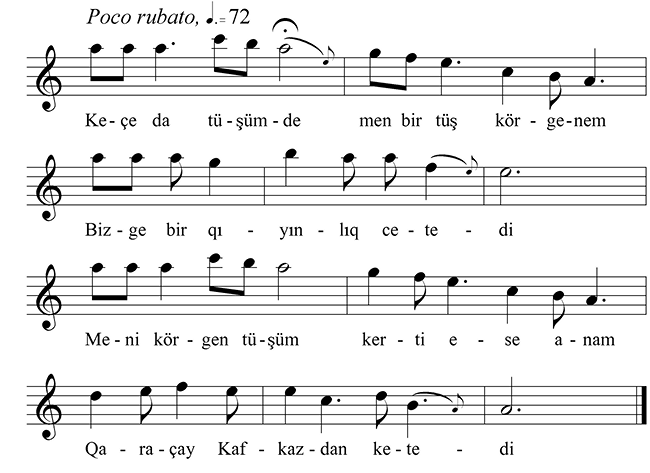
№ 210
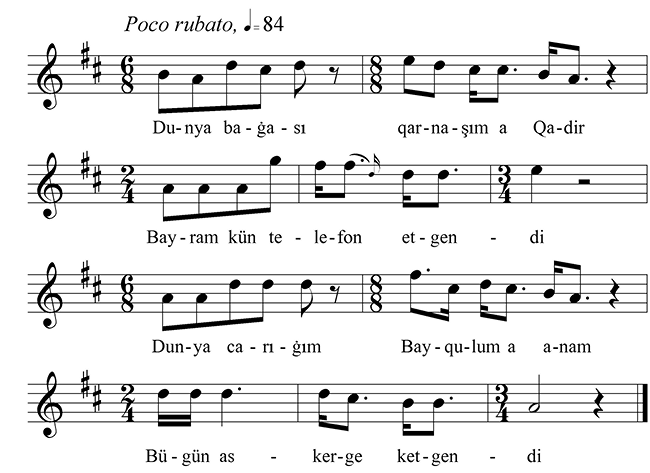
№ 211

№ 212
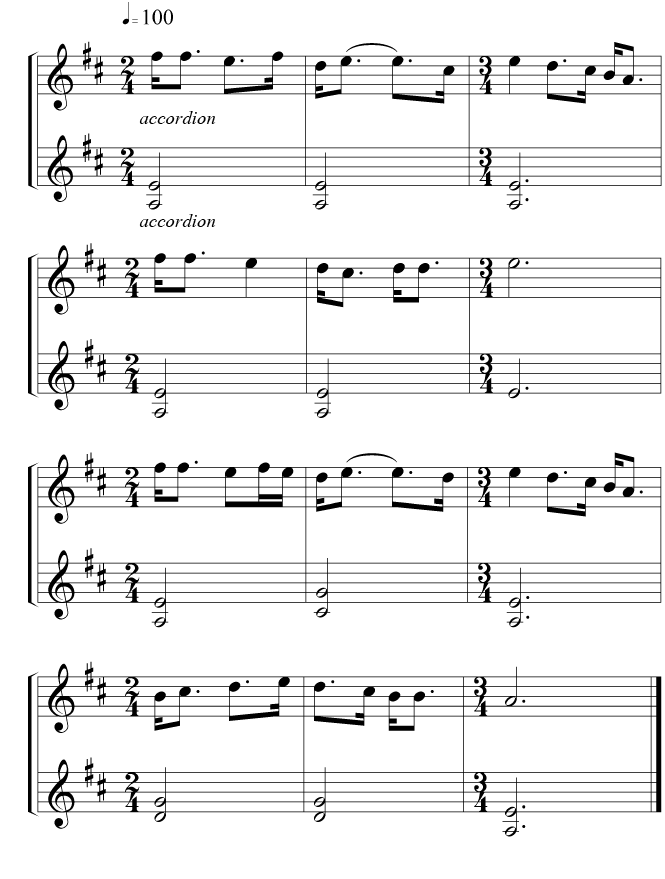
№ 213
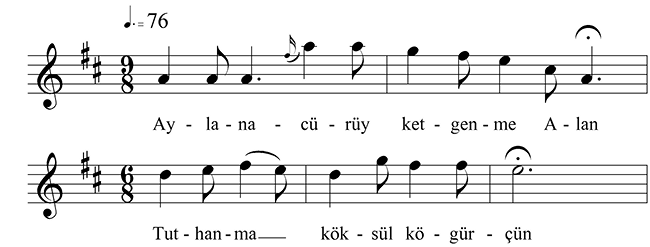
№ 214
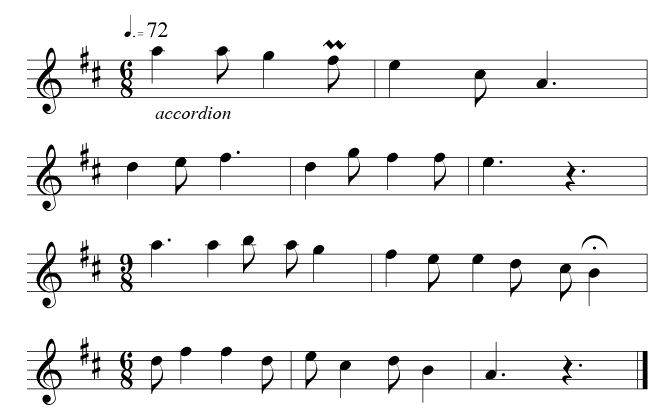
№ 215
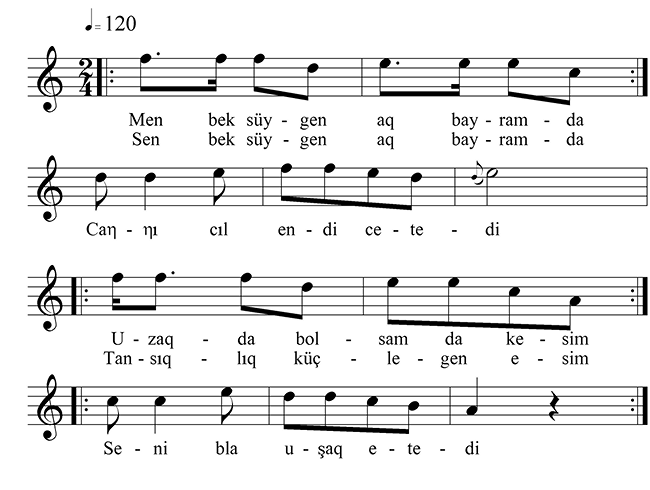
№ 216
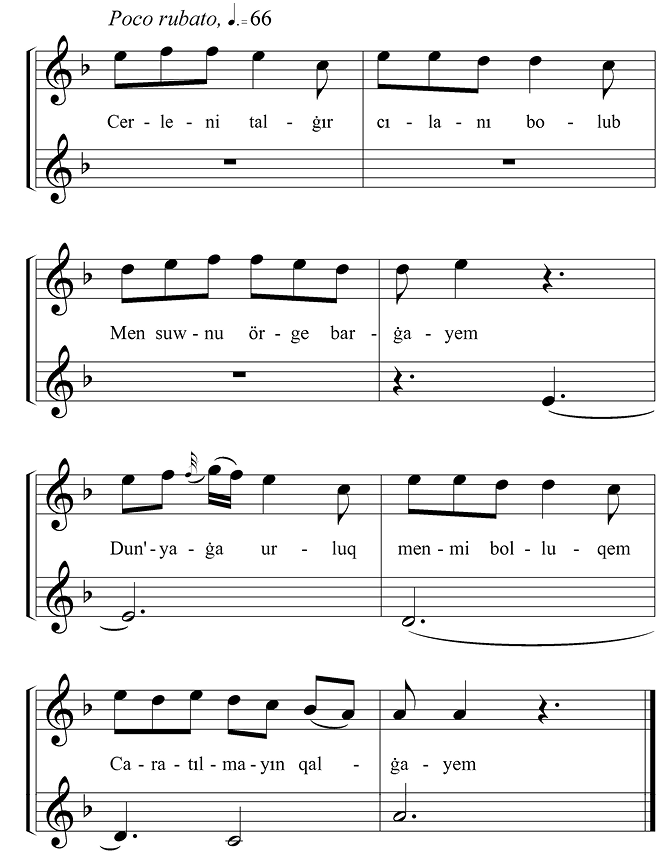
№ 217


№ 218
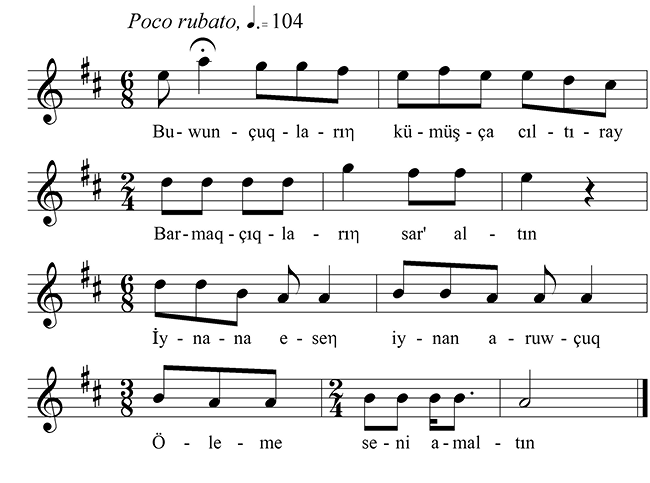
№ 219
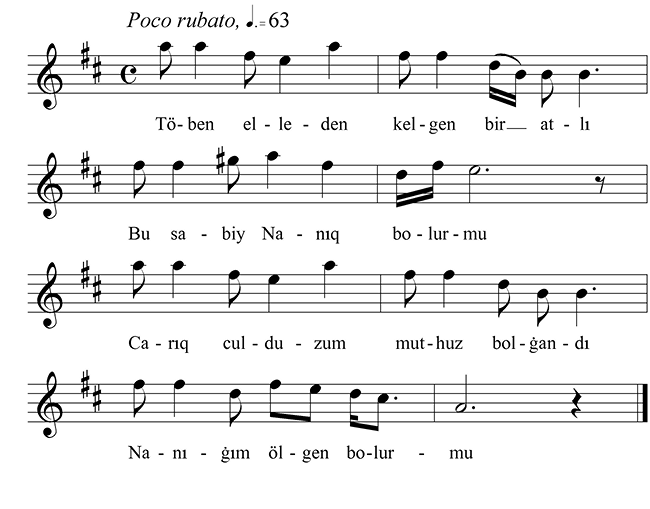
№ 220
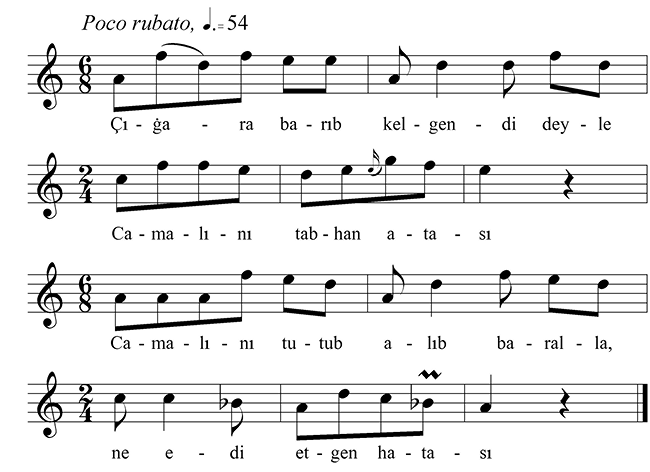
№ 221
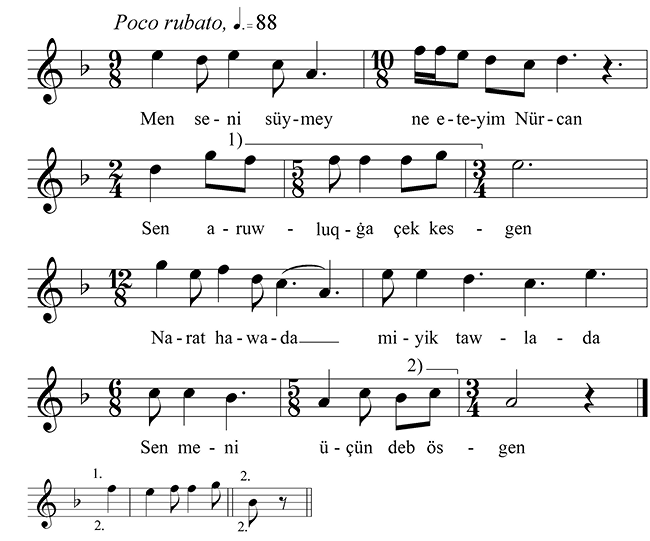
№ 222
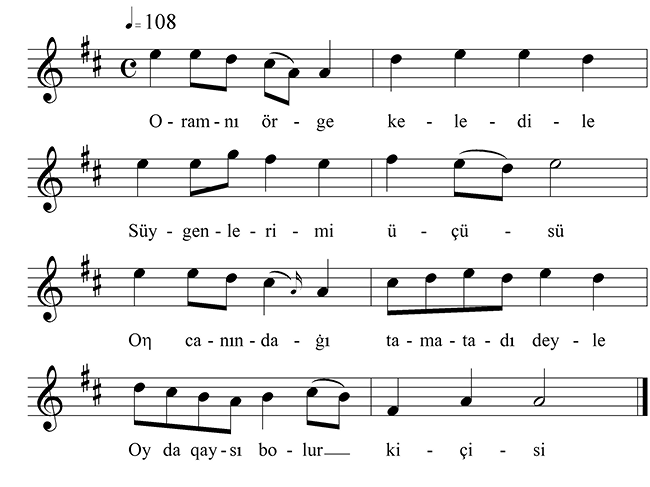
№ 223
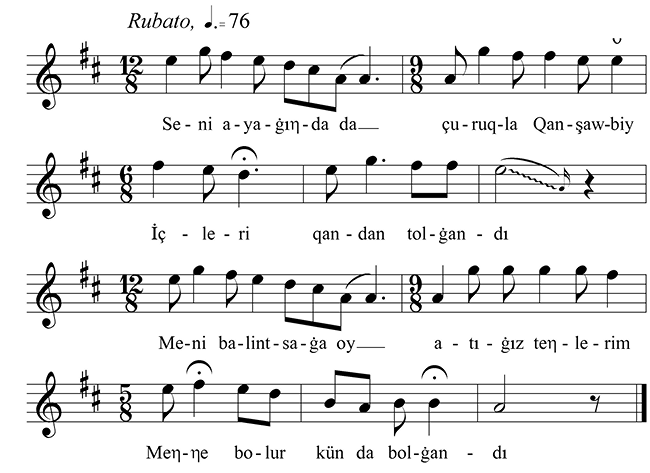
№ 224
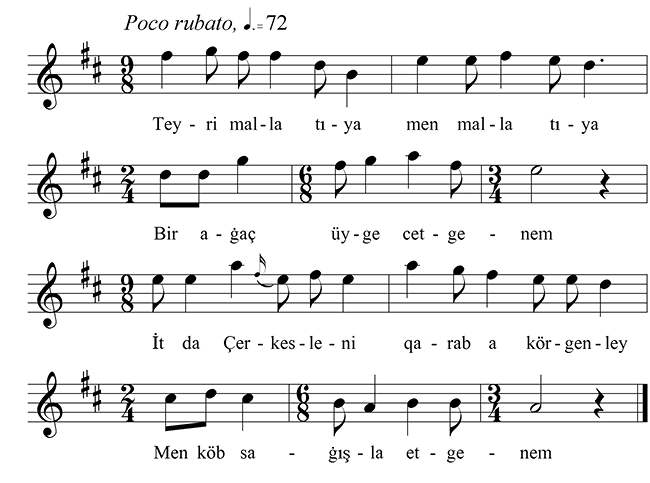
№ 225

№ 226
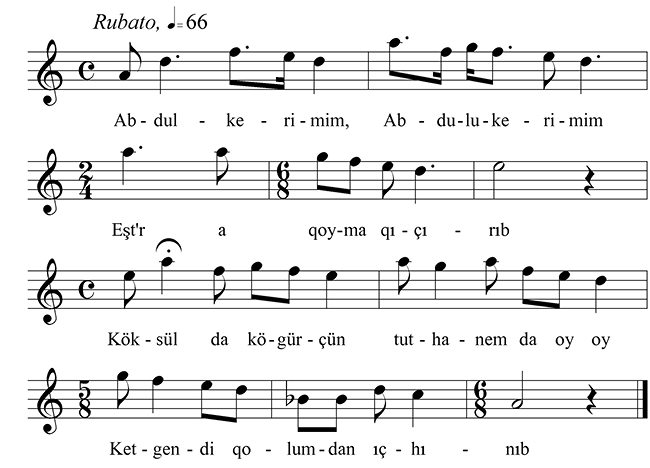
№ 227
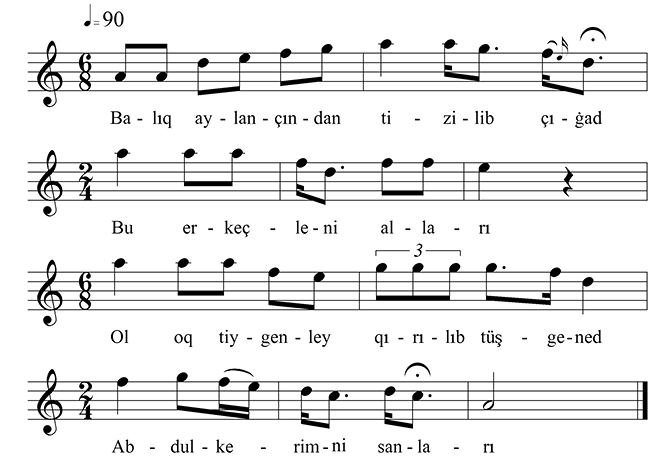
№ 228
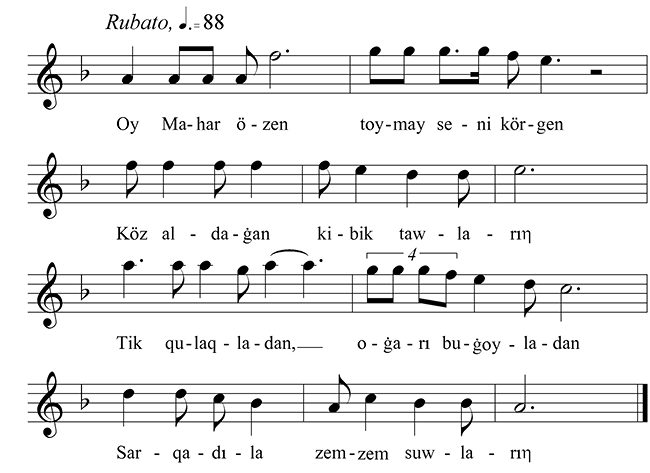
№ 229
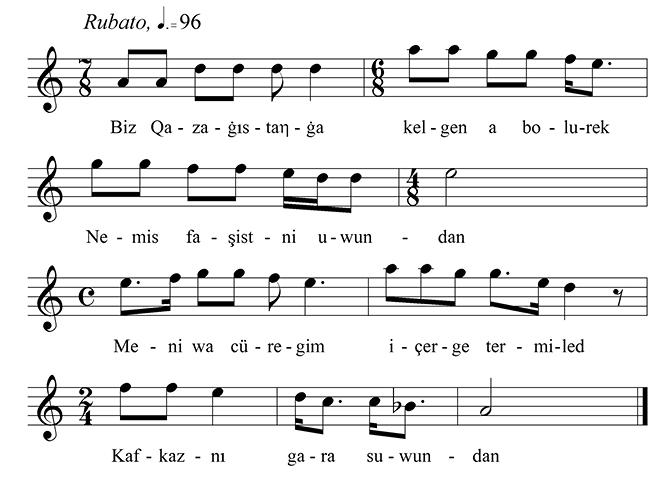
№ 230
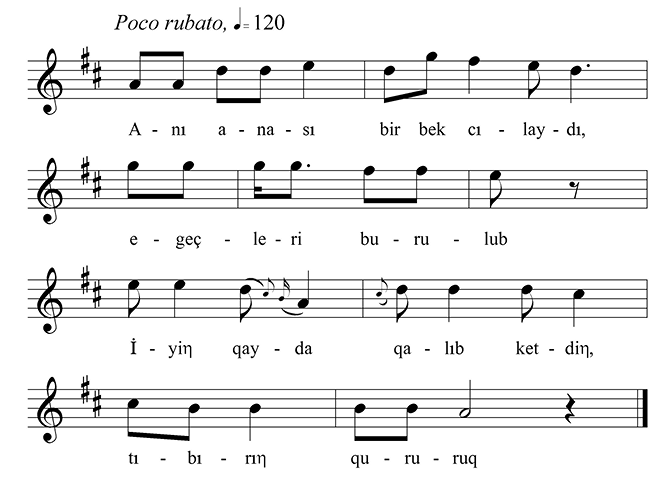
№ 231
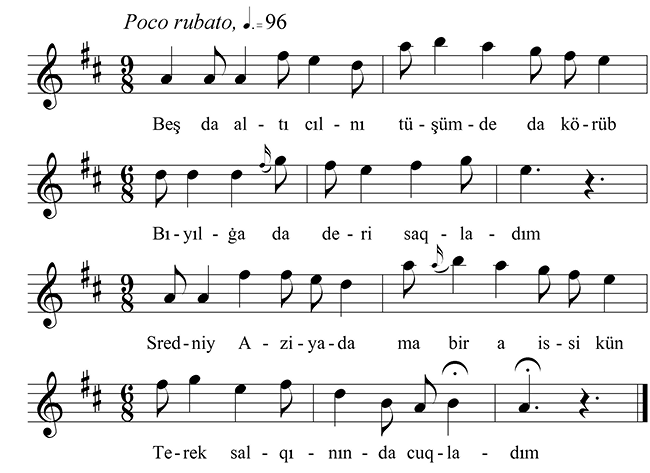
№ 232

№ 233
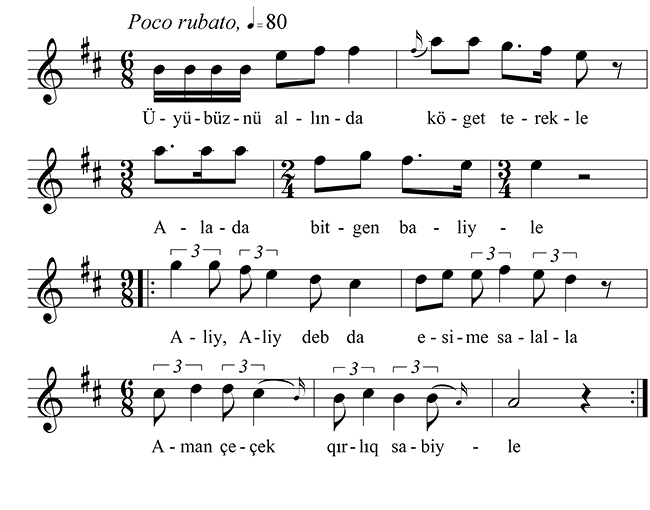
№ 234
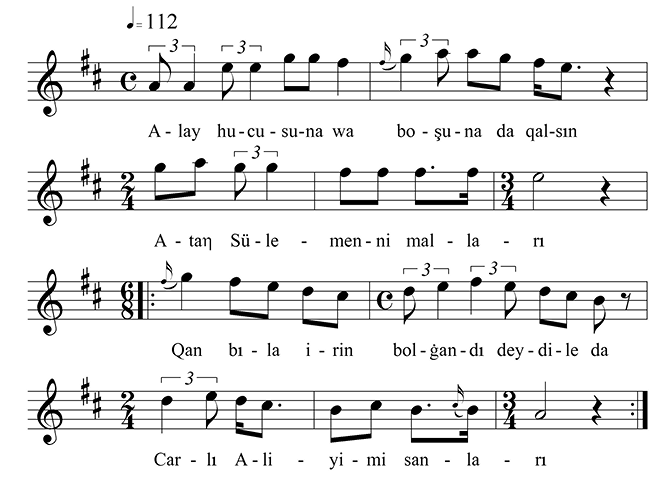
№ 235
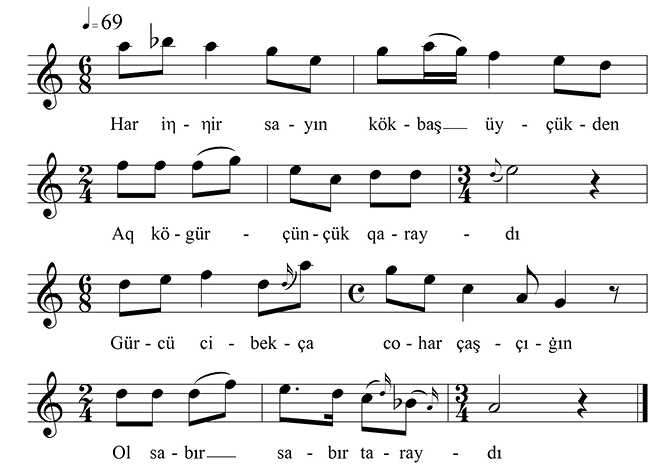
№ 236
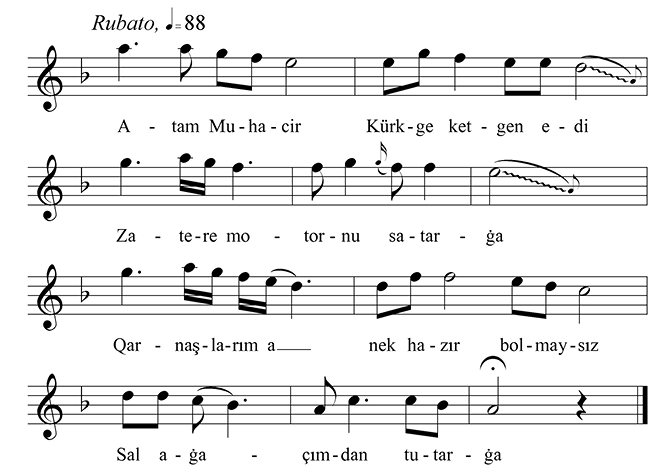
№ 237
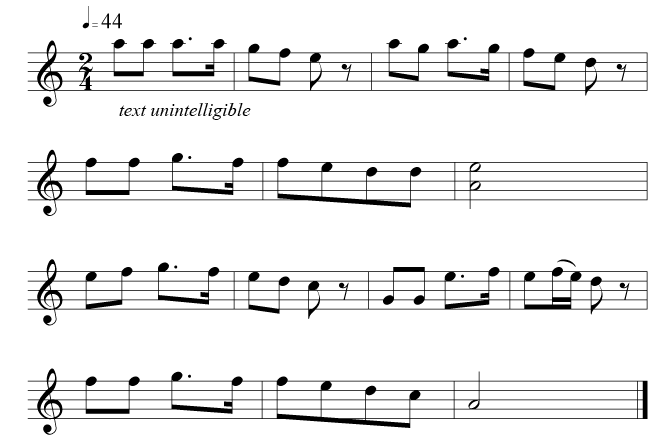
№ 238
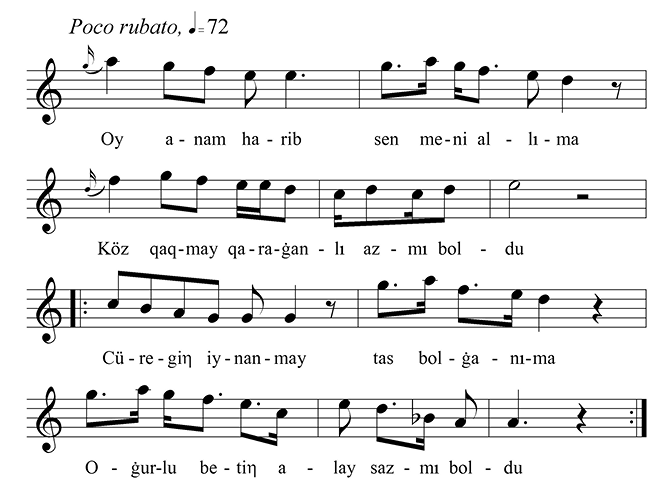
№ 239
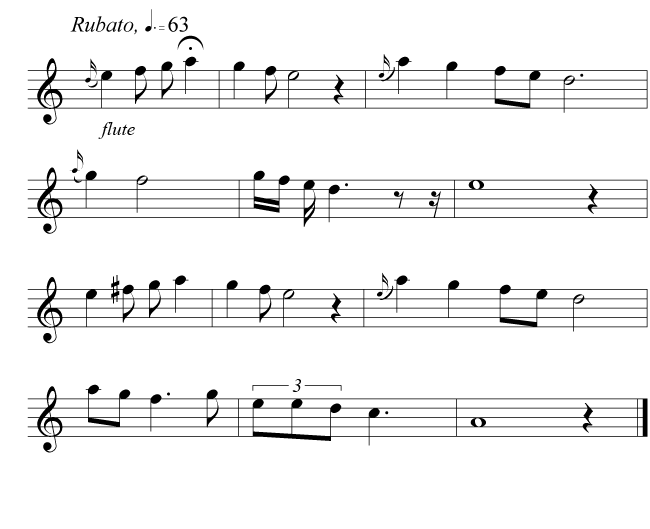
№ 240
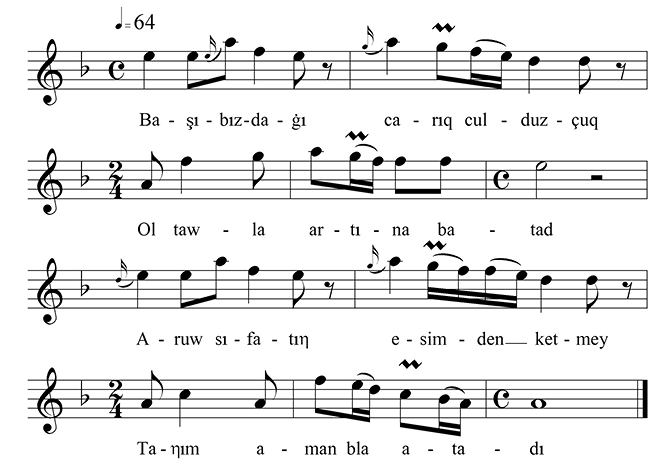
№ 241
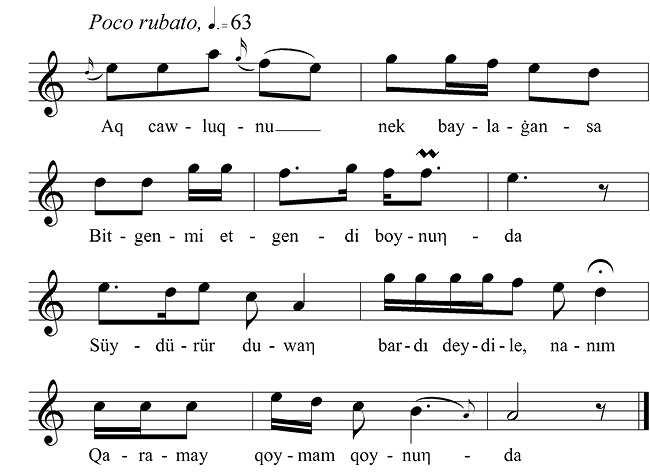
№ 242
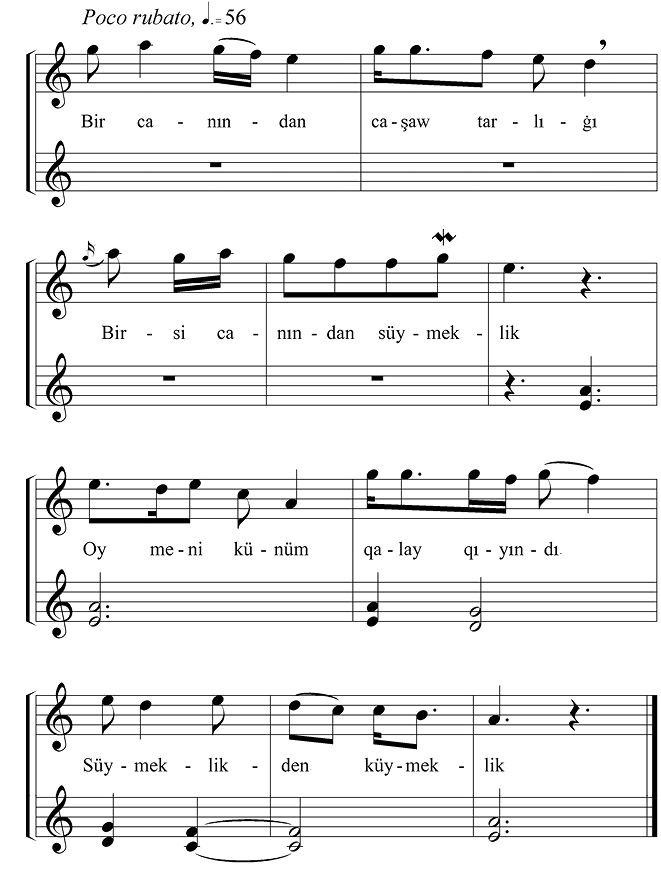
№ 243
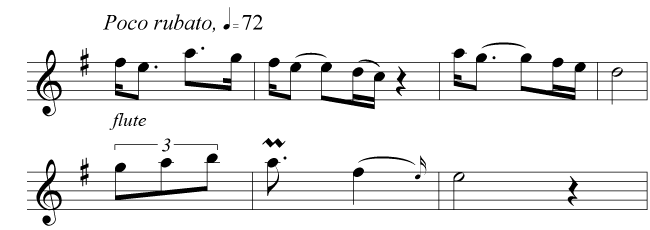
№ 244
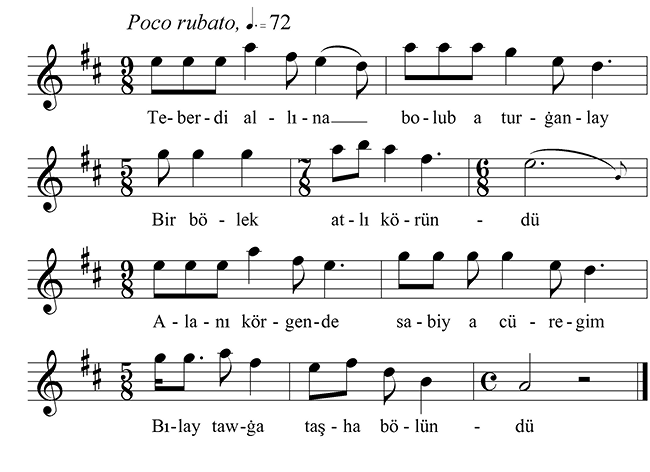
№ 245
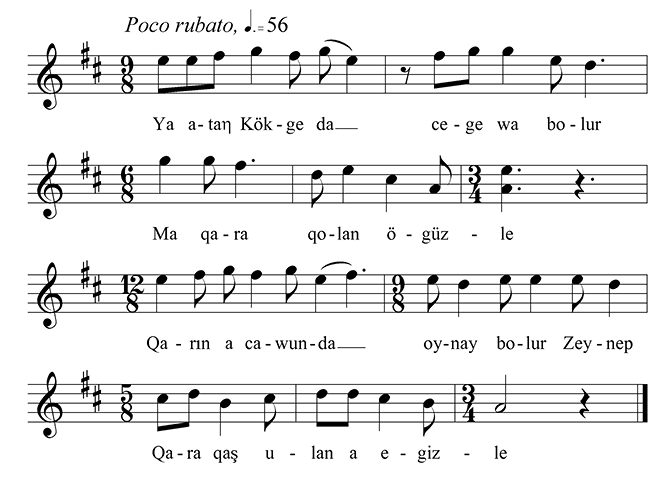
№ 246
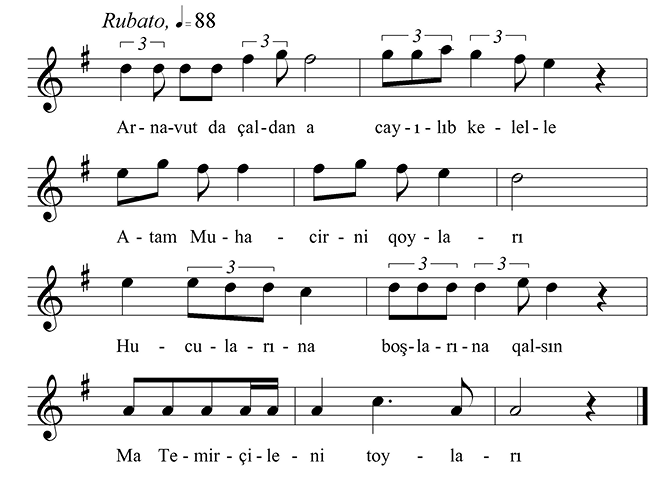
№ 247
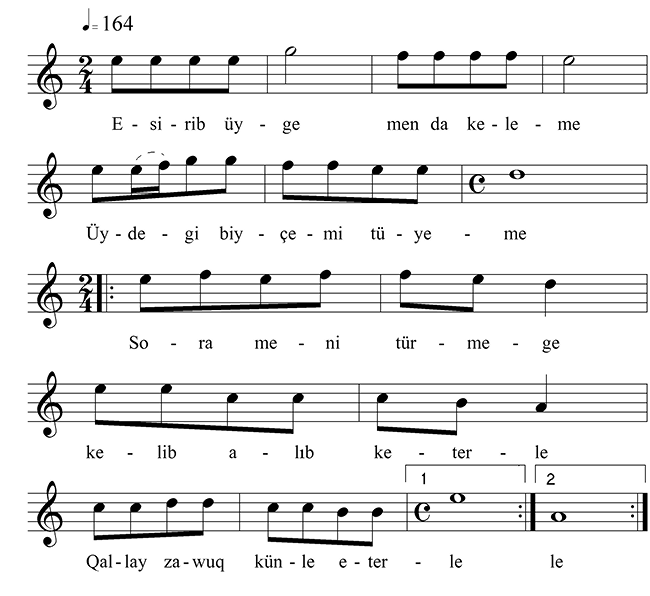
№ 248
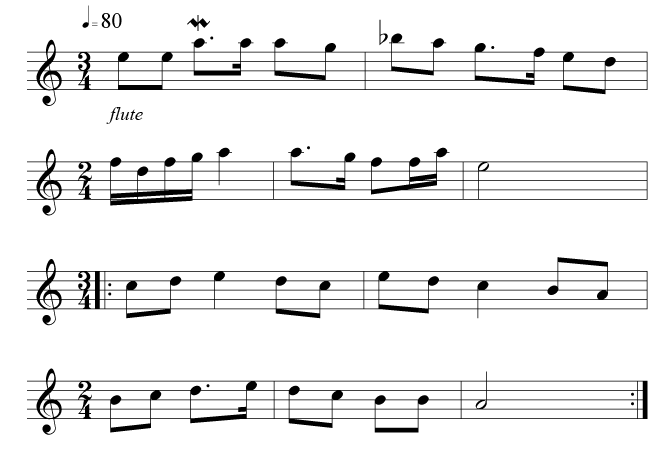
№ 249
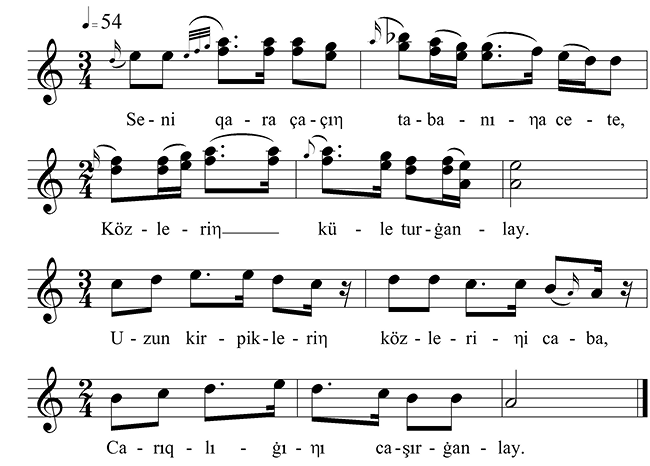
№ 250
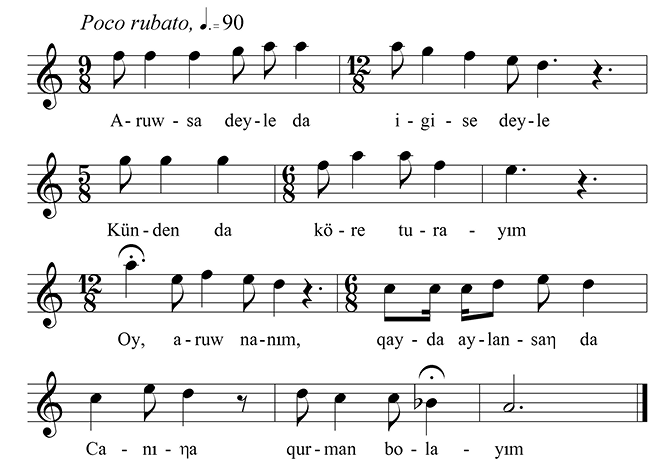
№ 251
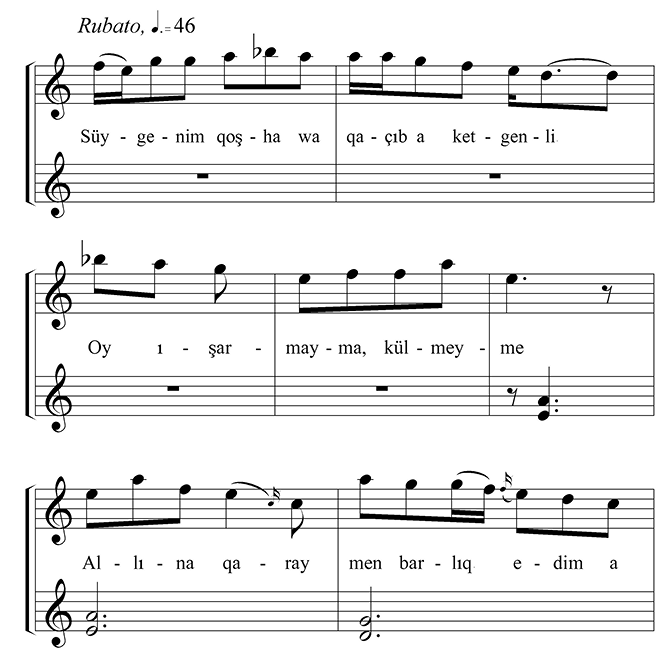

№ 252
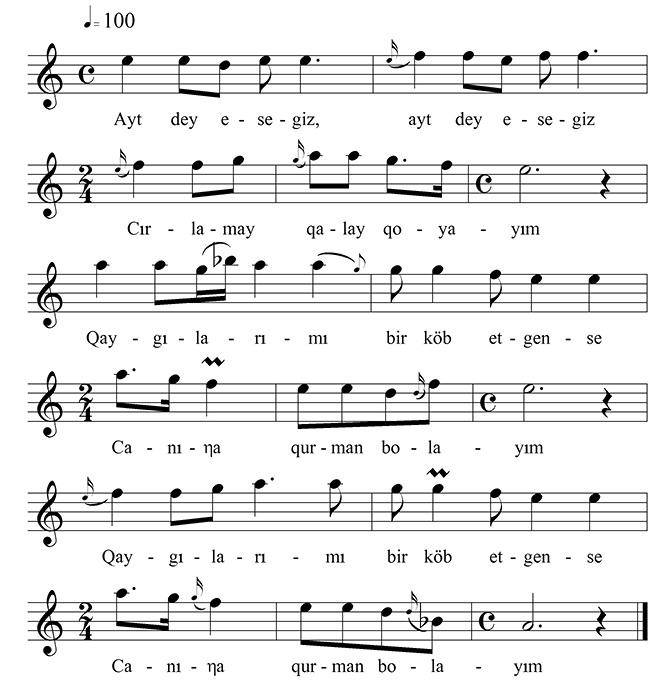
№ 253
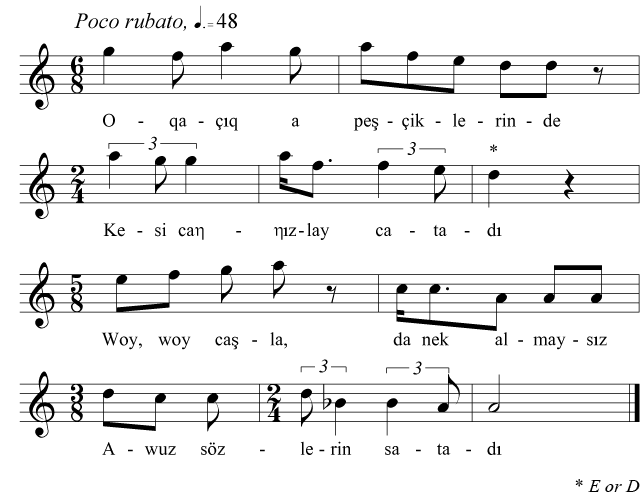
№ 254
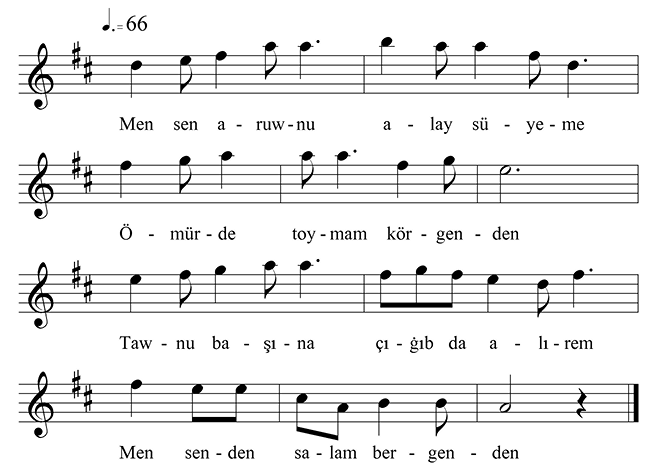
№ 255

№ 256
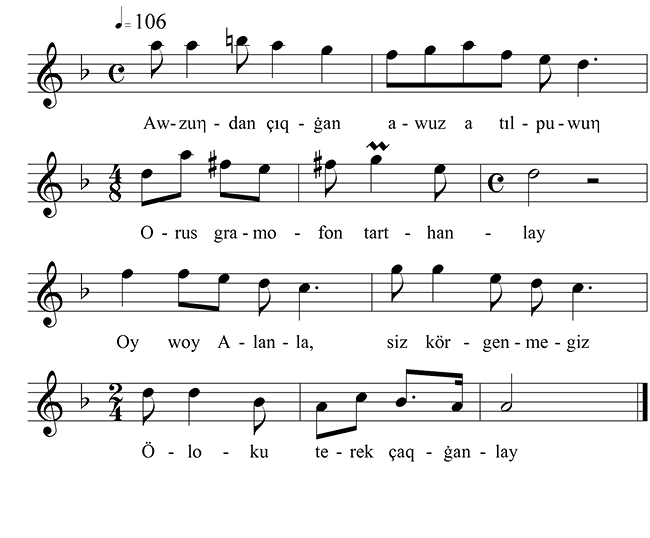
№ 257
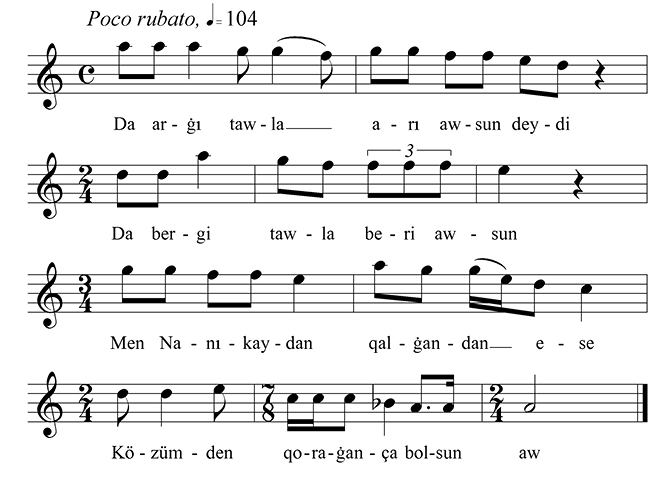
№ 258
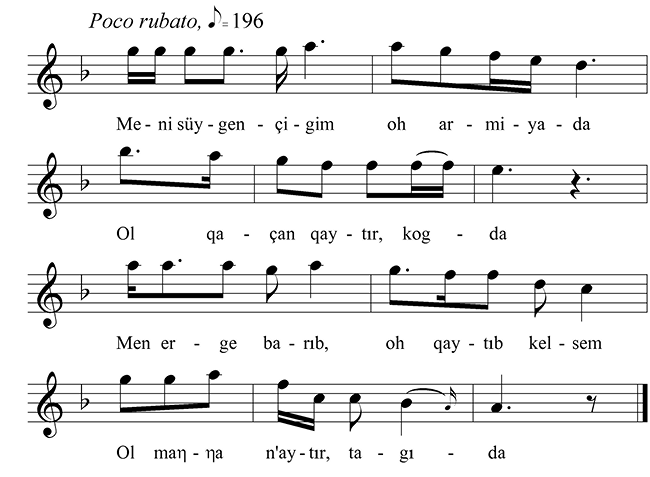
№ 259
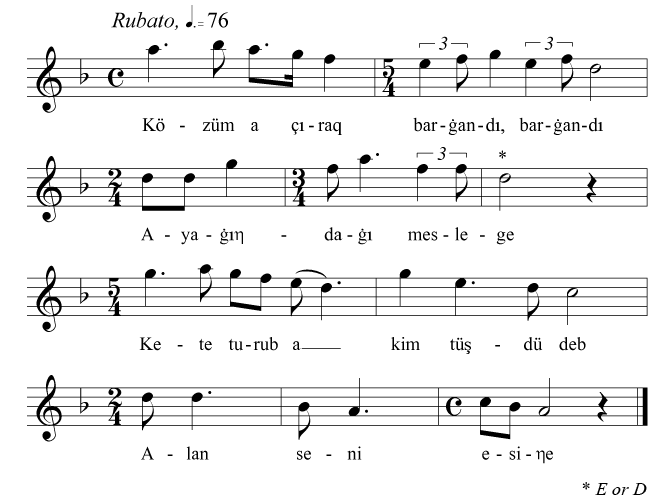
№ 260
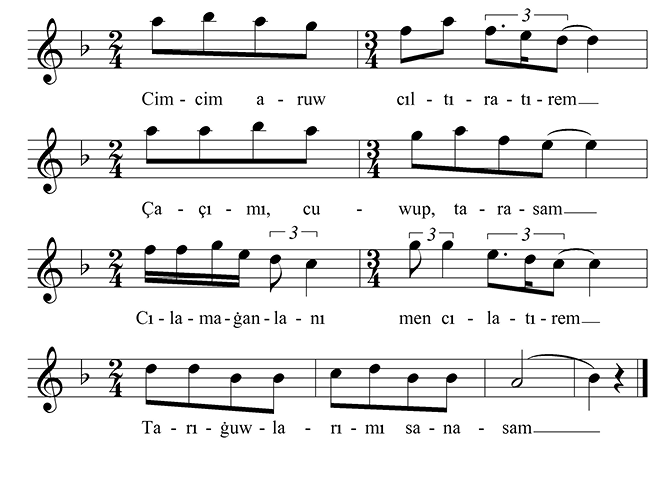
№ 261
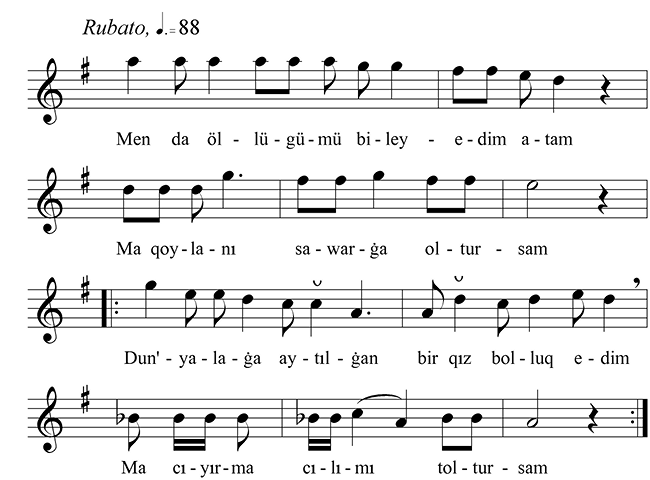
№ 262
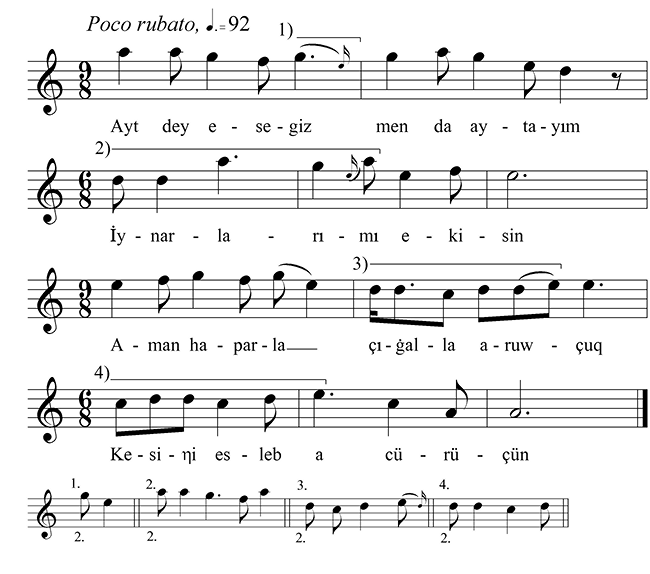
№ 263
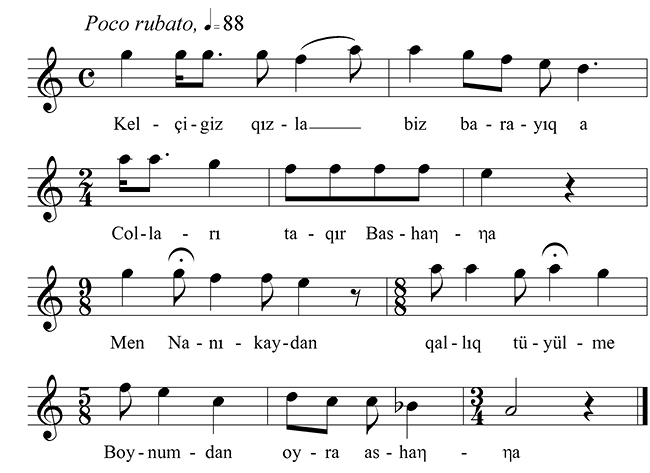
№ 264
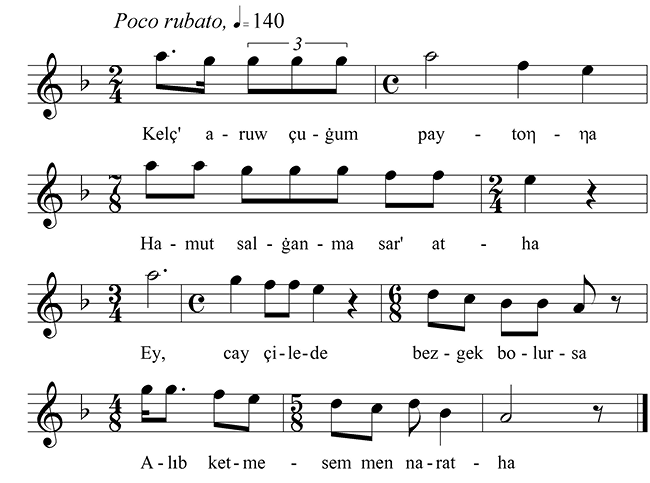
№ 265
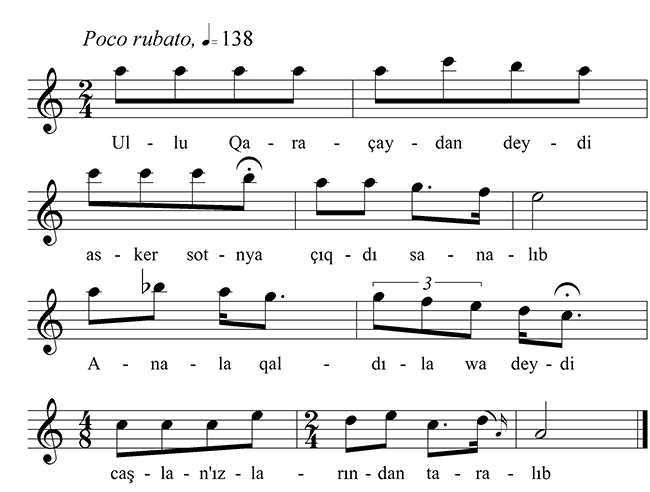
№ 266
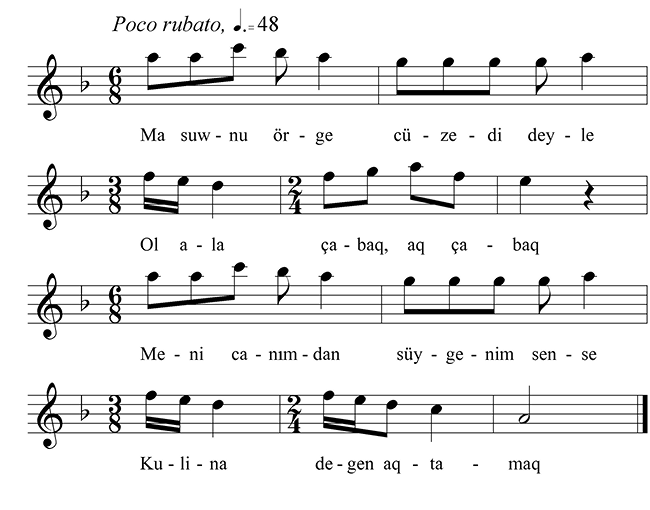
№ 267
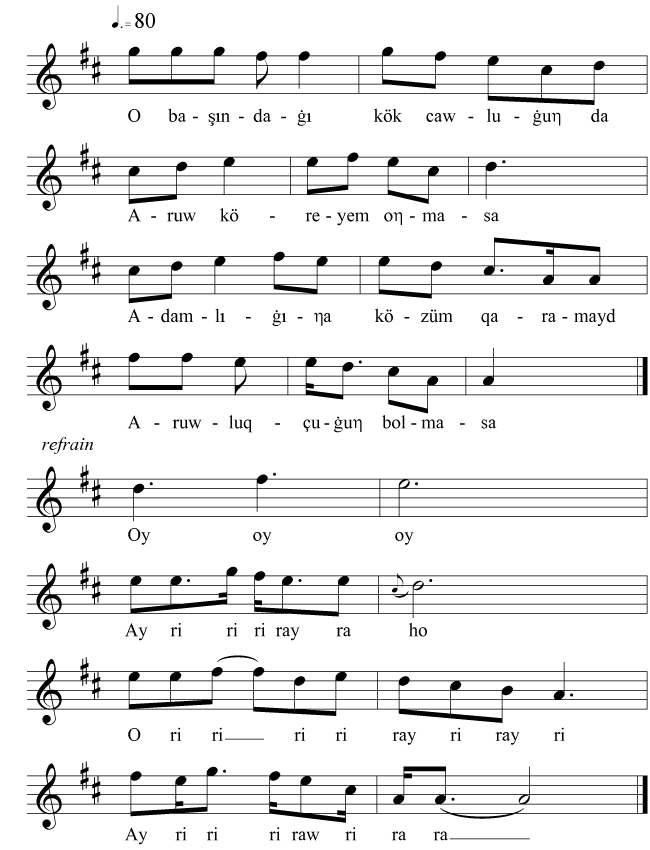
№ 268

№ 269
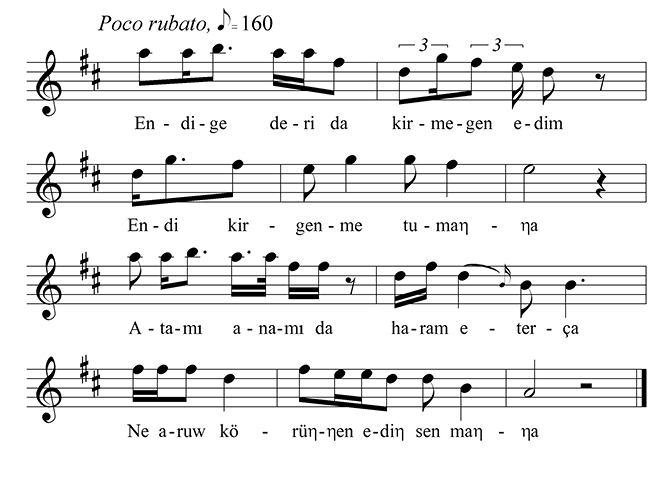
№ 270
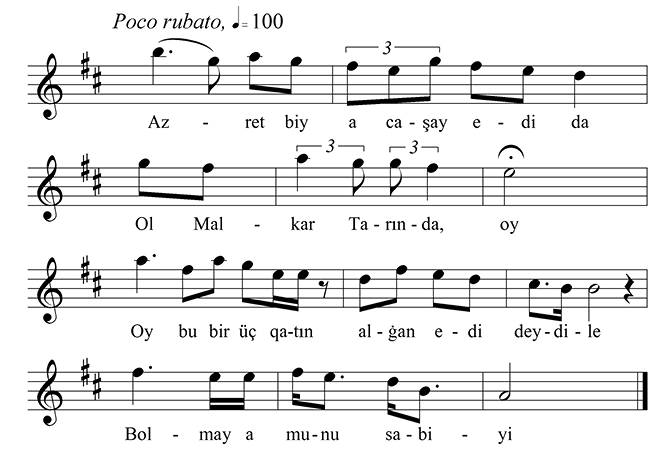
№ 271
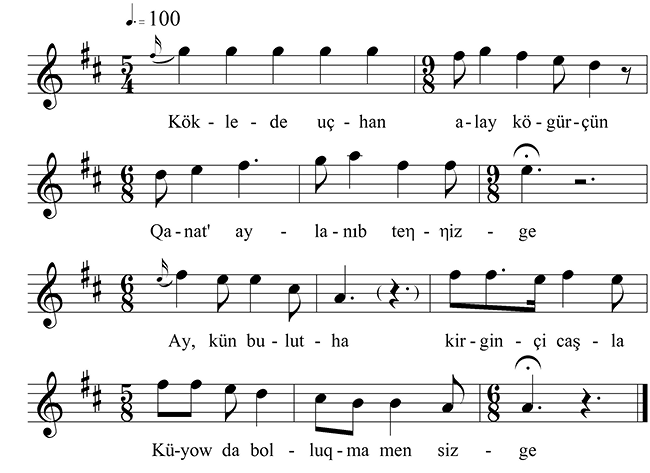
№ 272
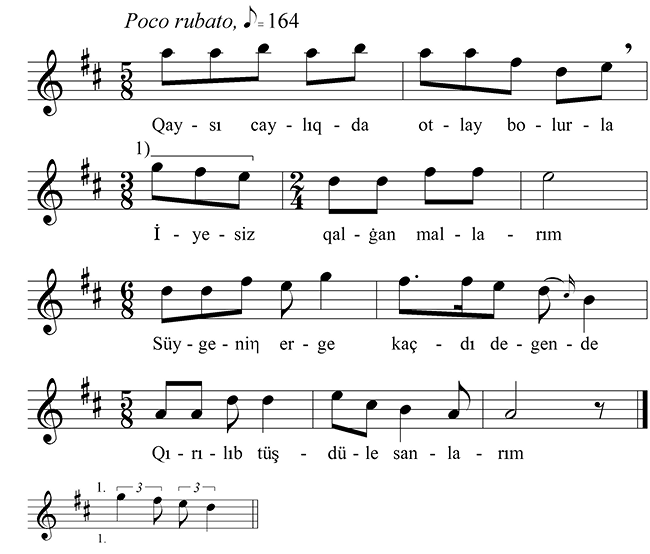
№ 273
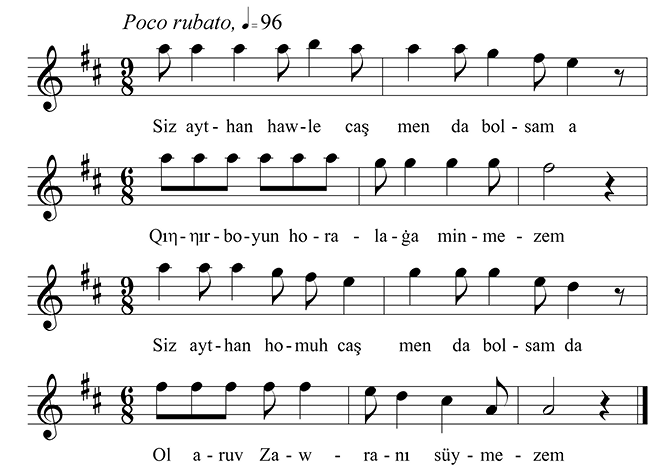
№ 274
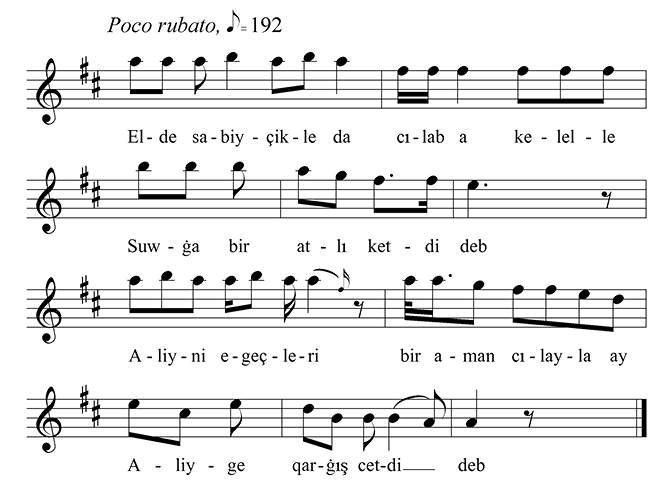
№ 275
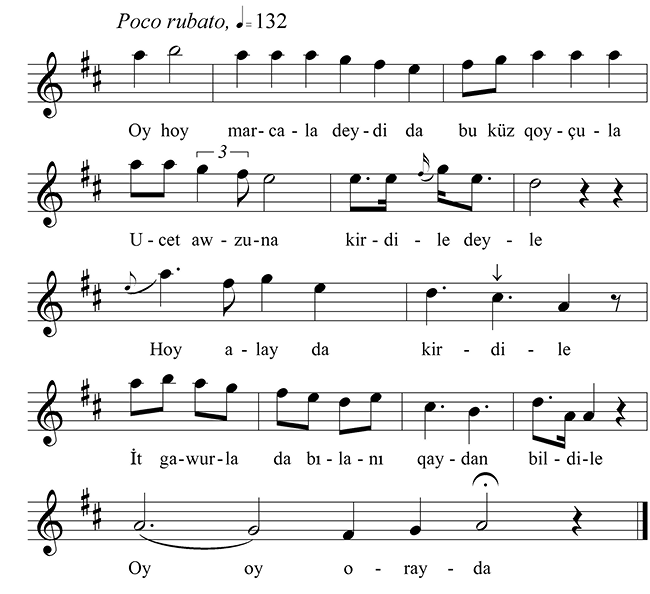
№ 276

№ 277
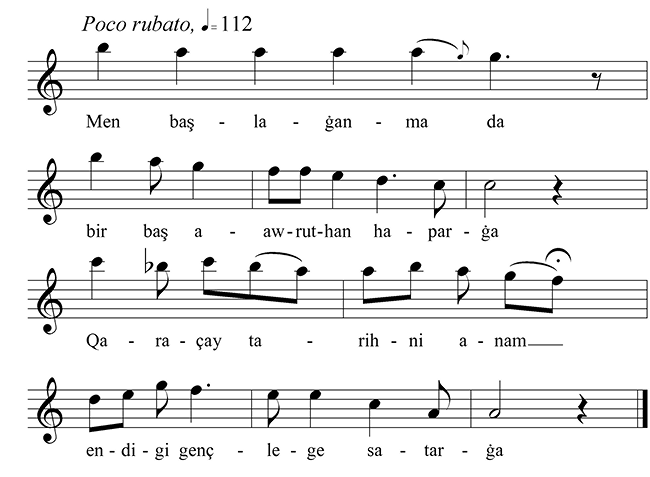
№ 278
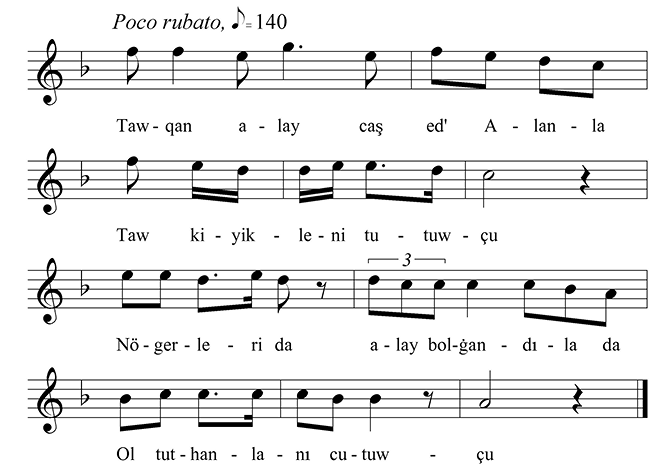
Class 13: Four long lines with arched (domed) structure (№ 279–287)
№ 279

№ 280
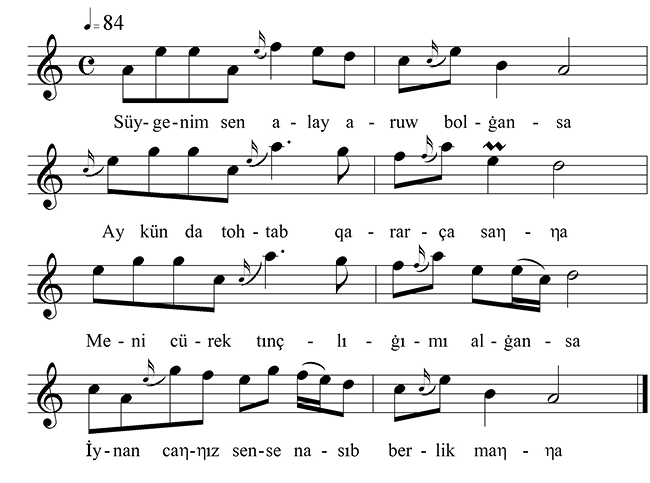
№ 281
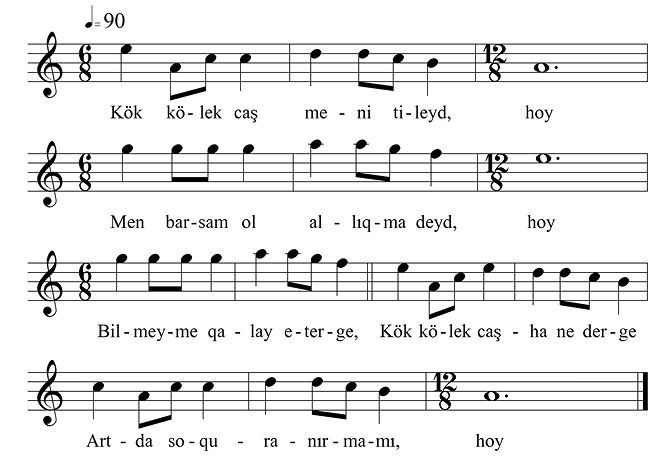
№ 282
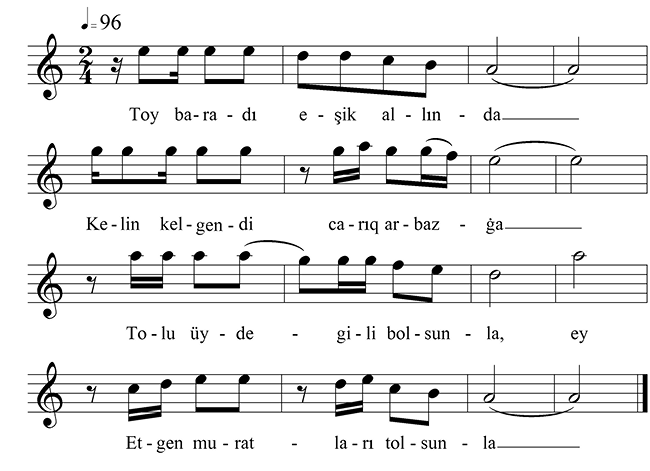
№ 283
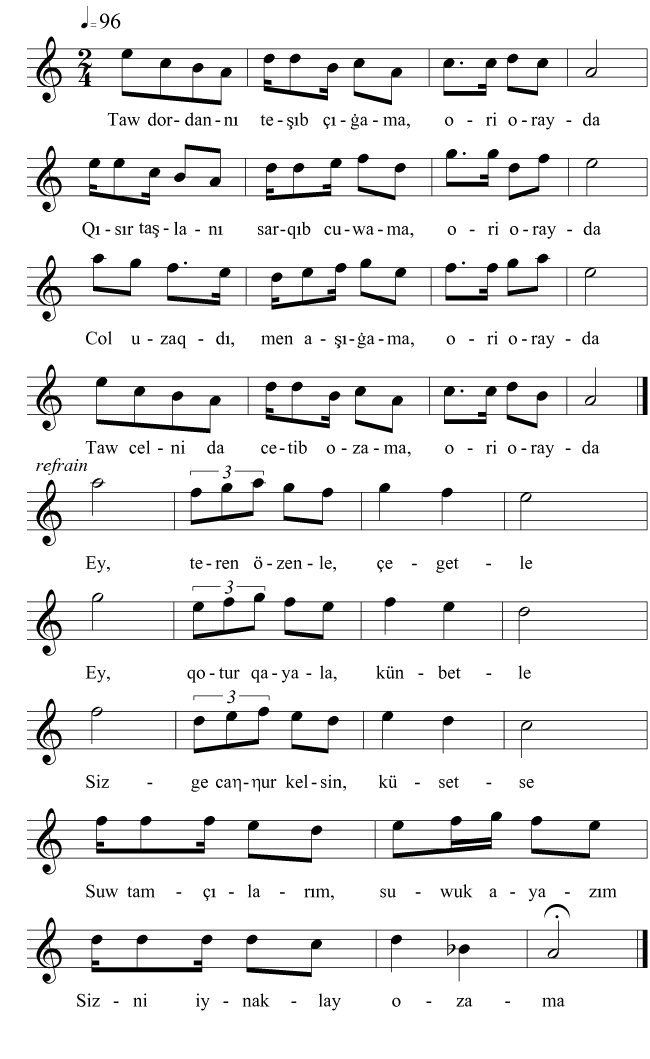
№ 284
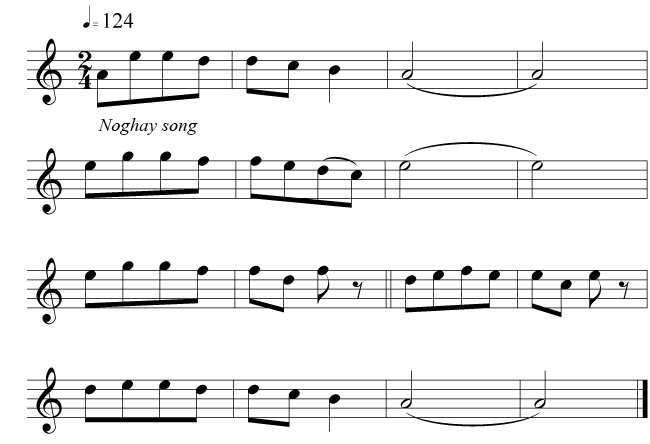
№ 285
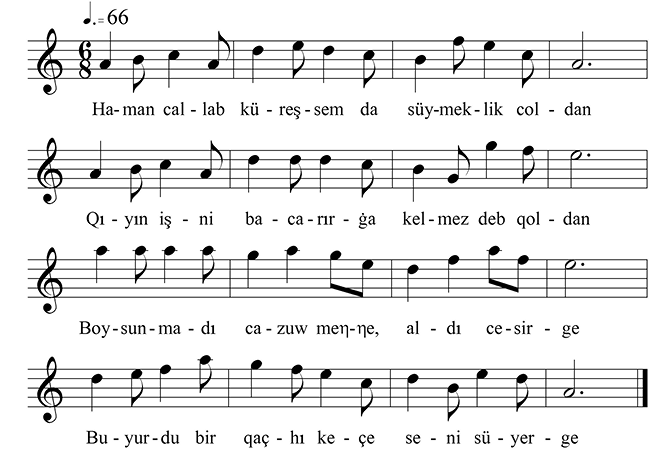
№ 286
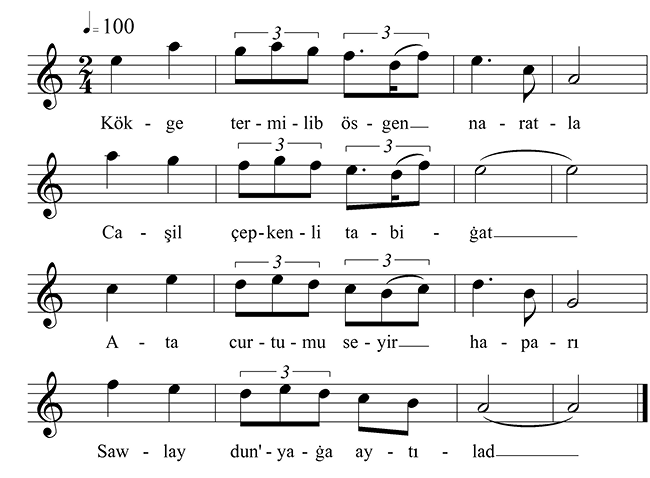
№ 287
